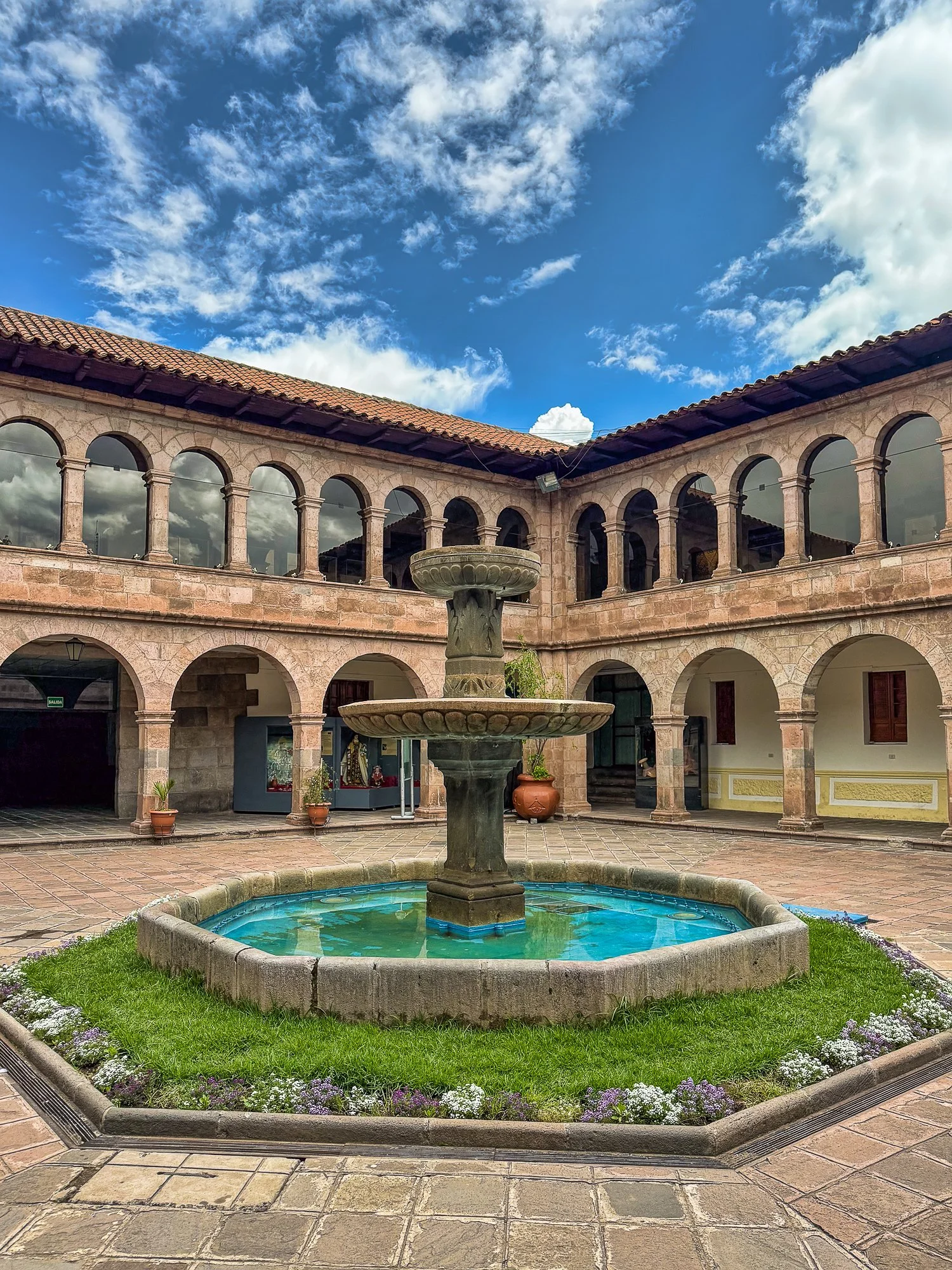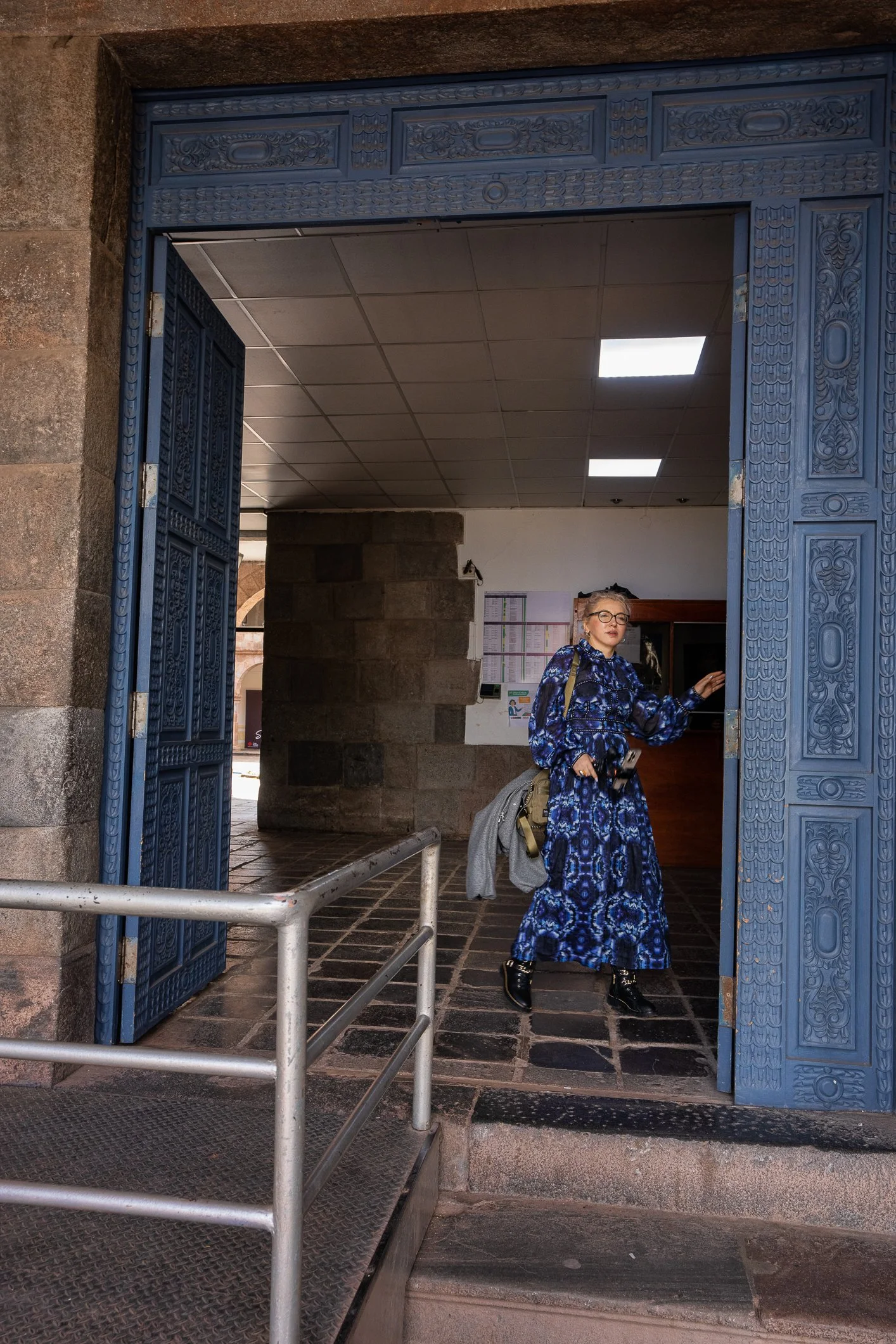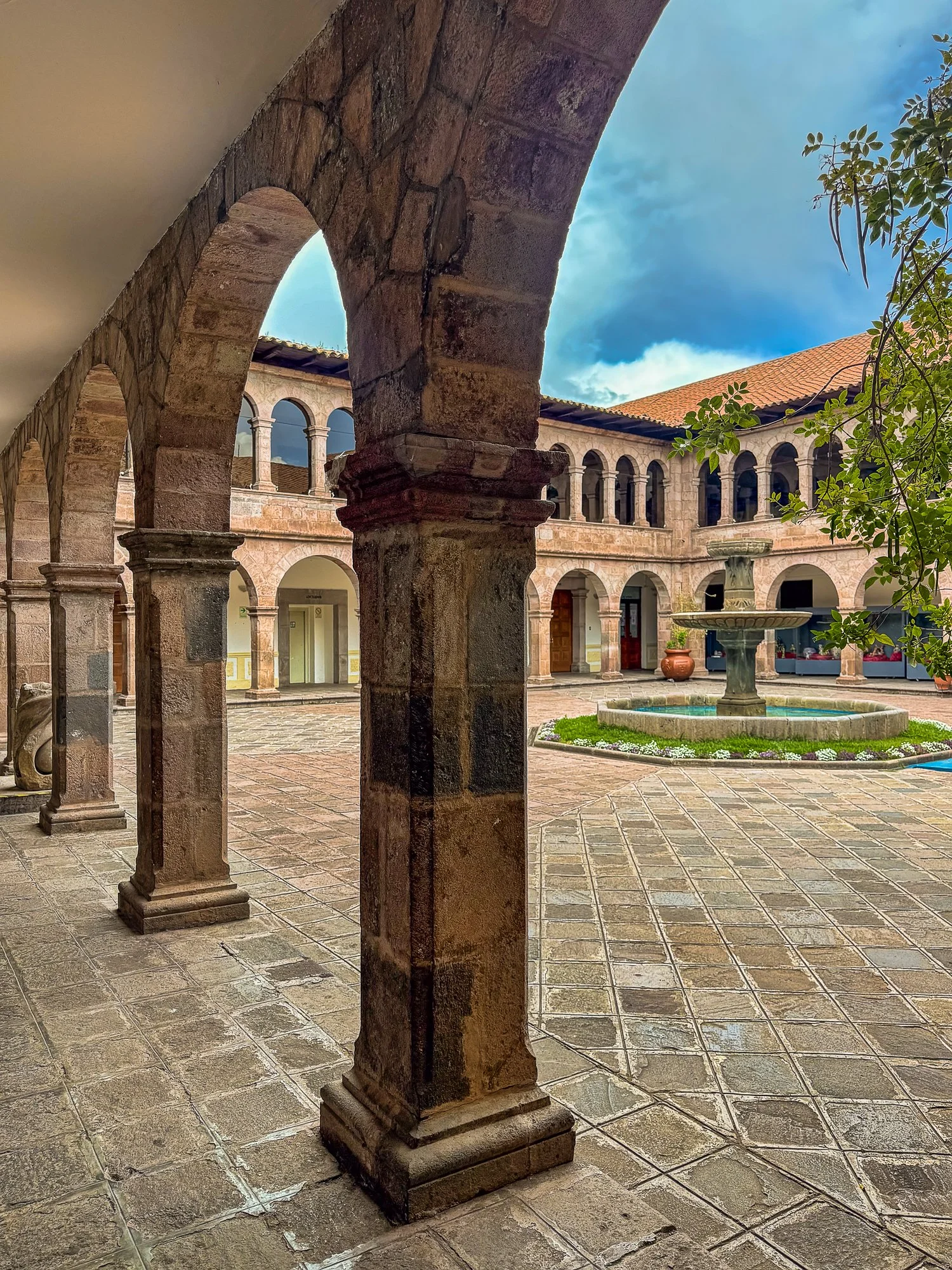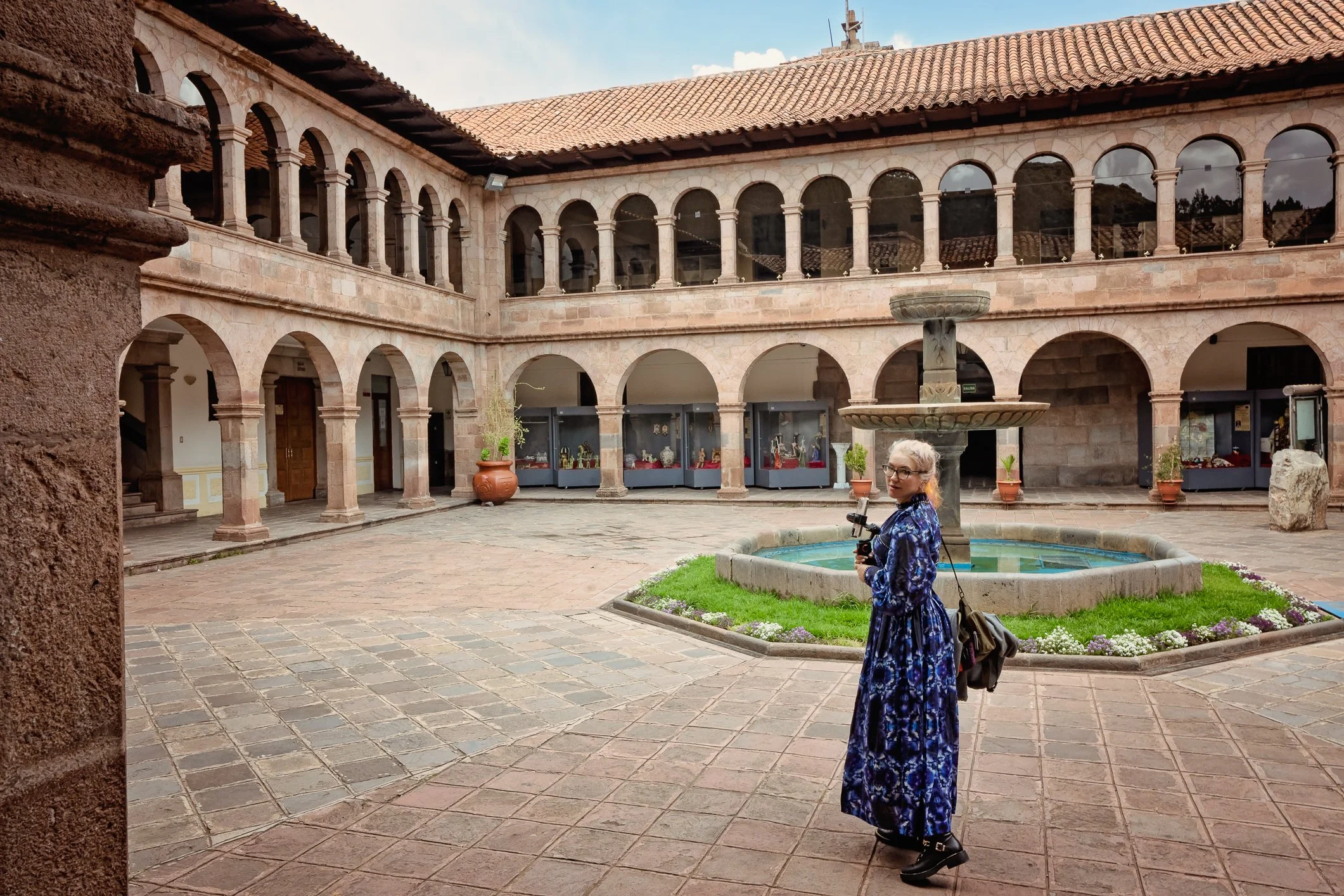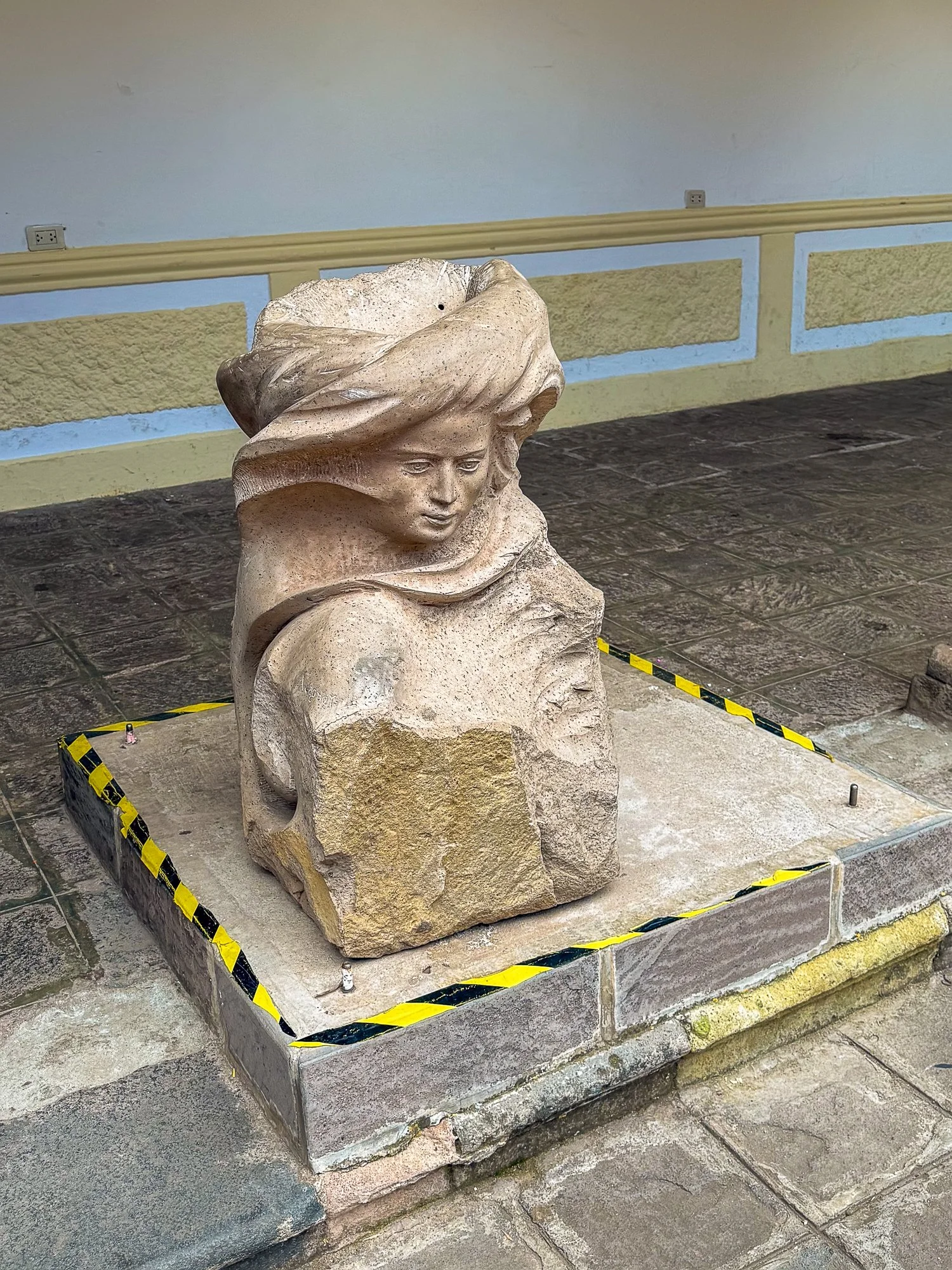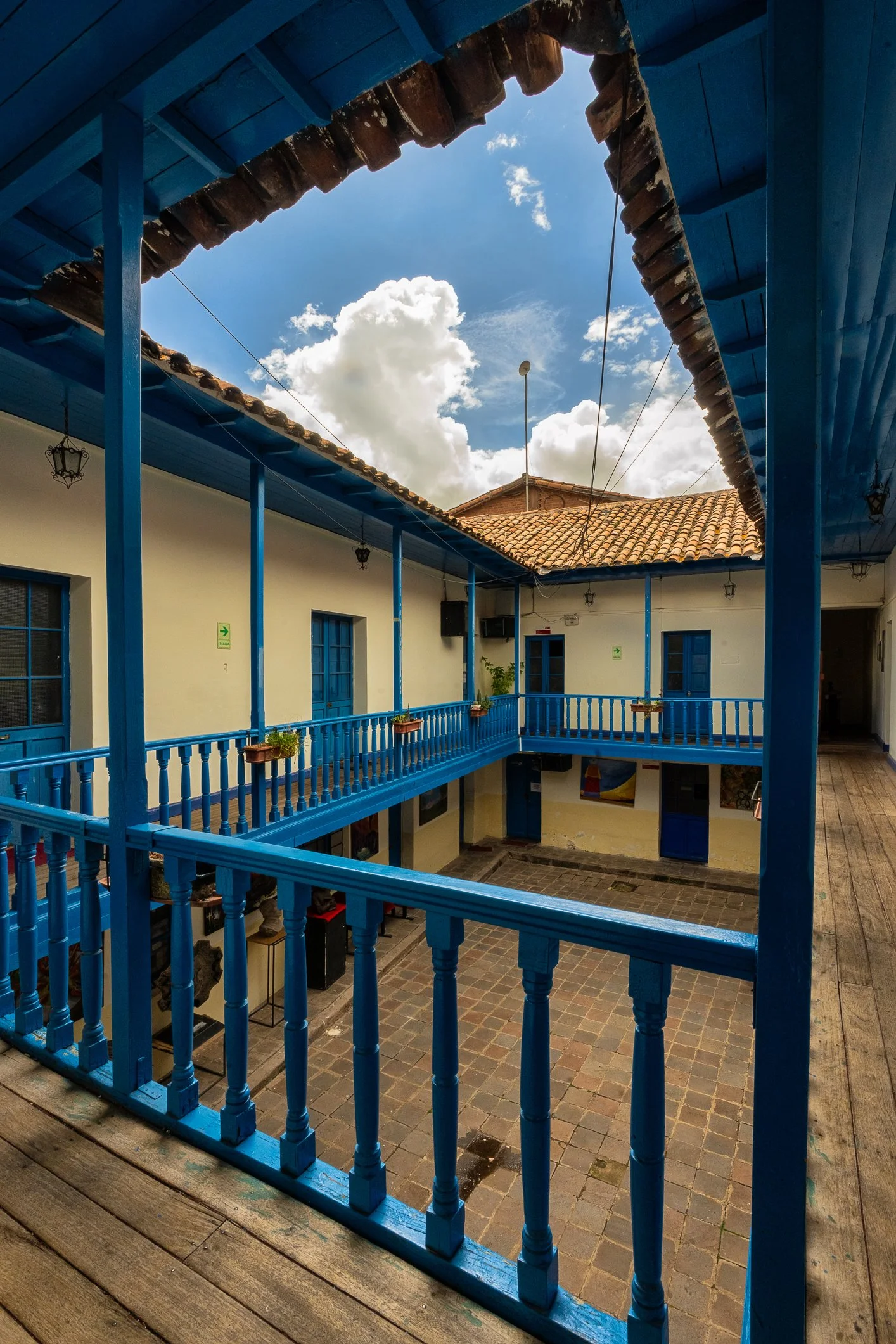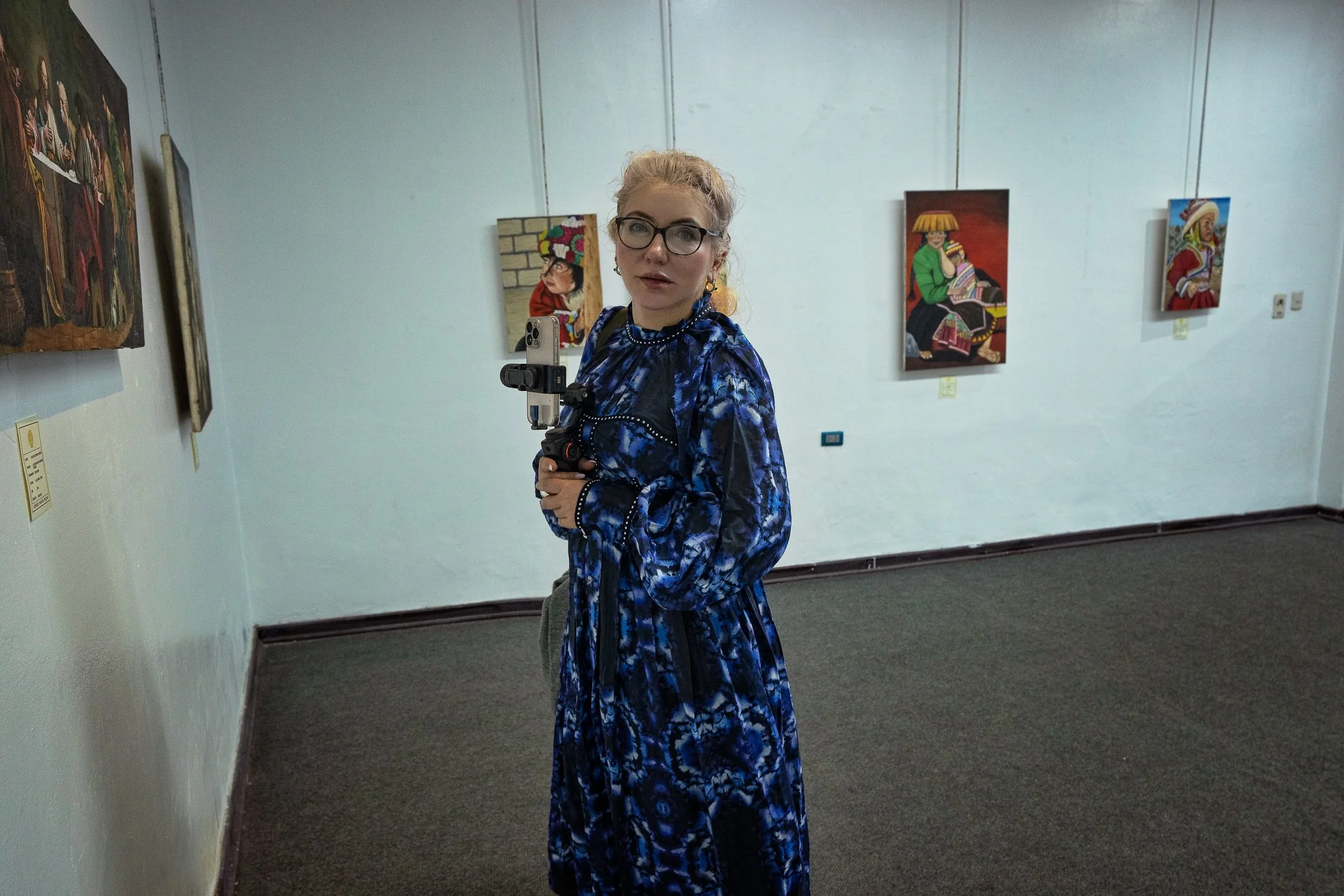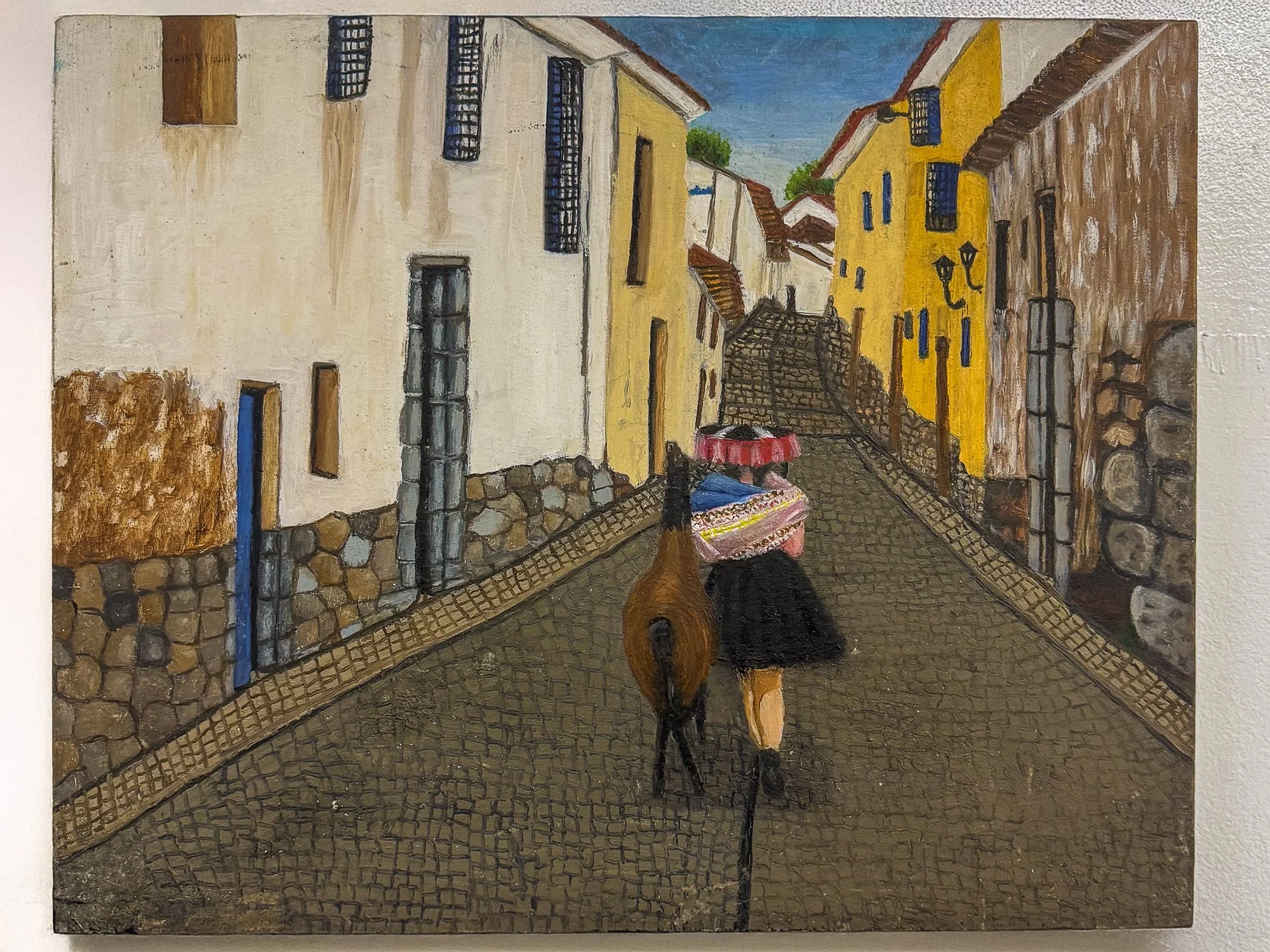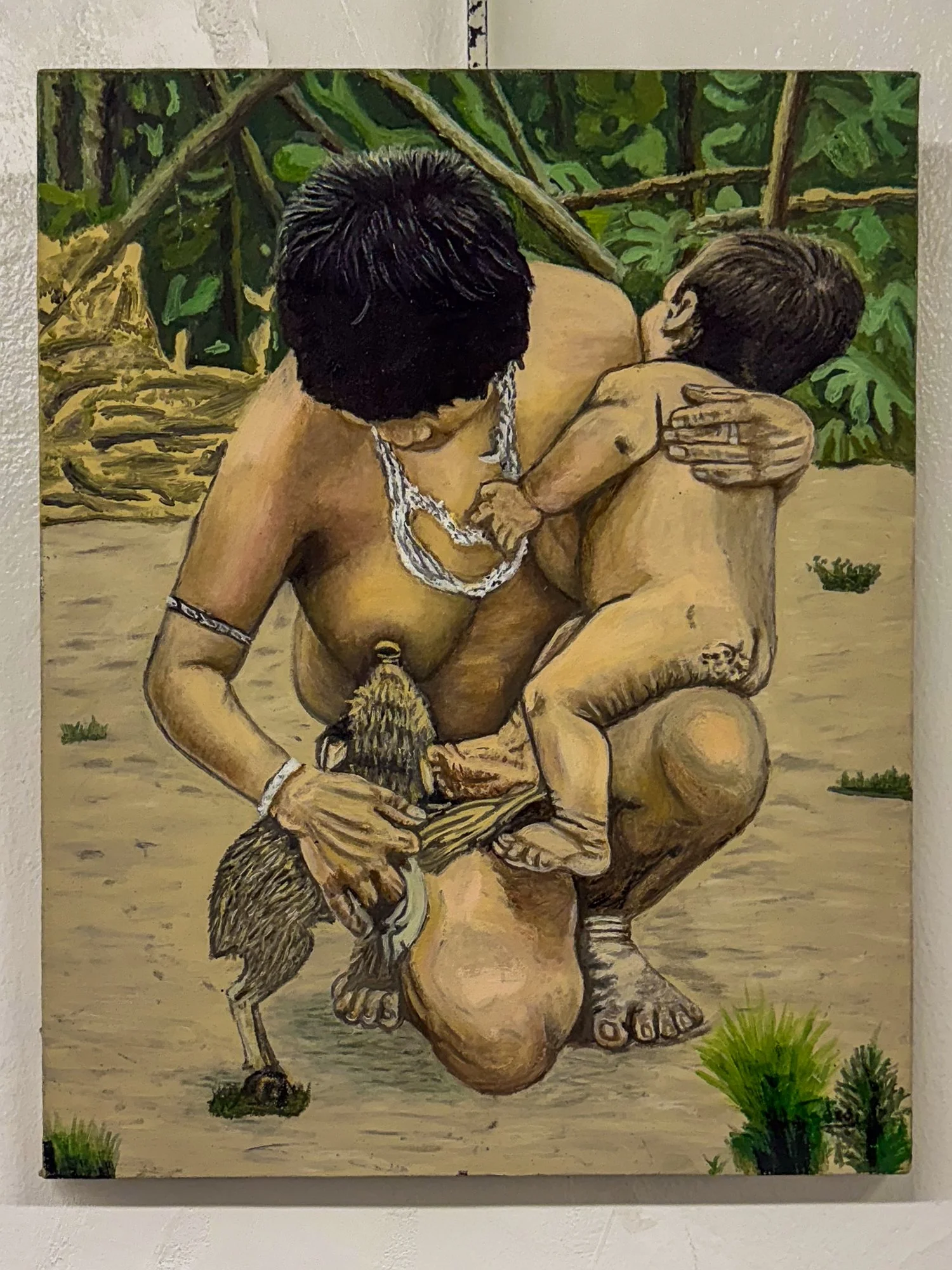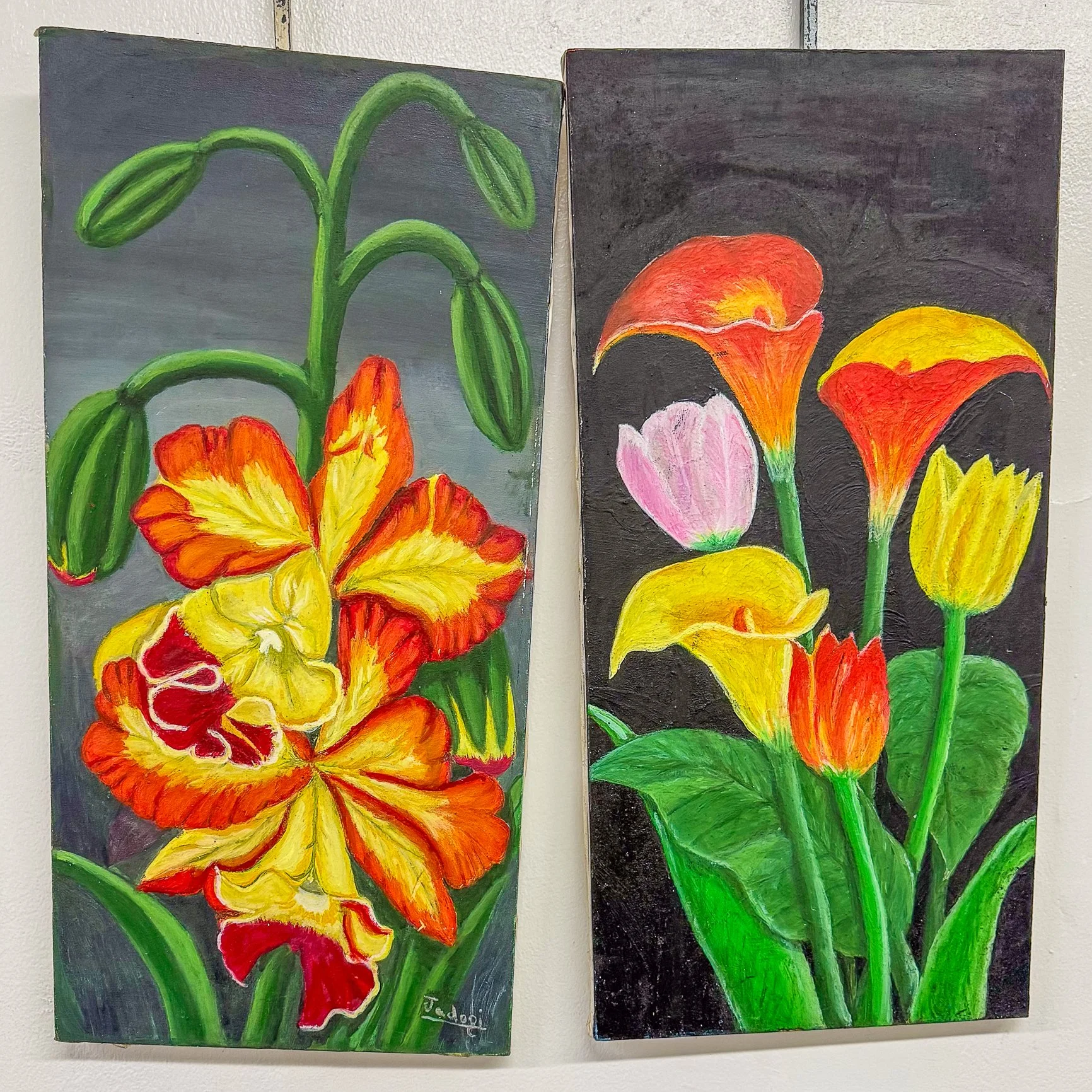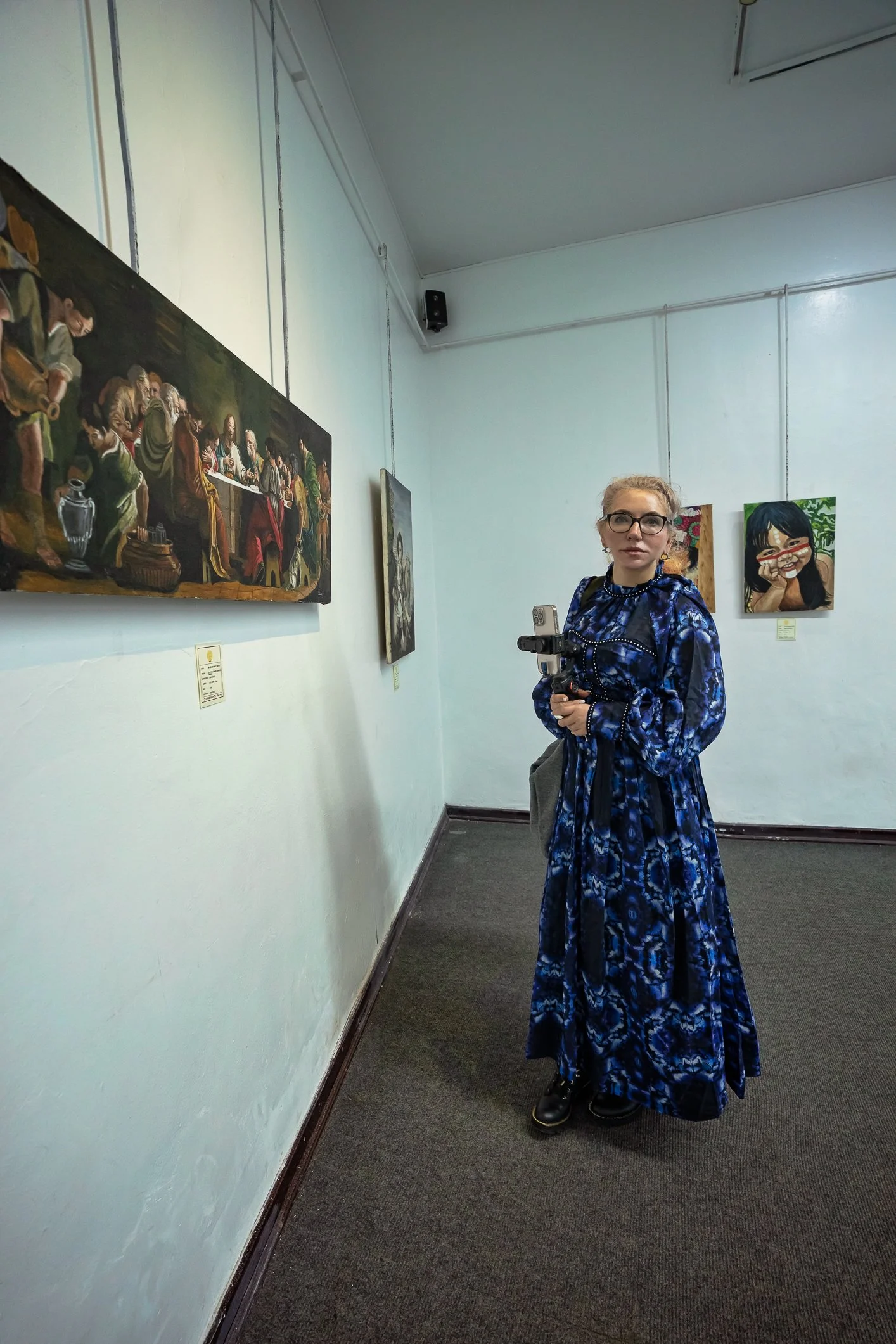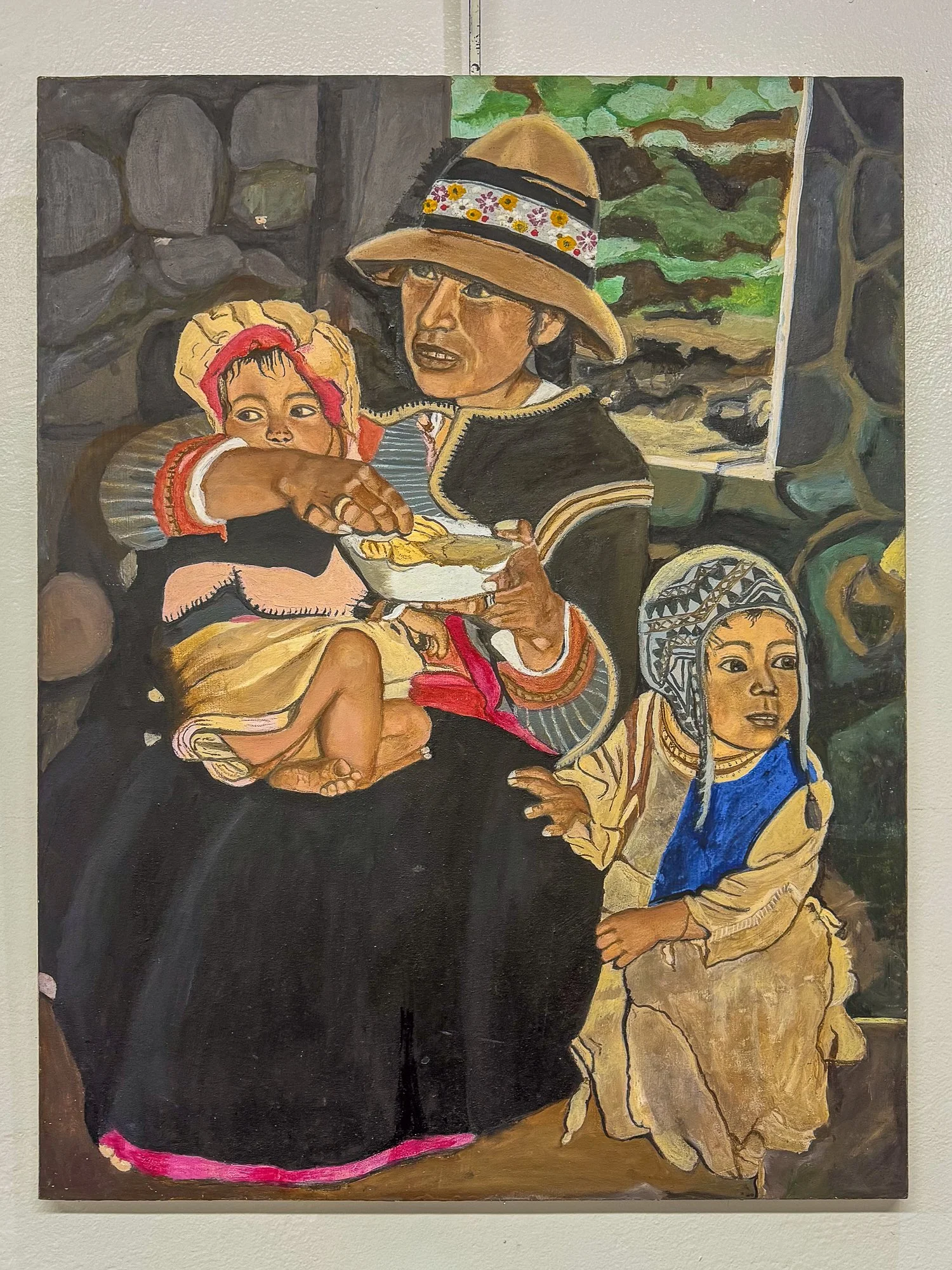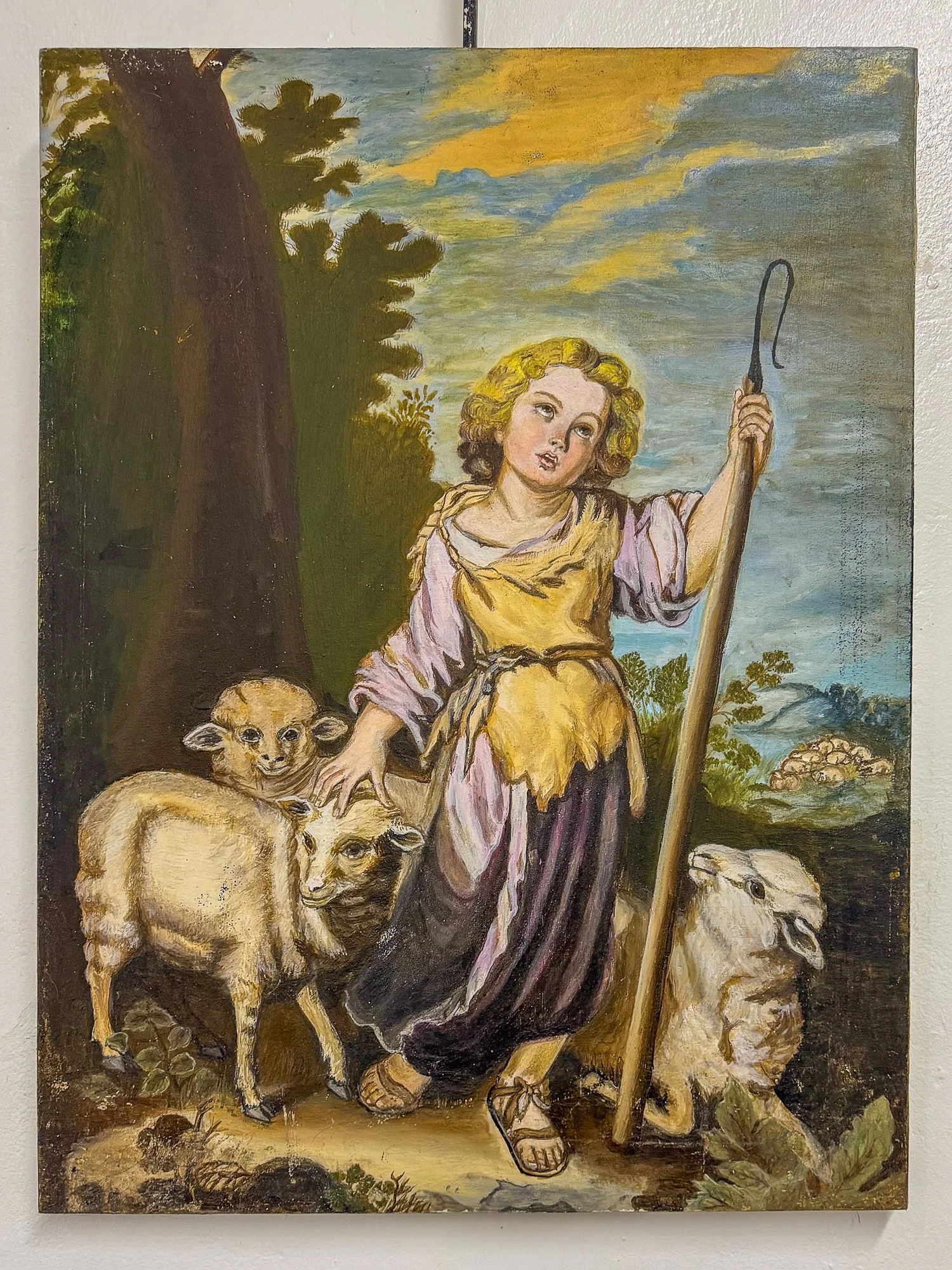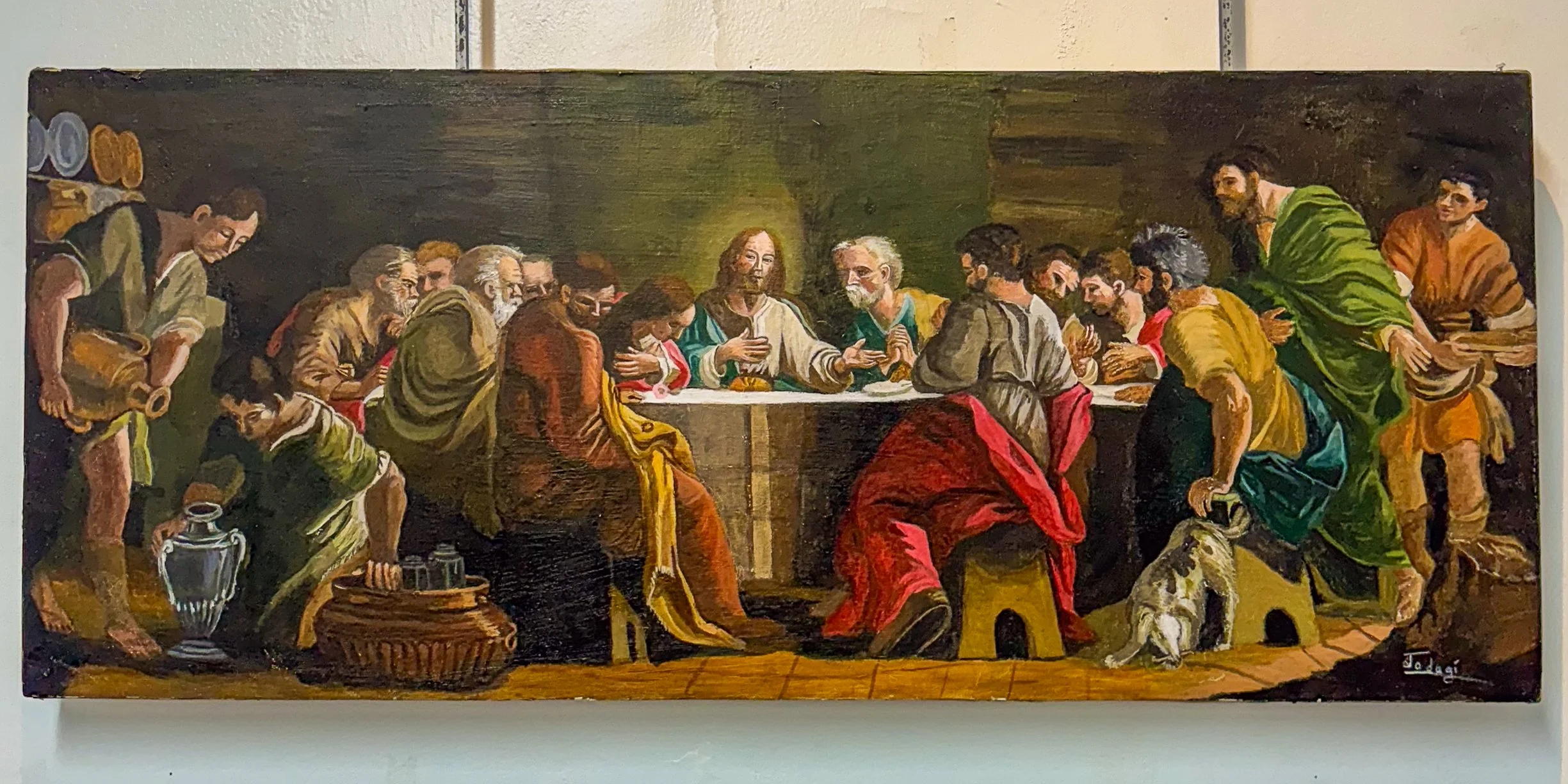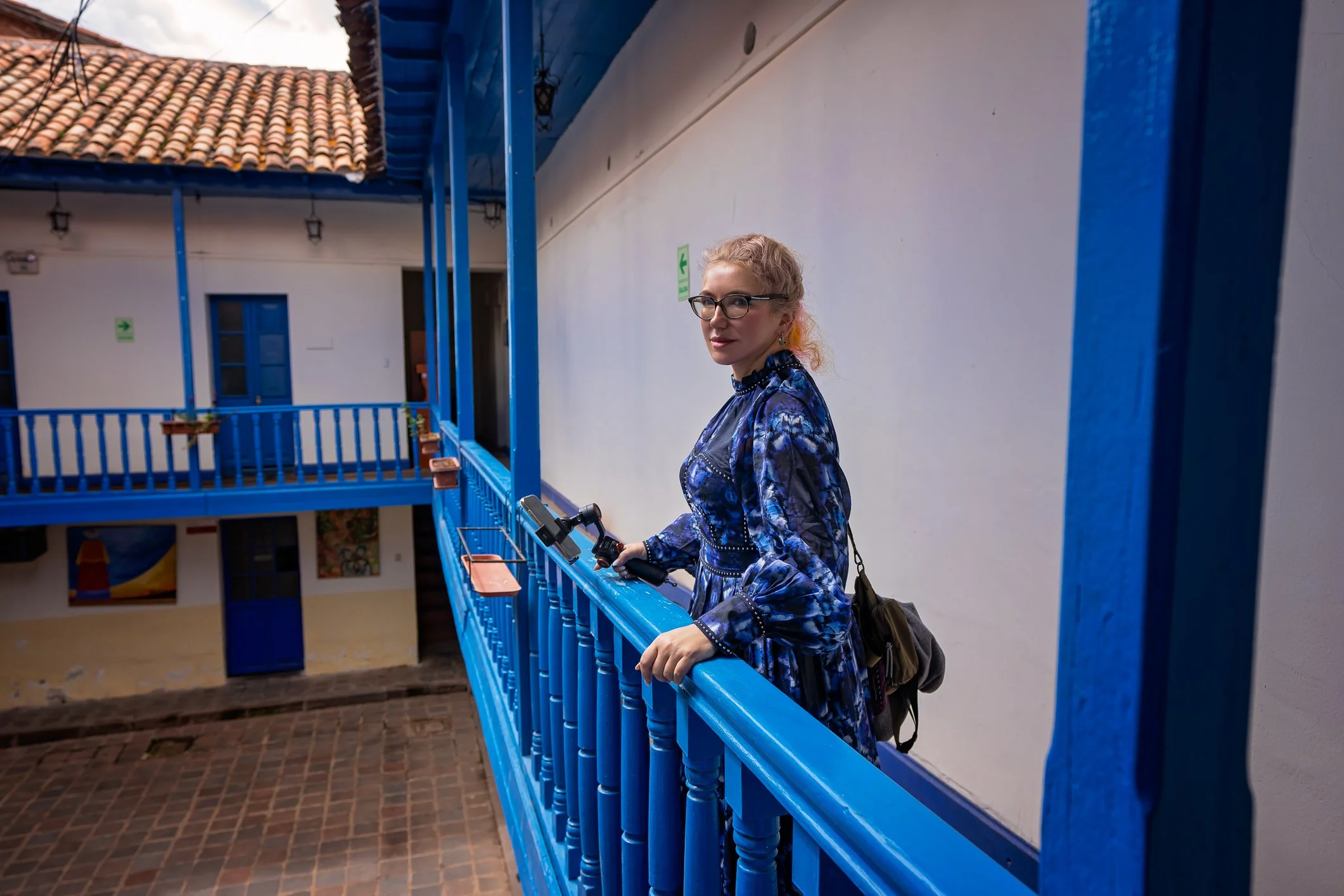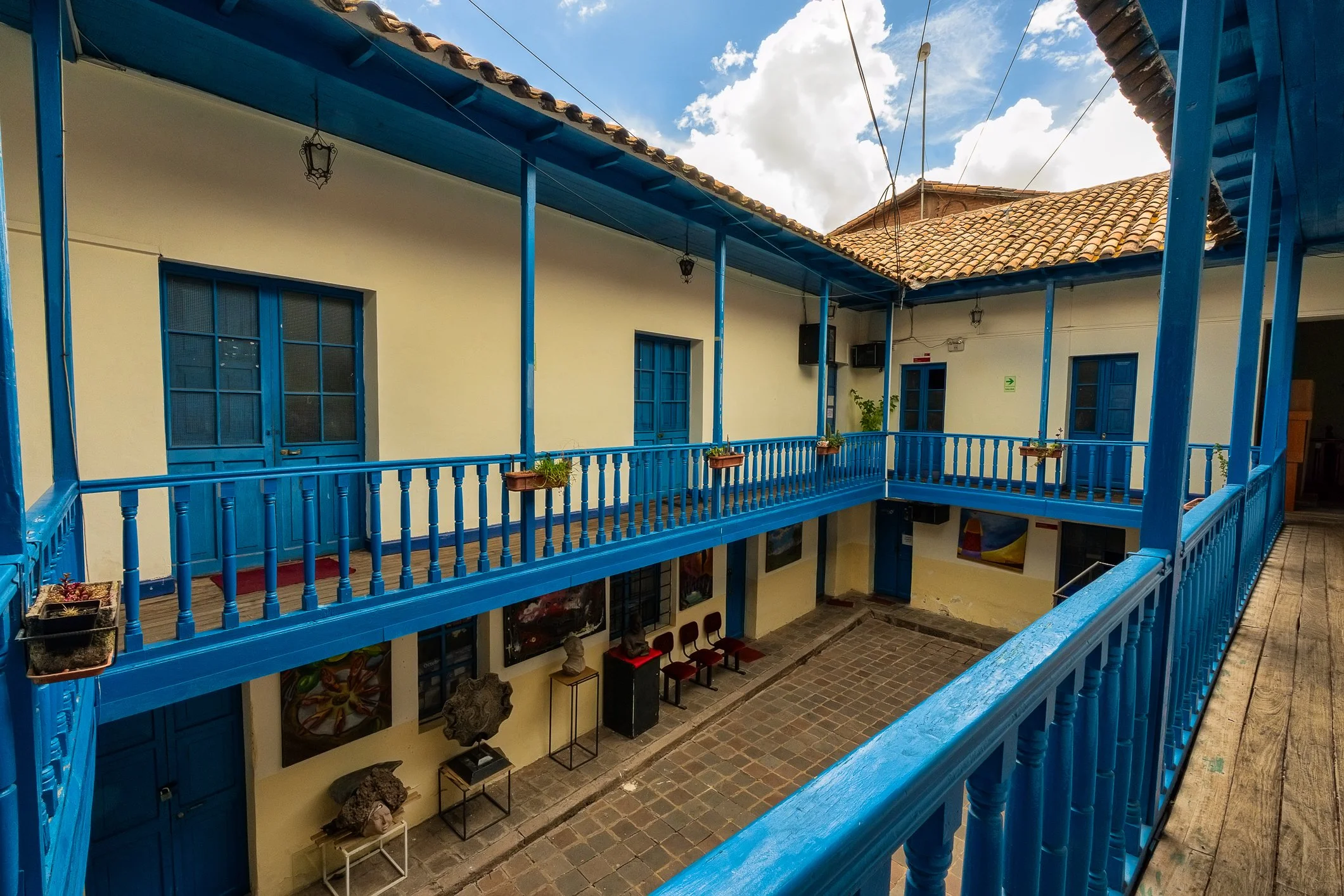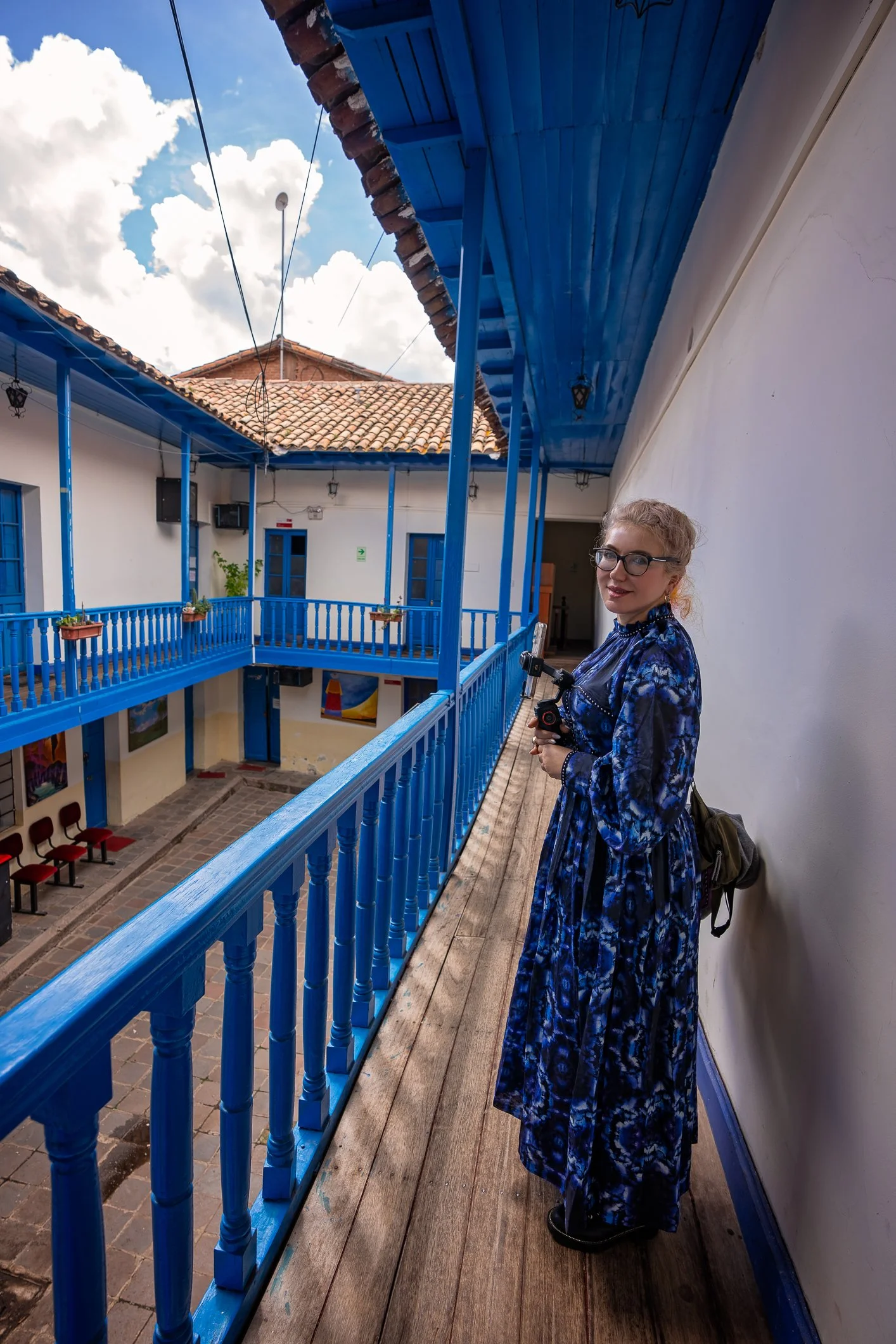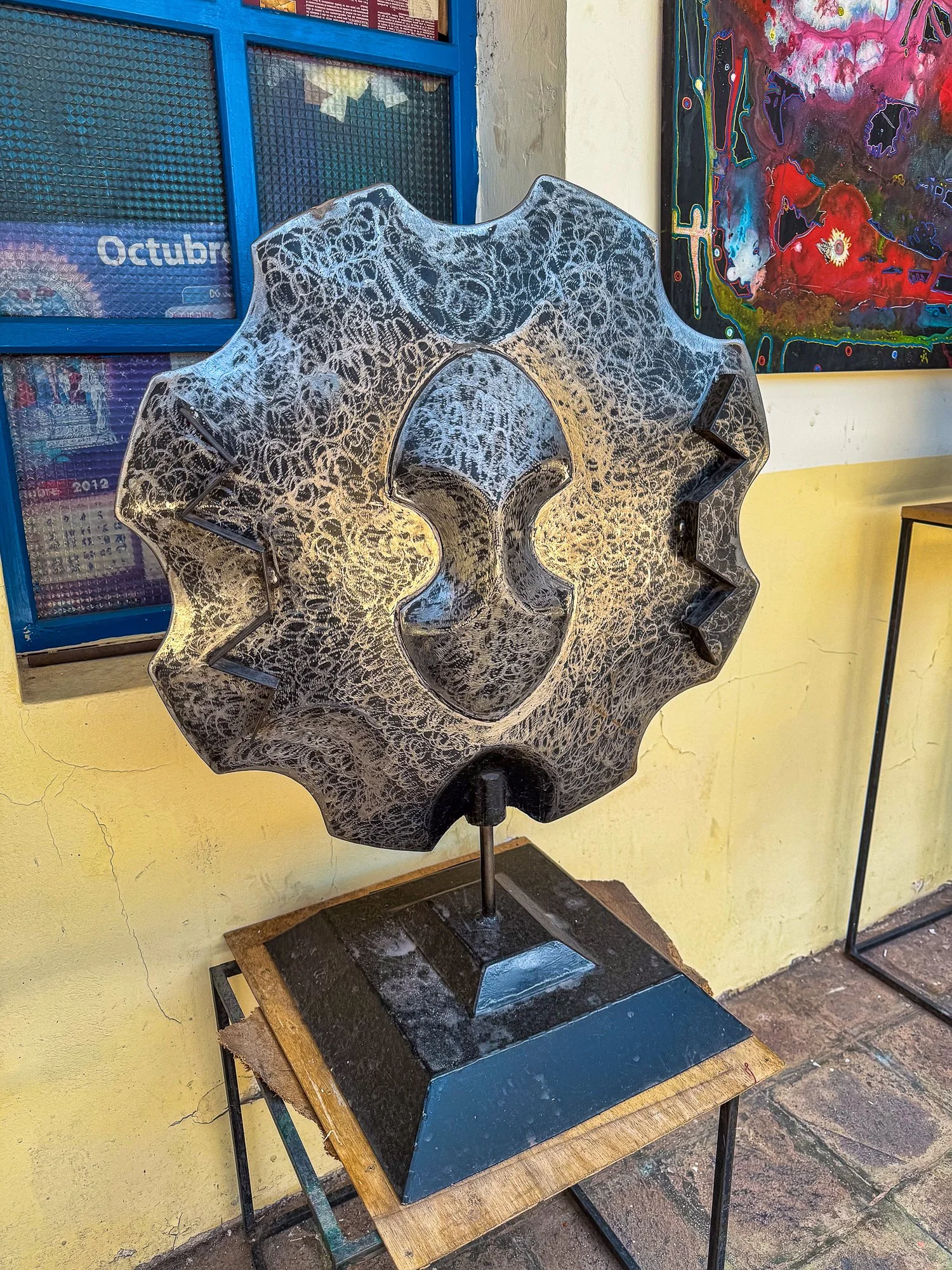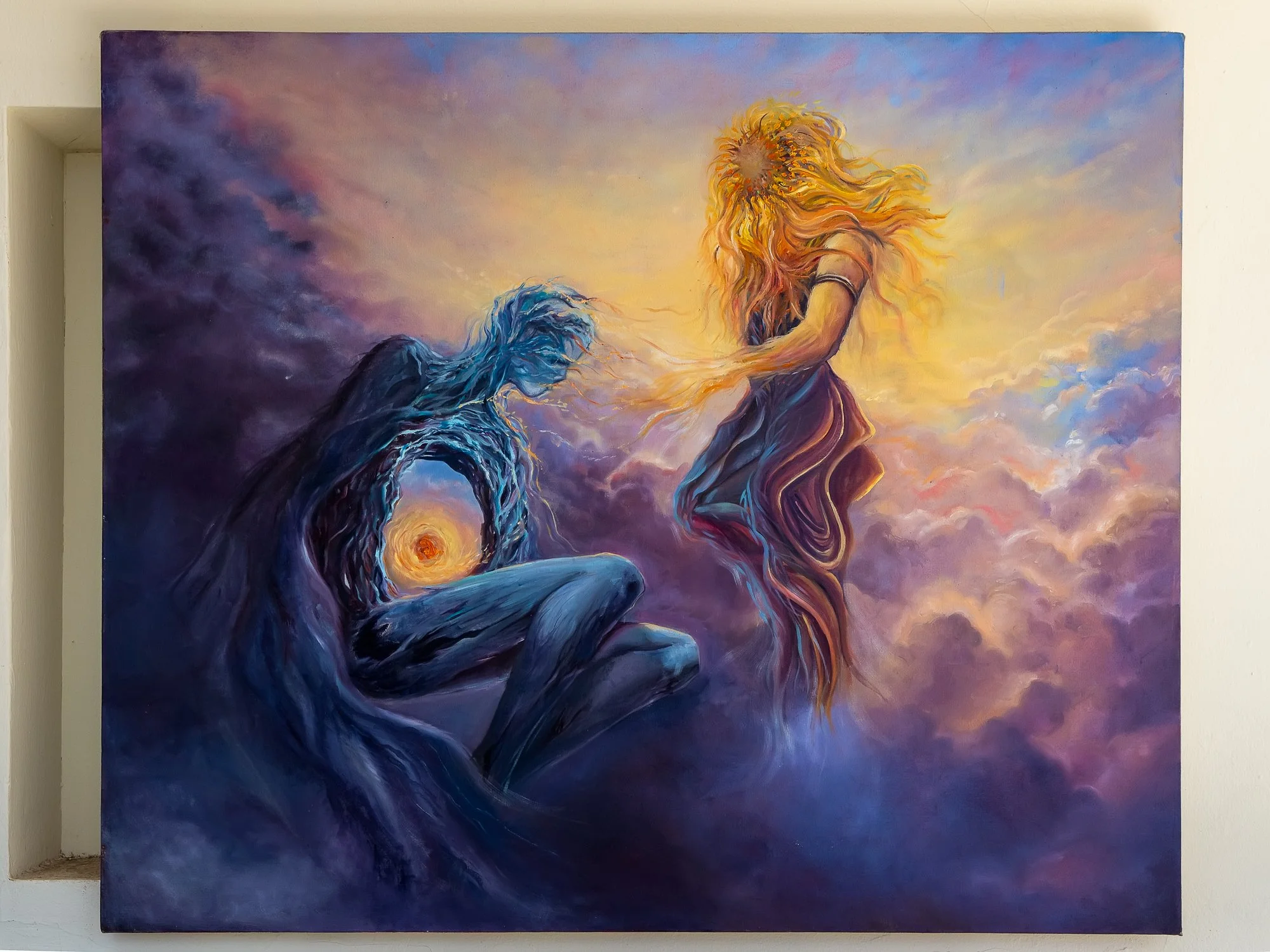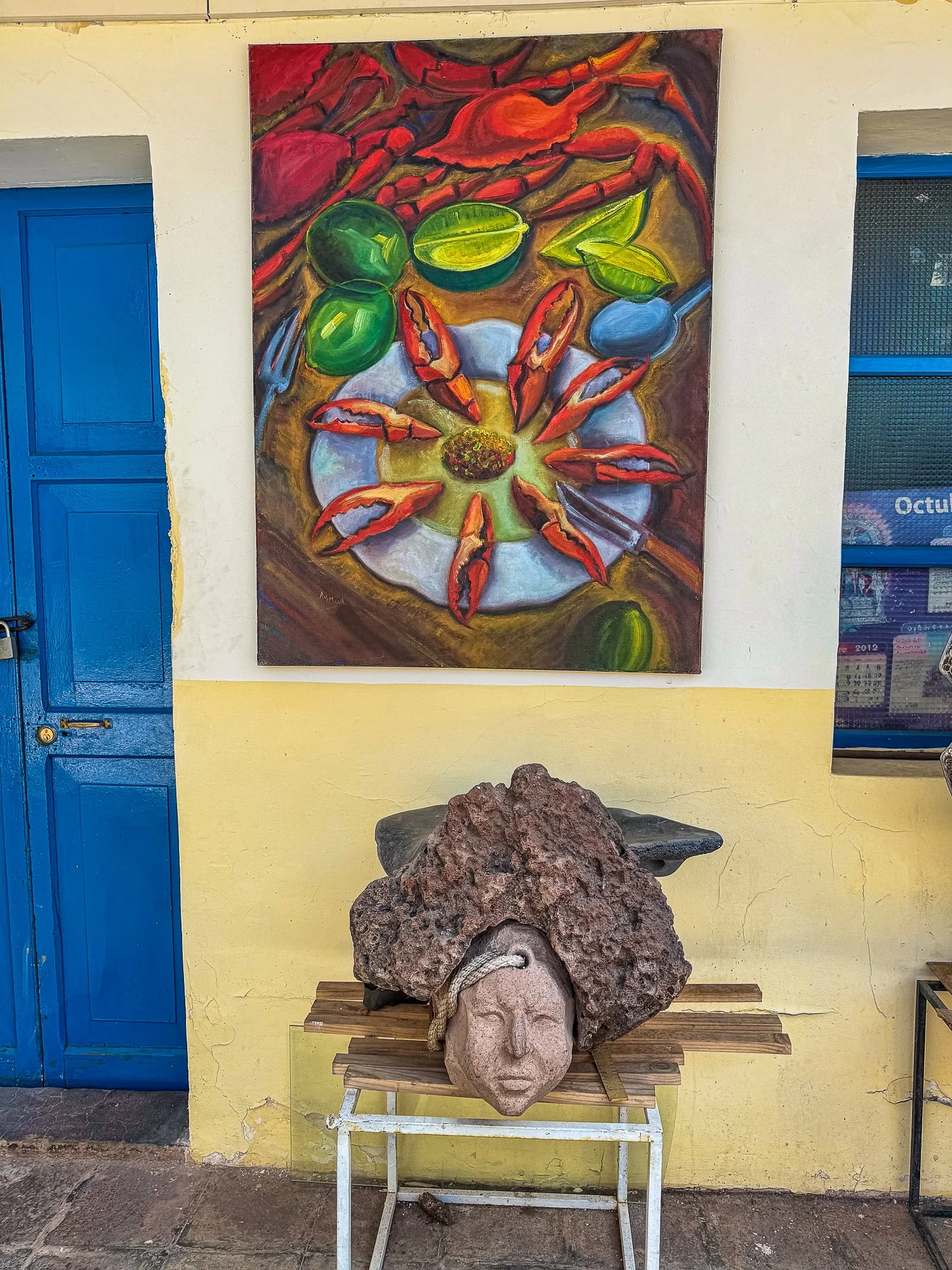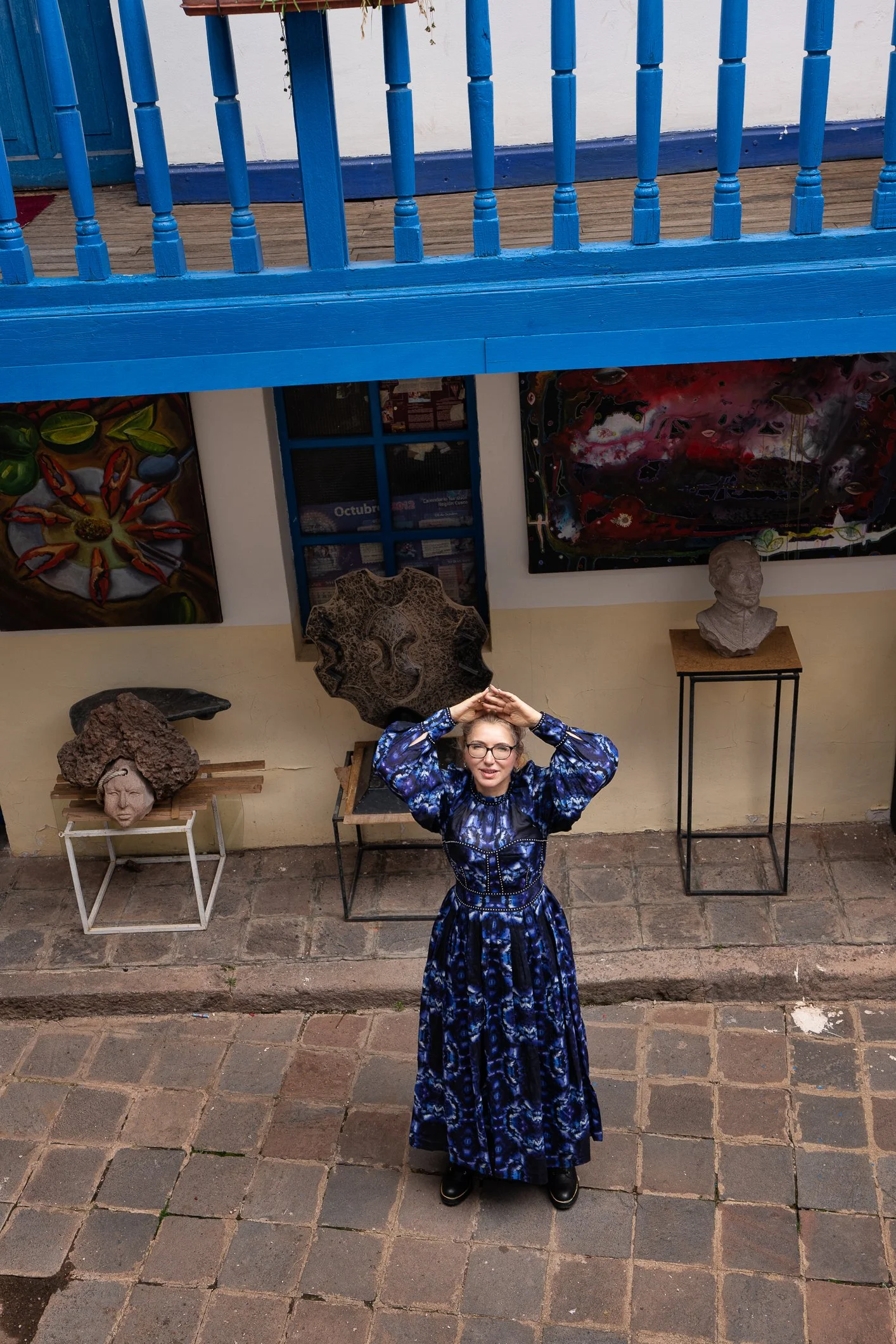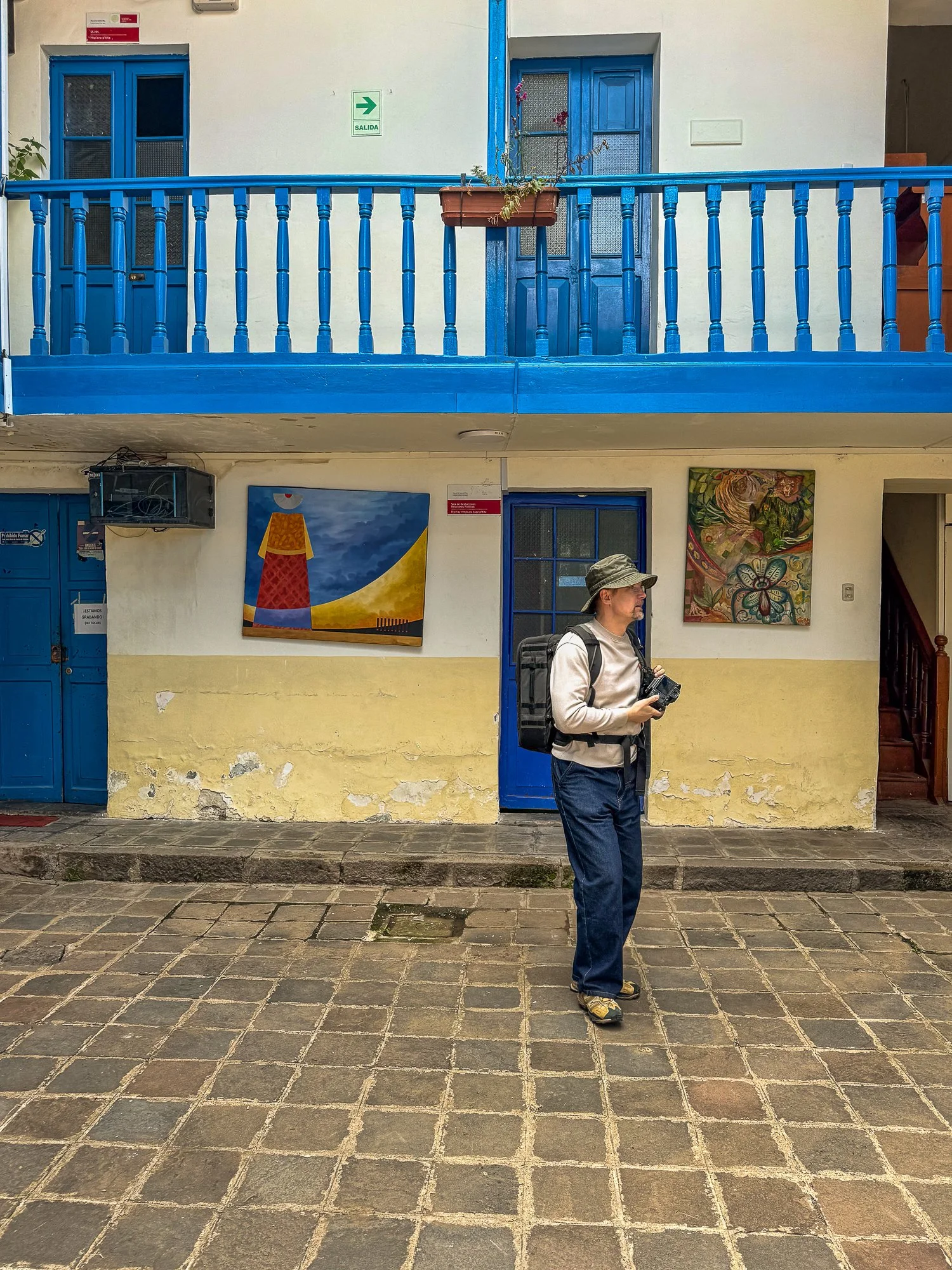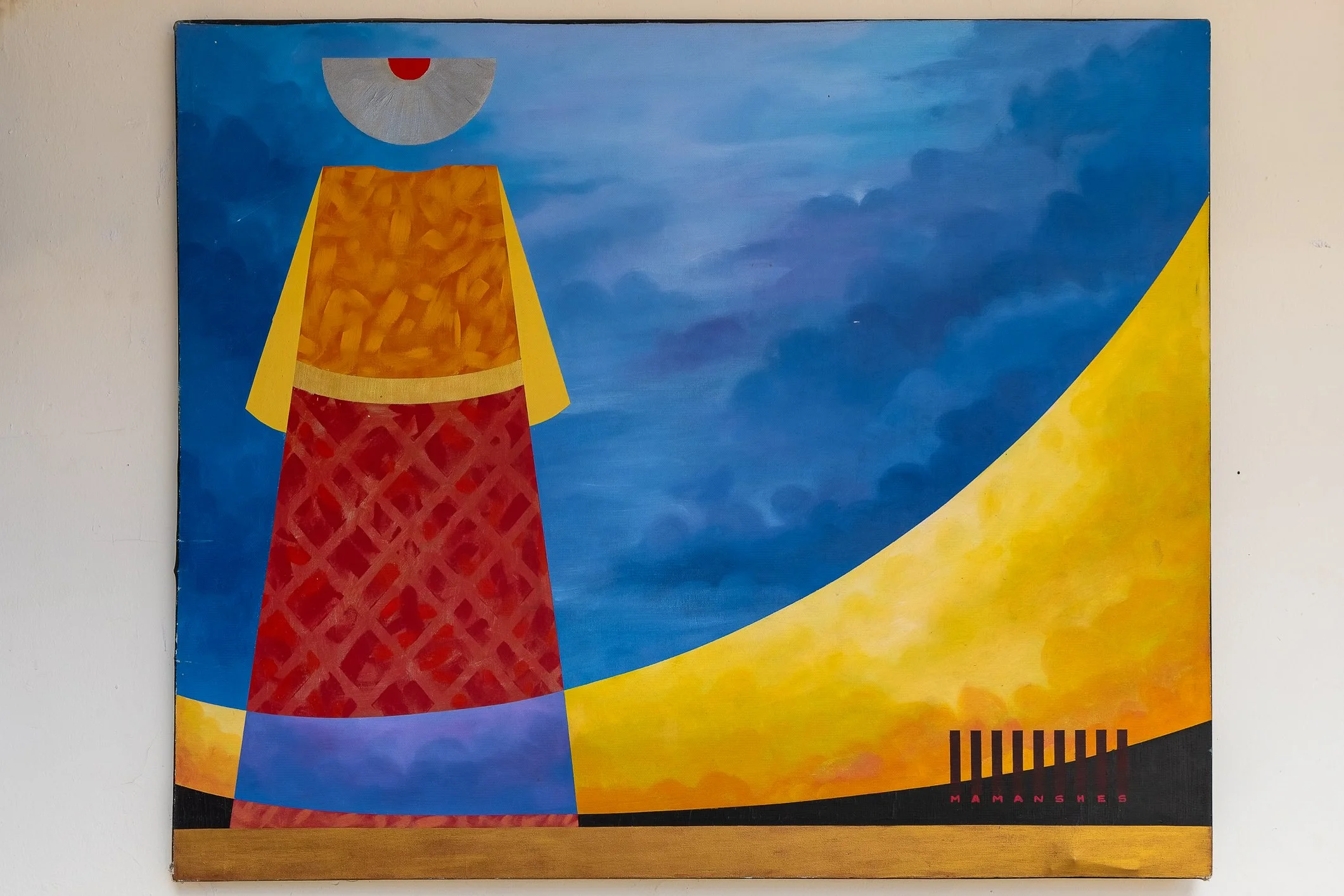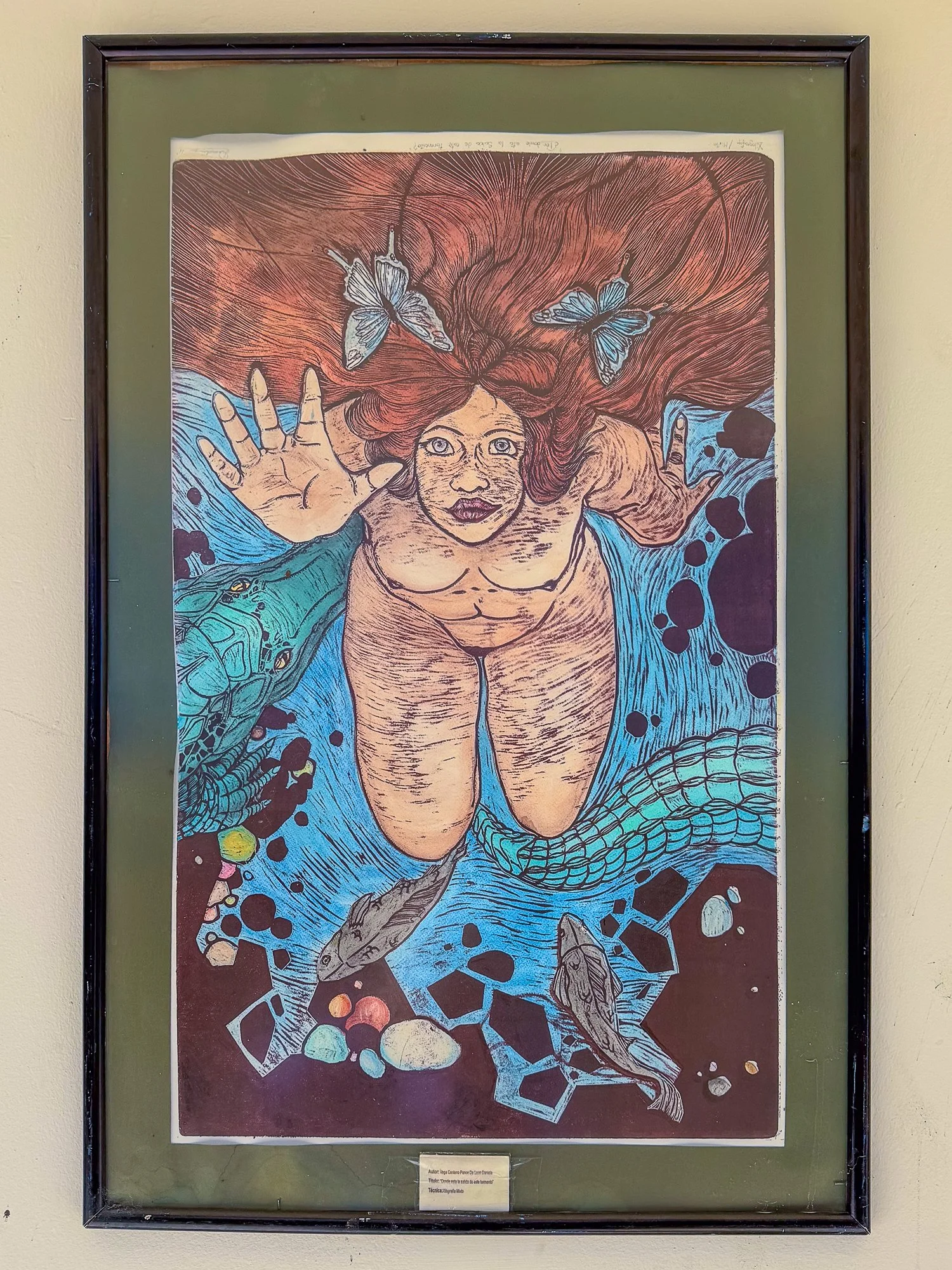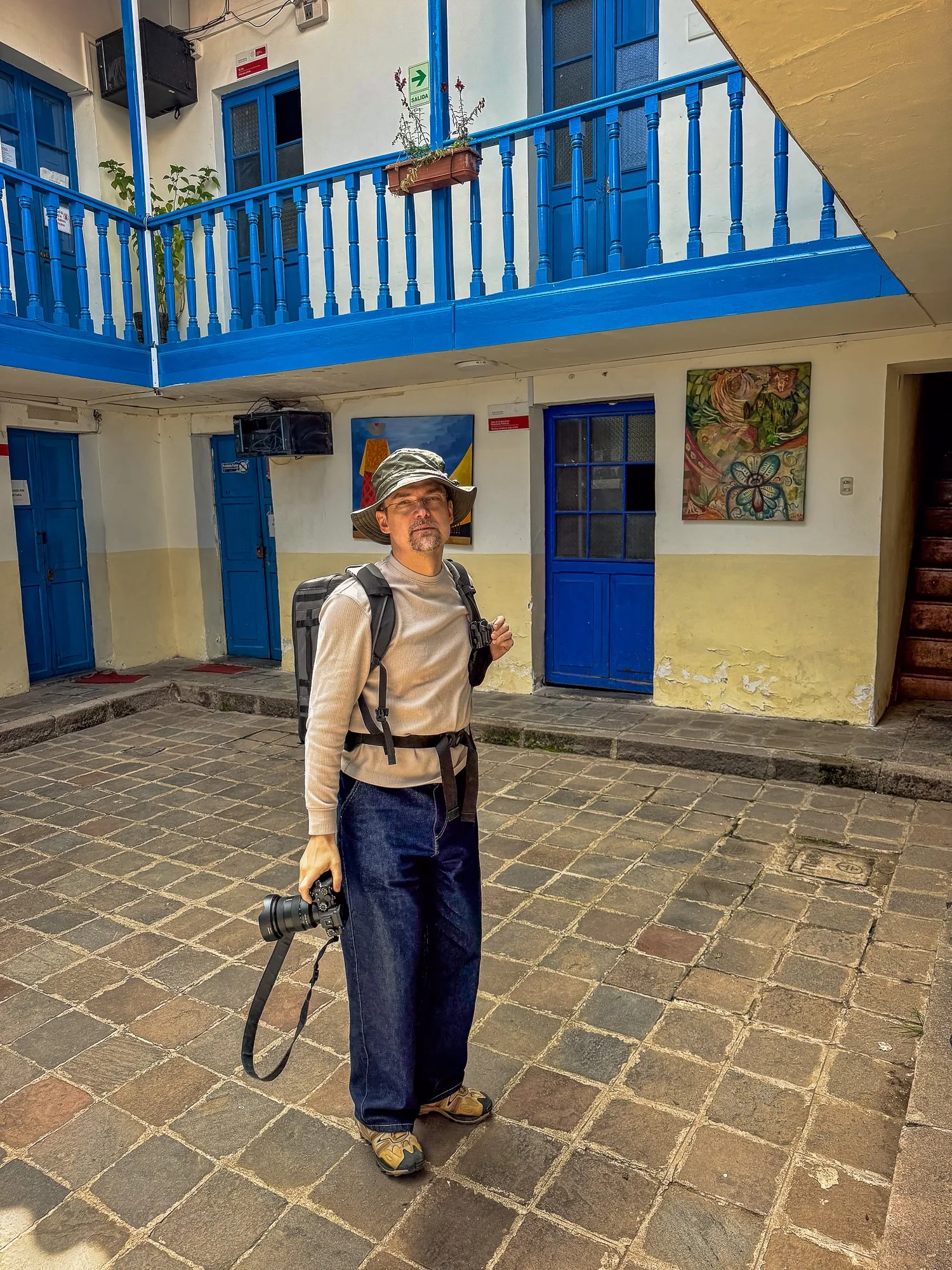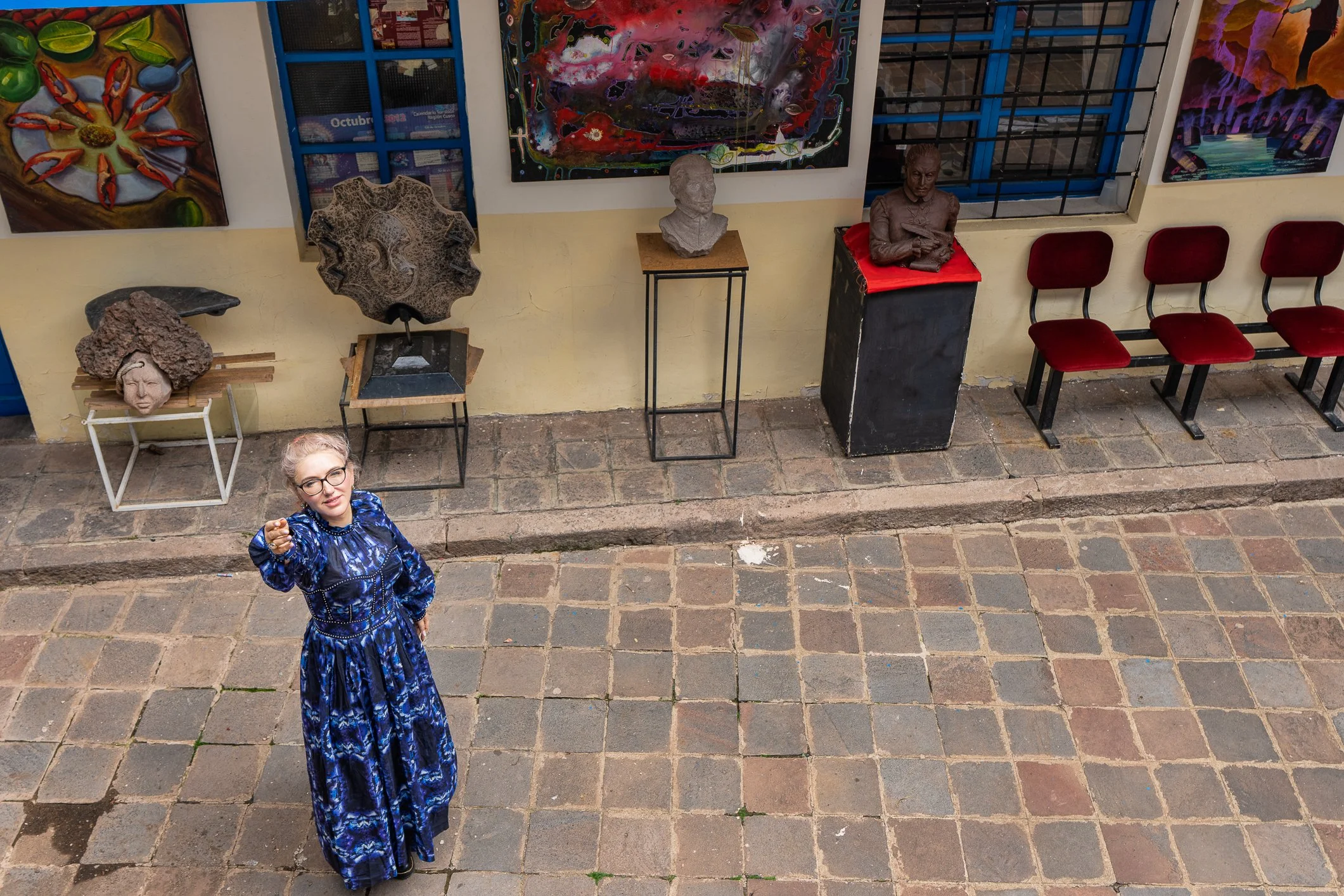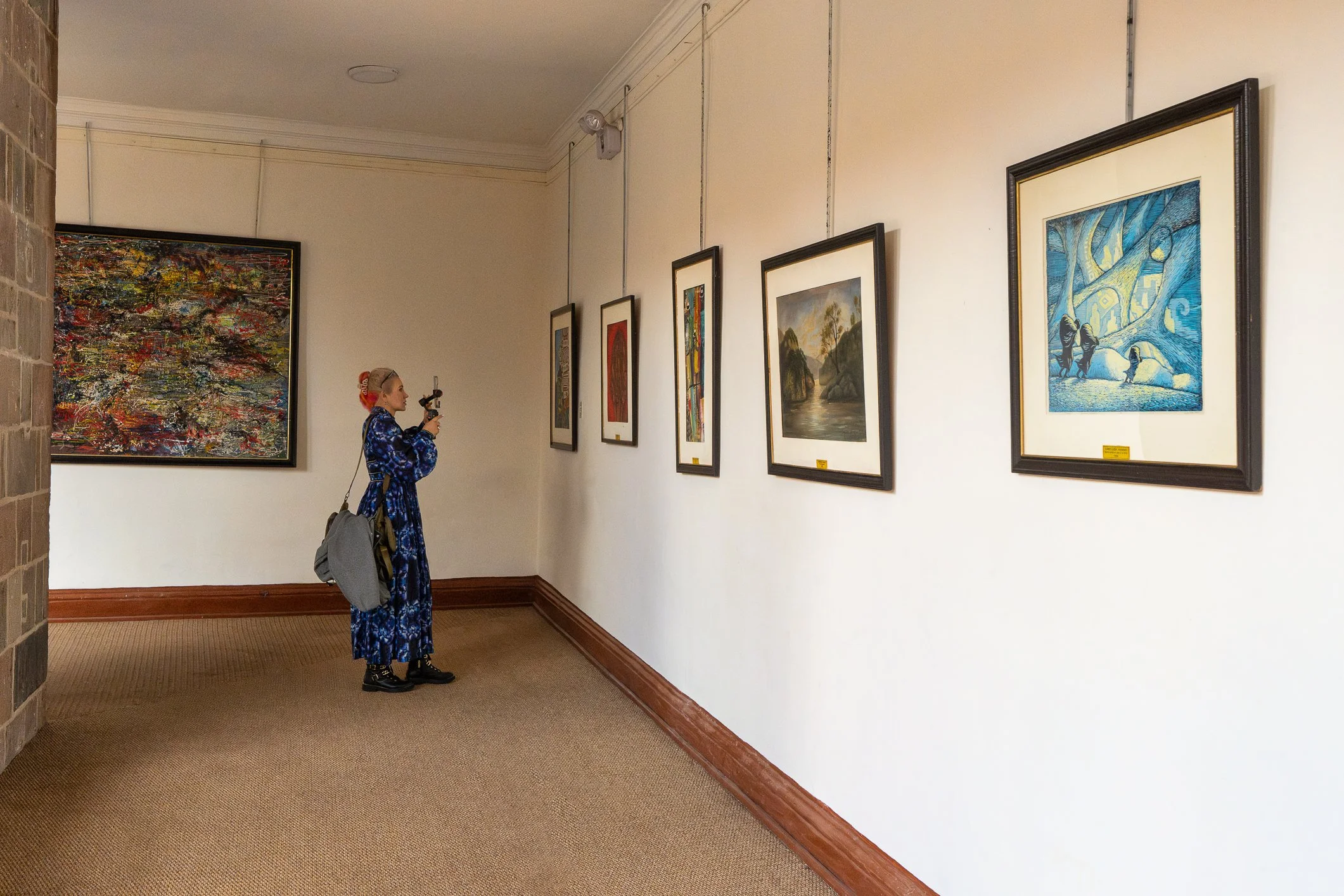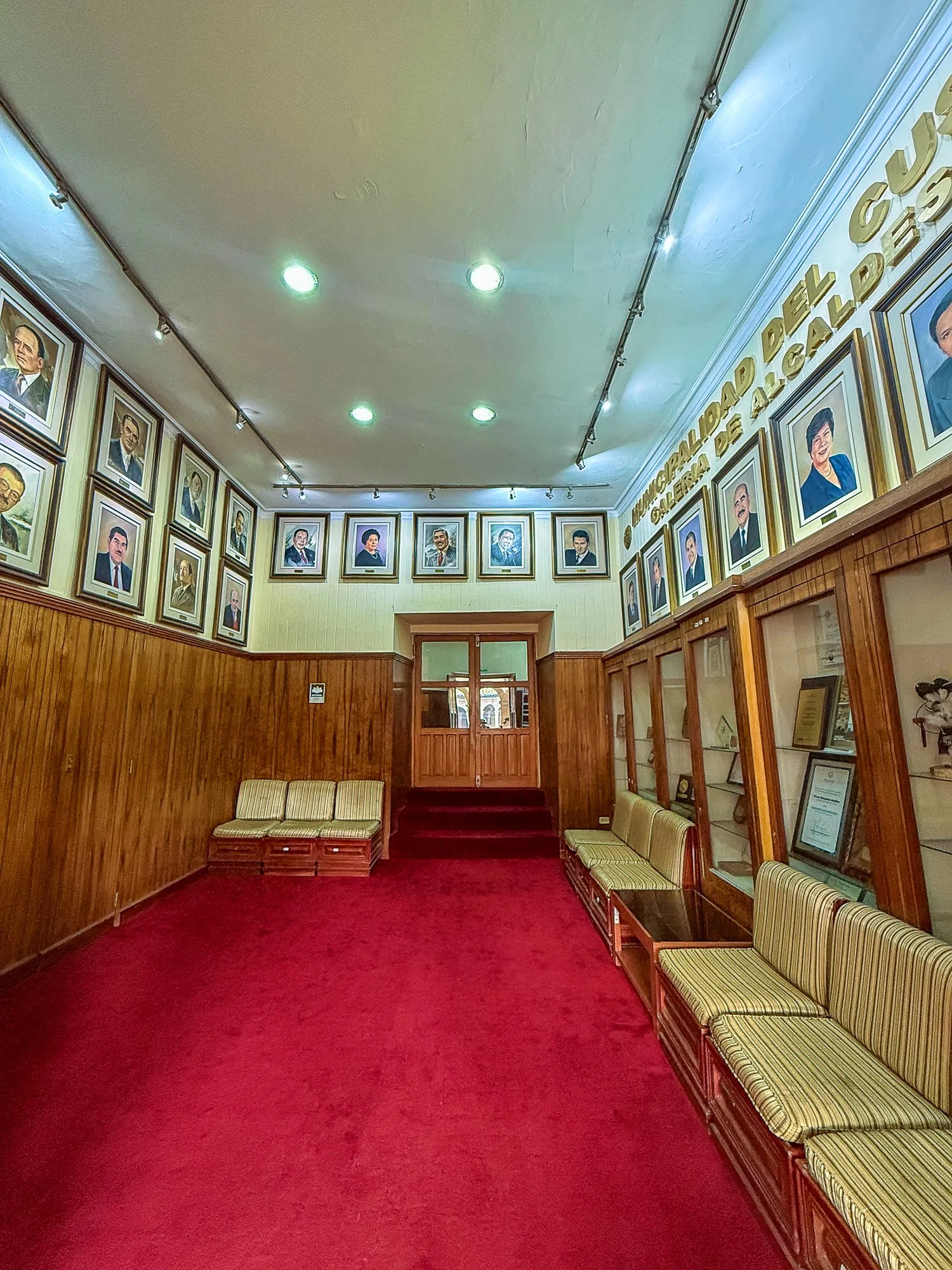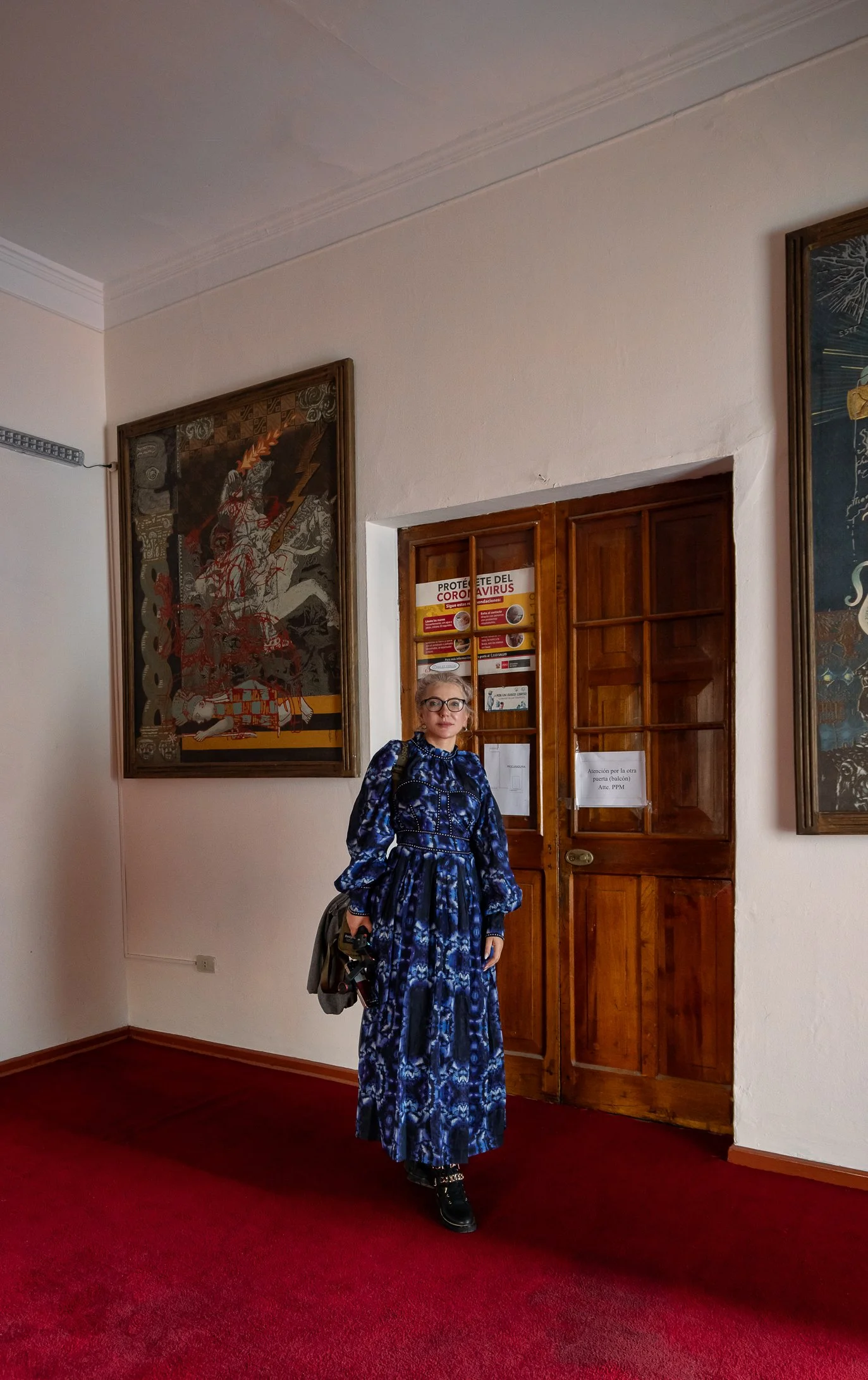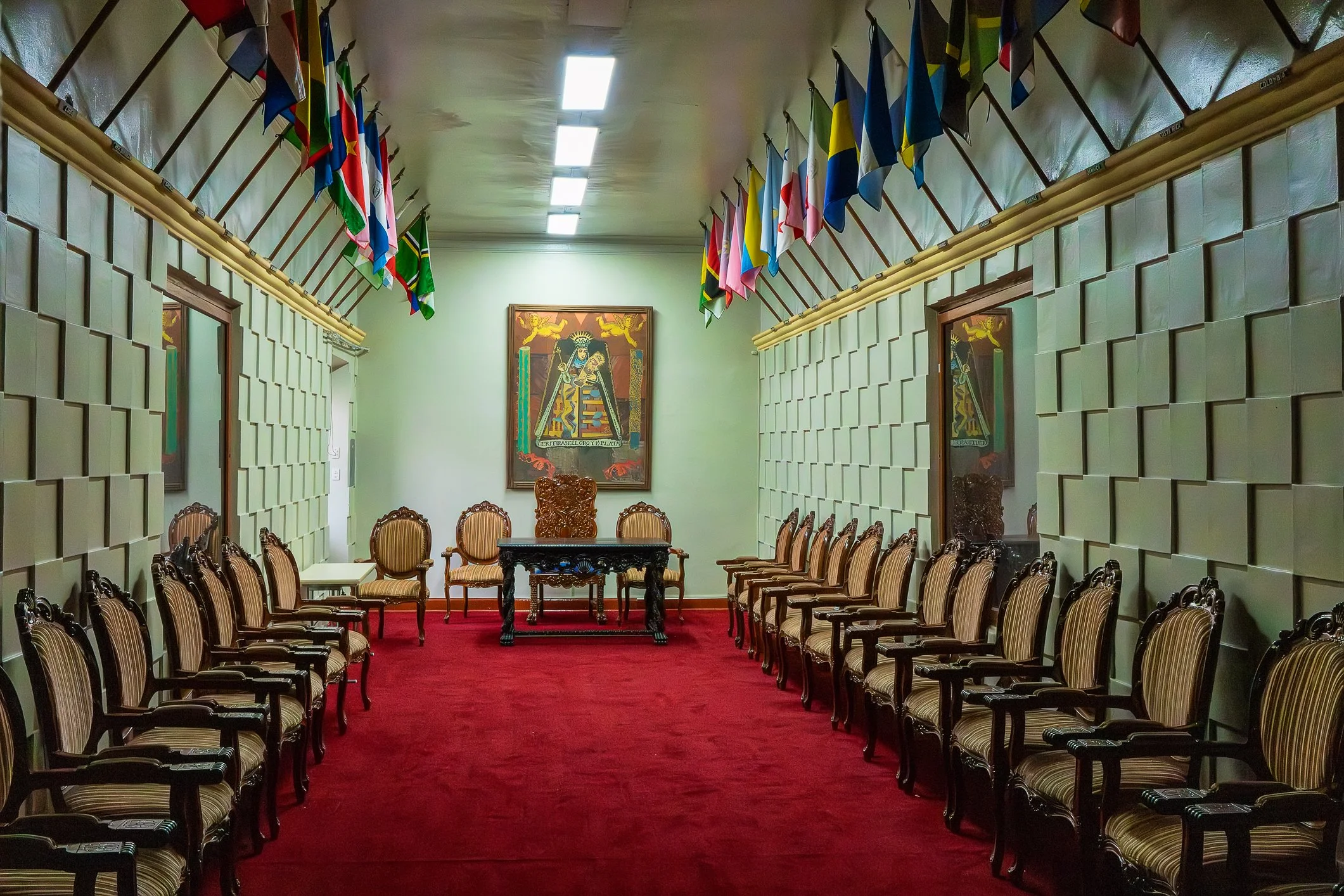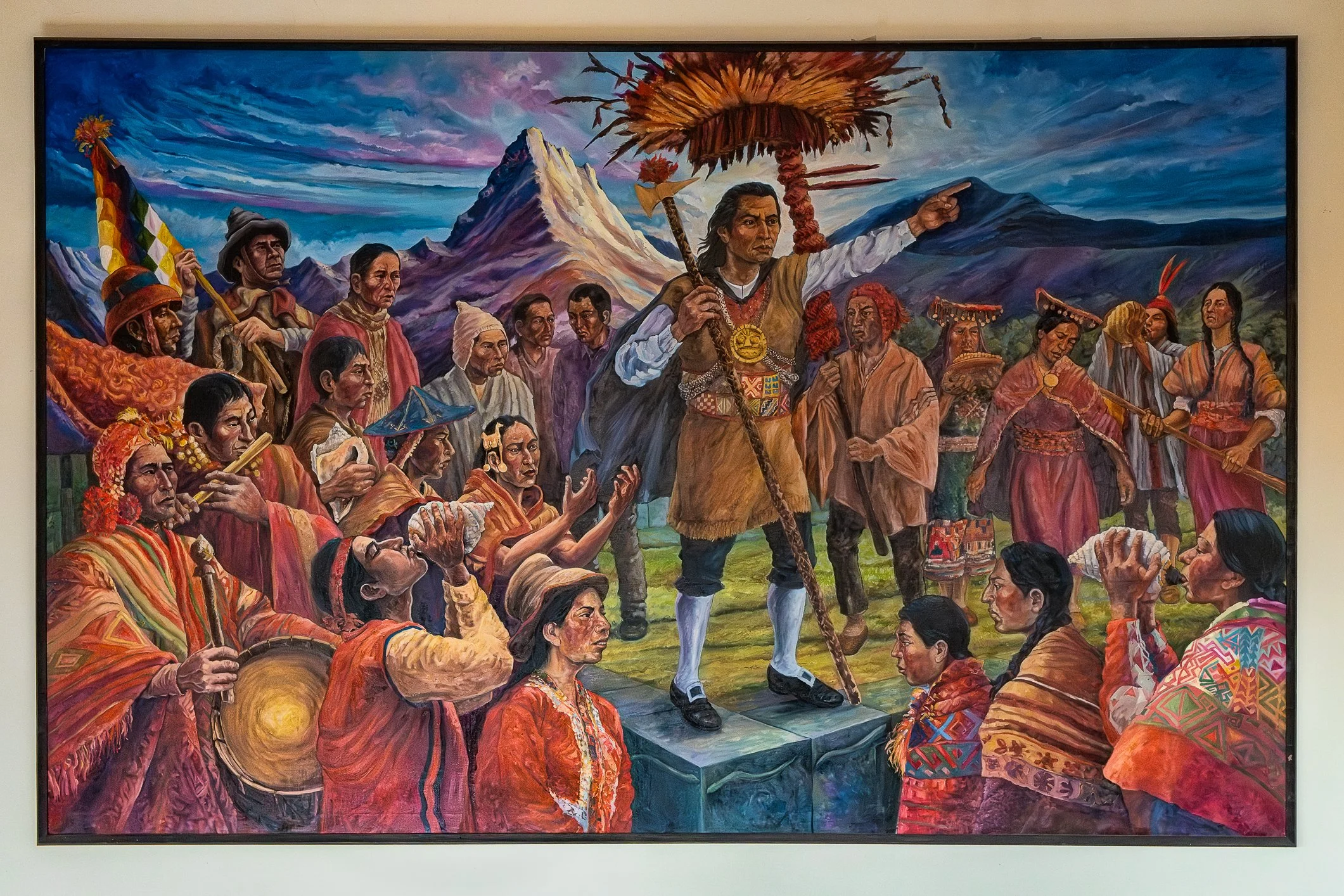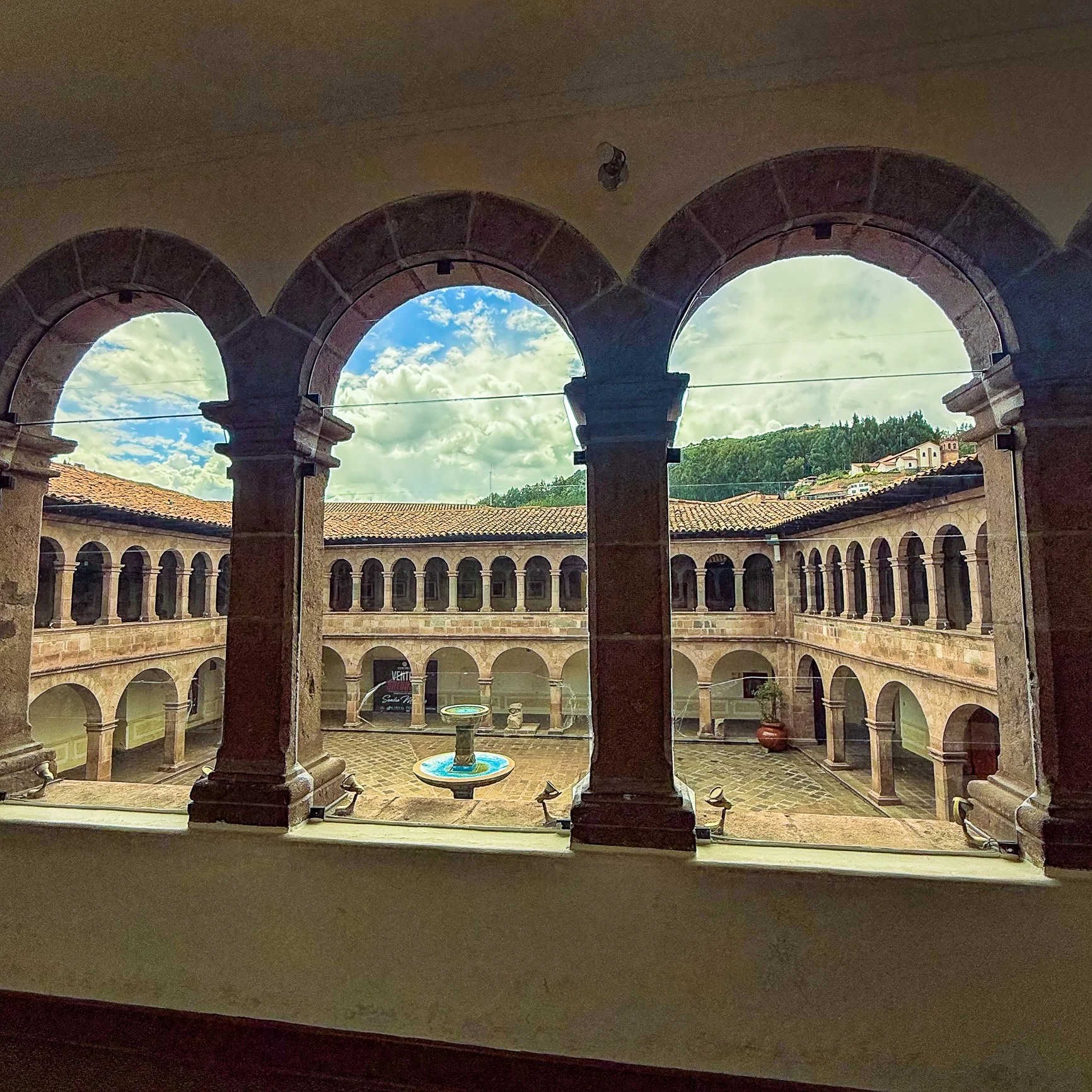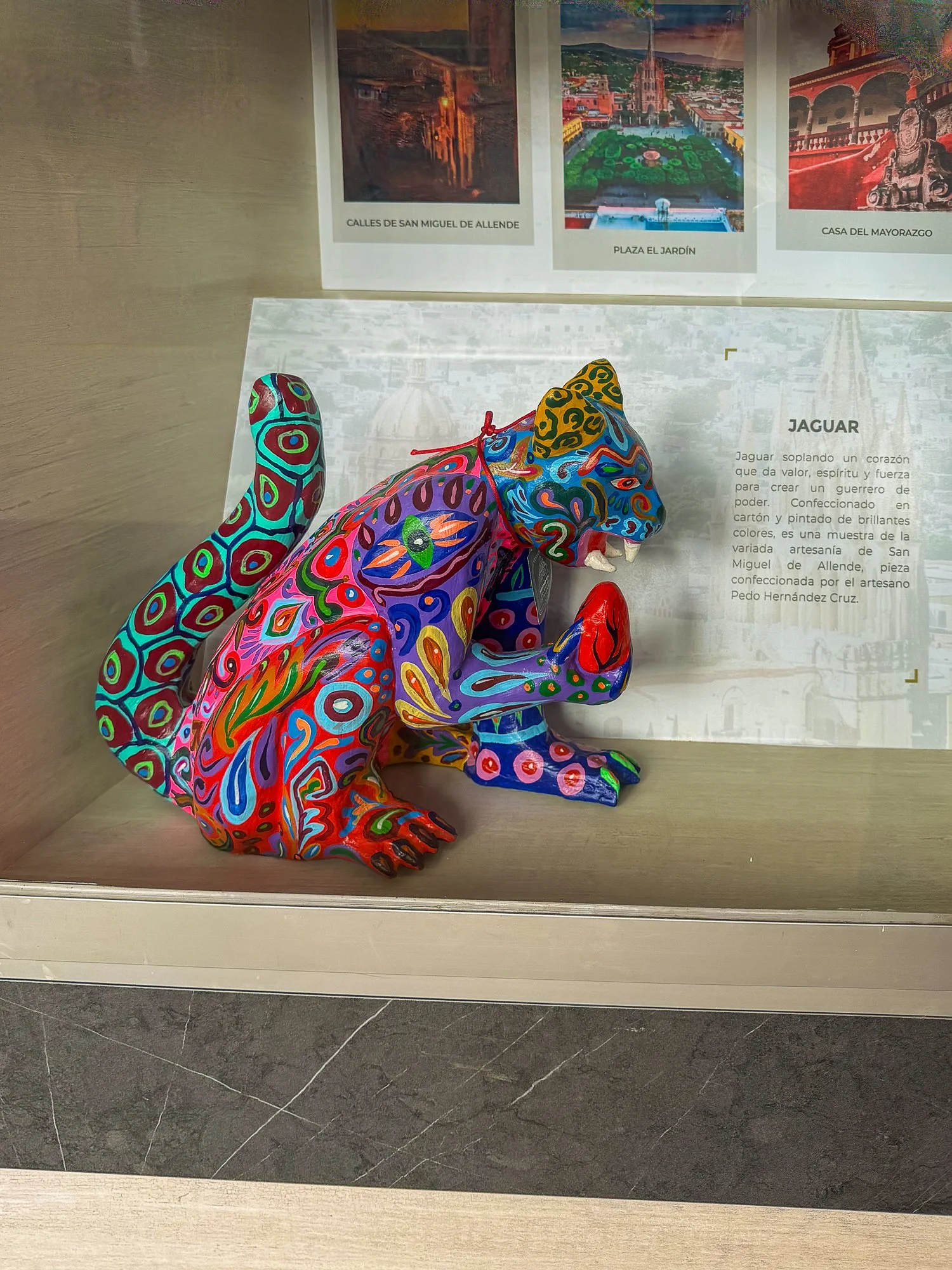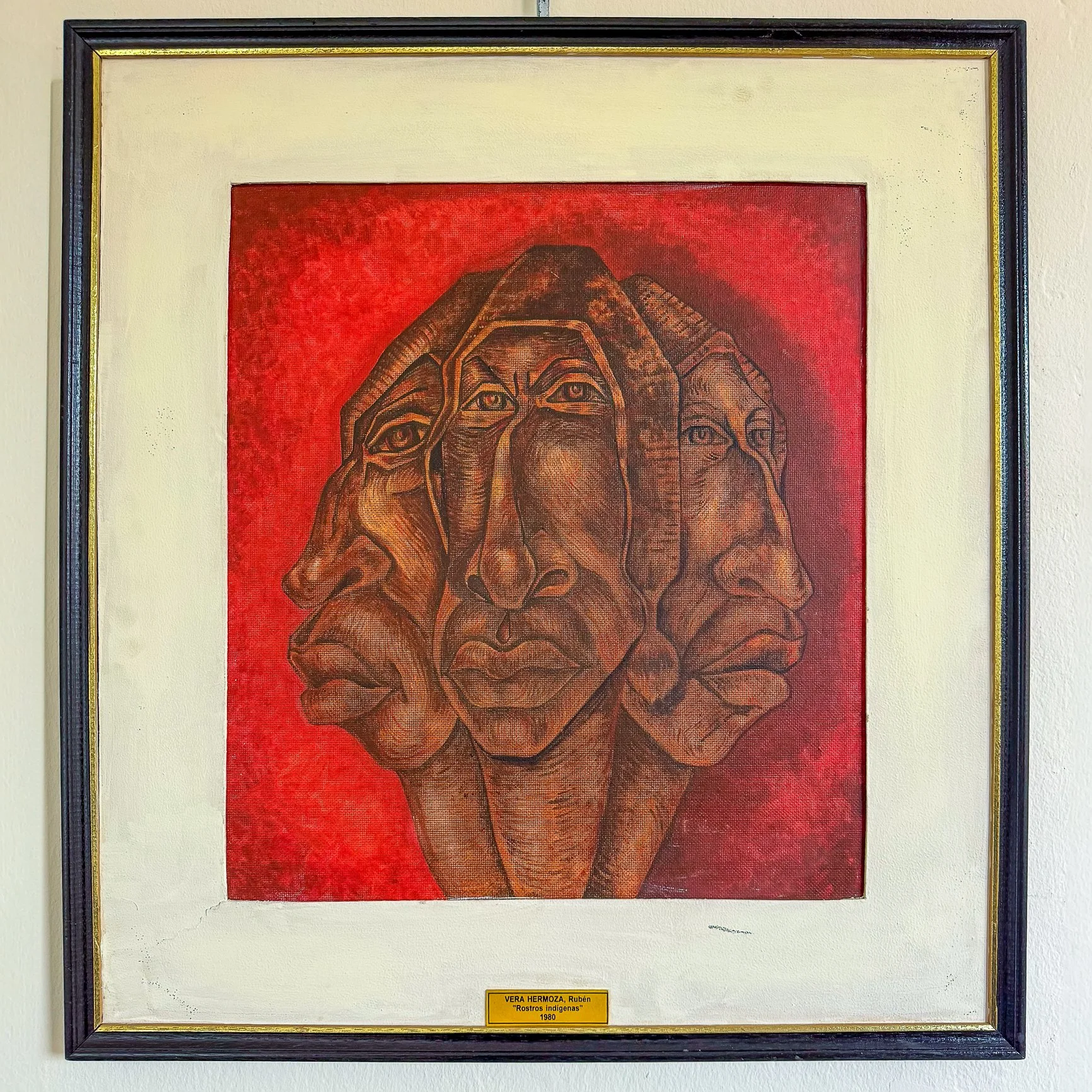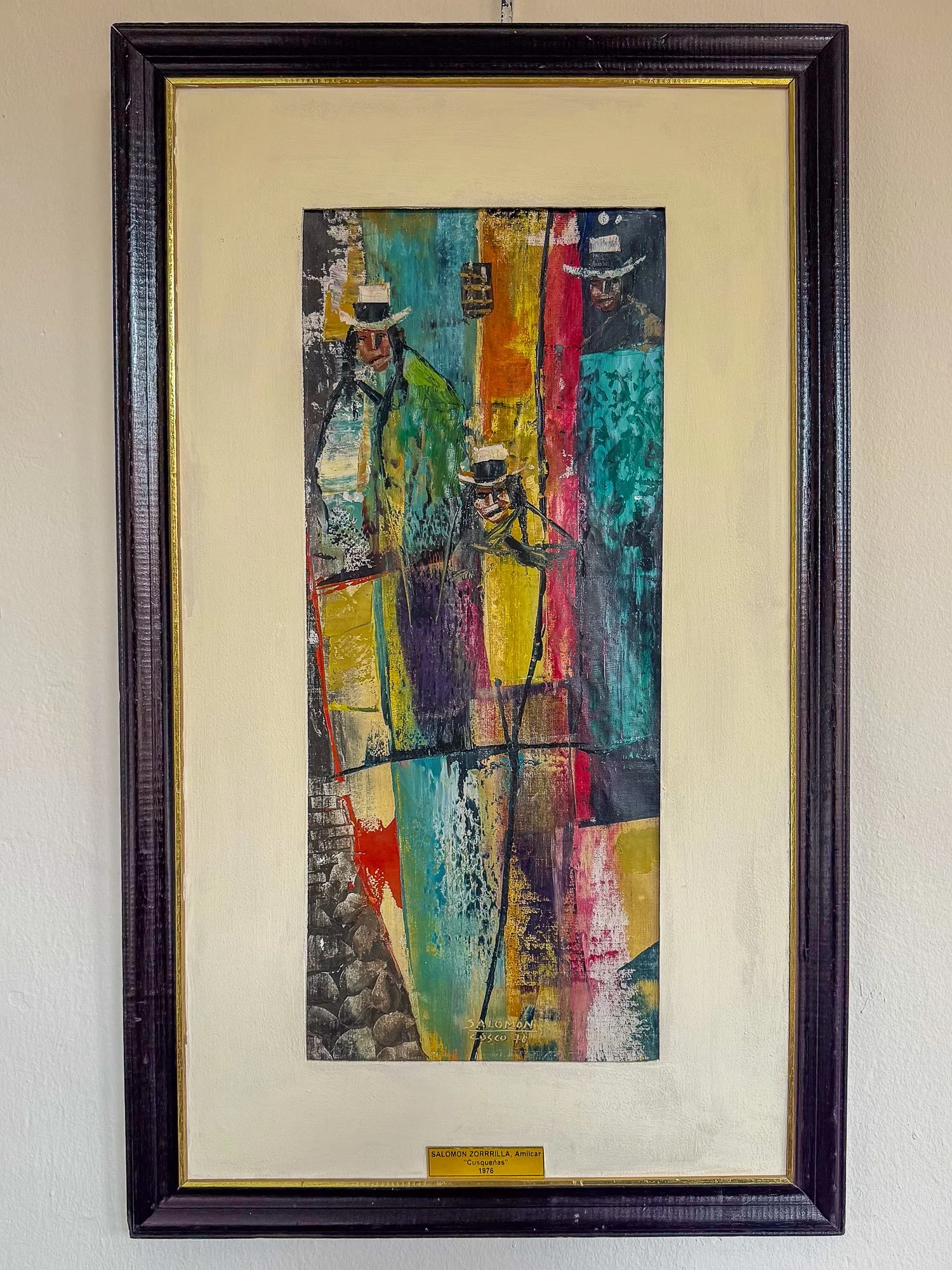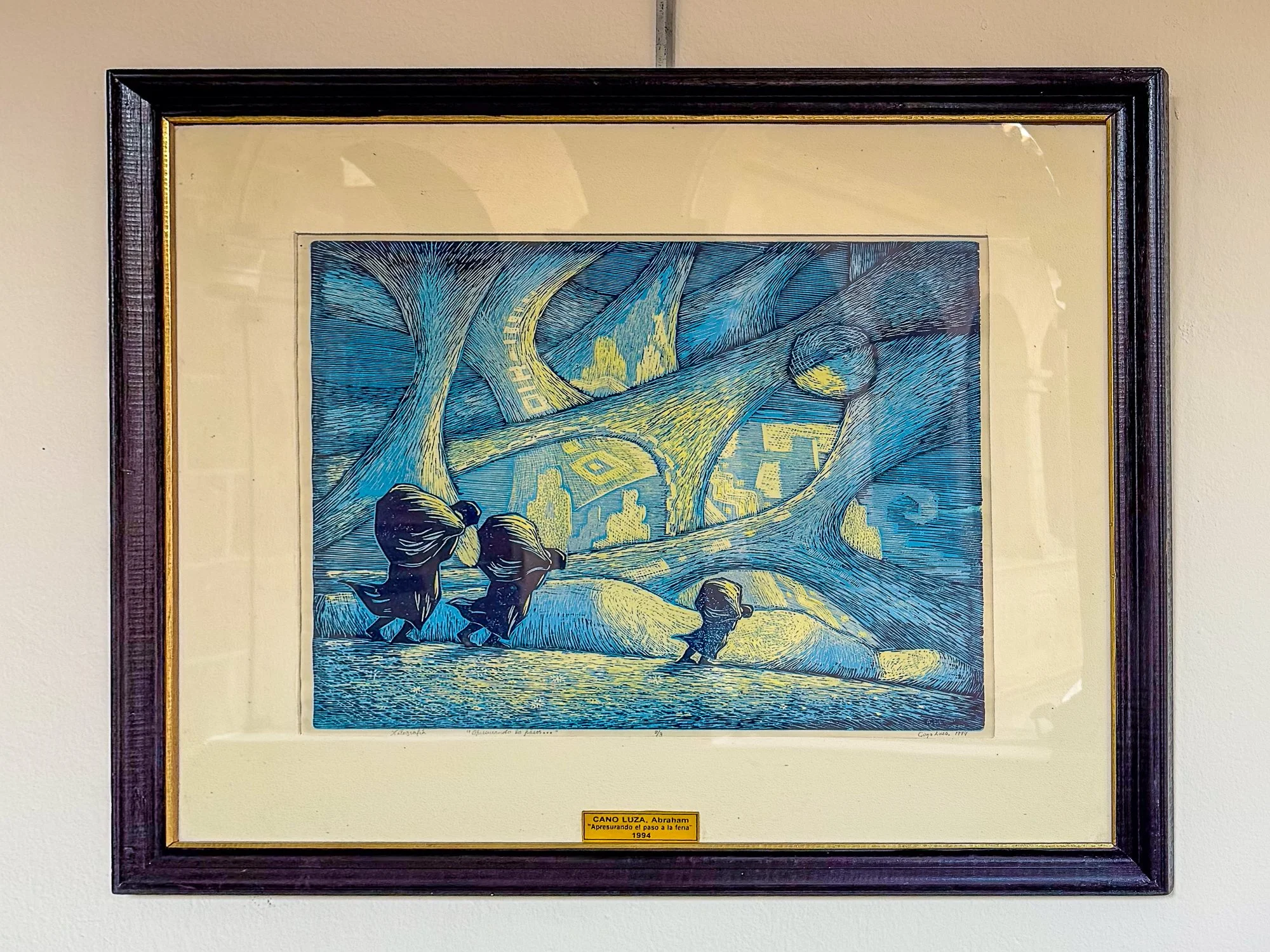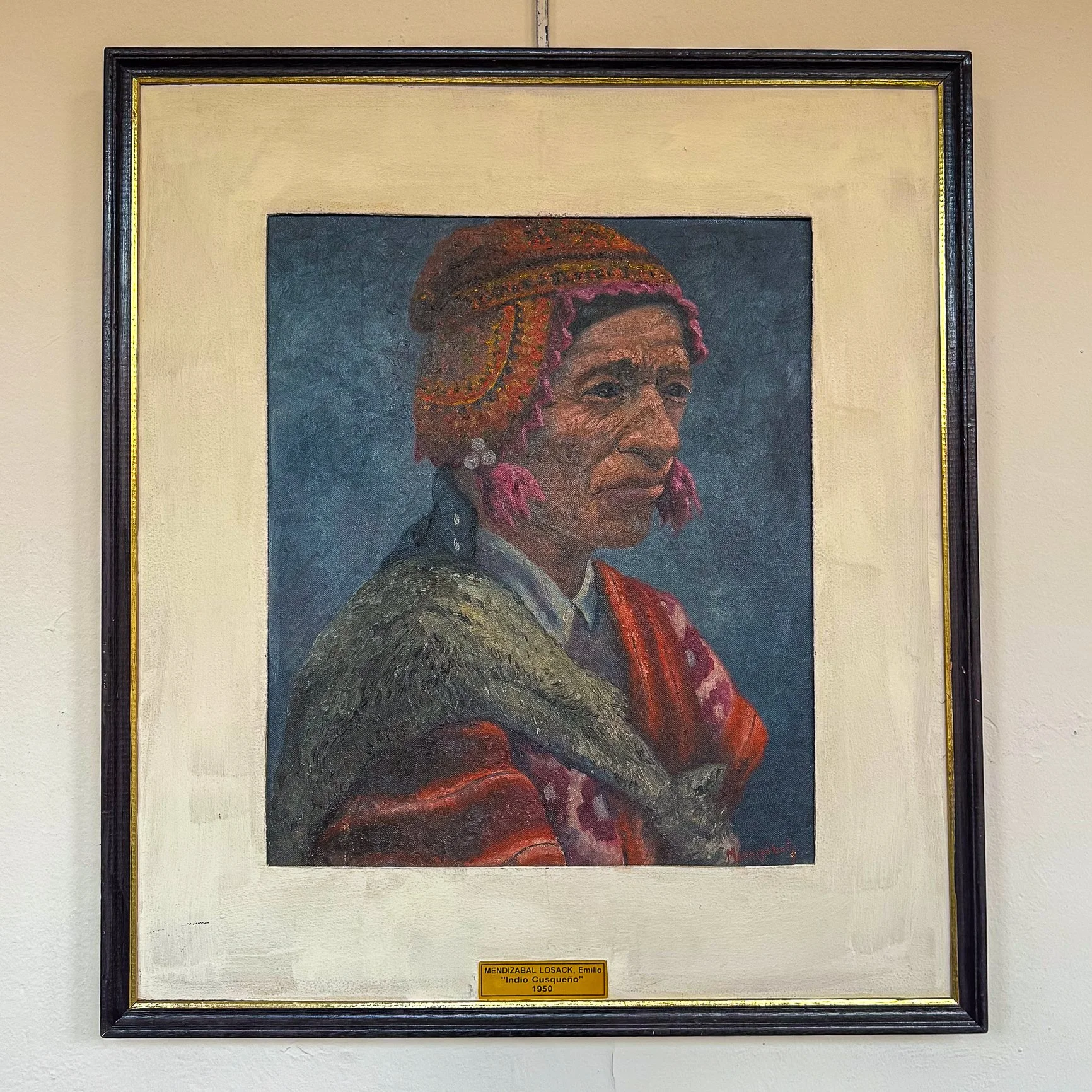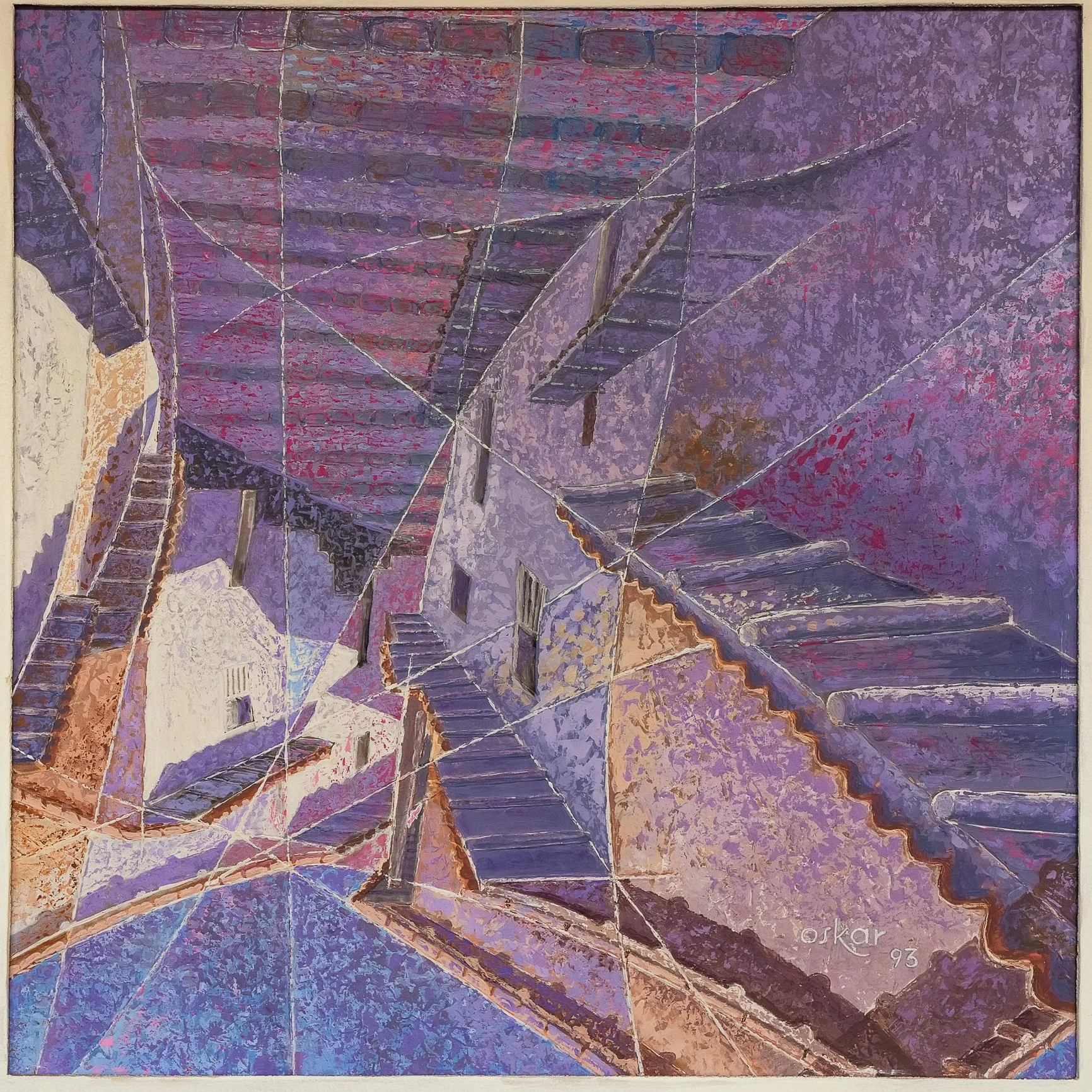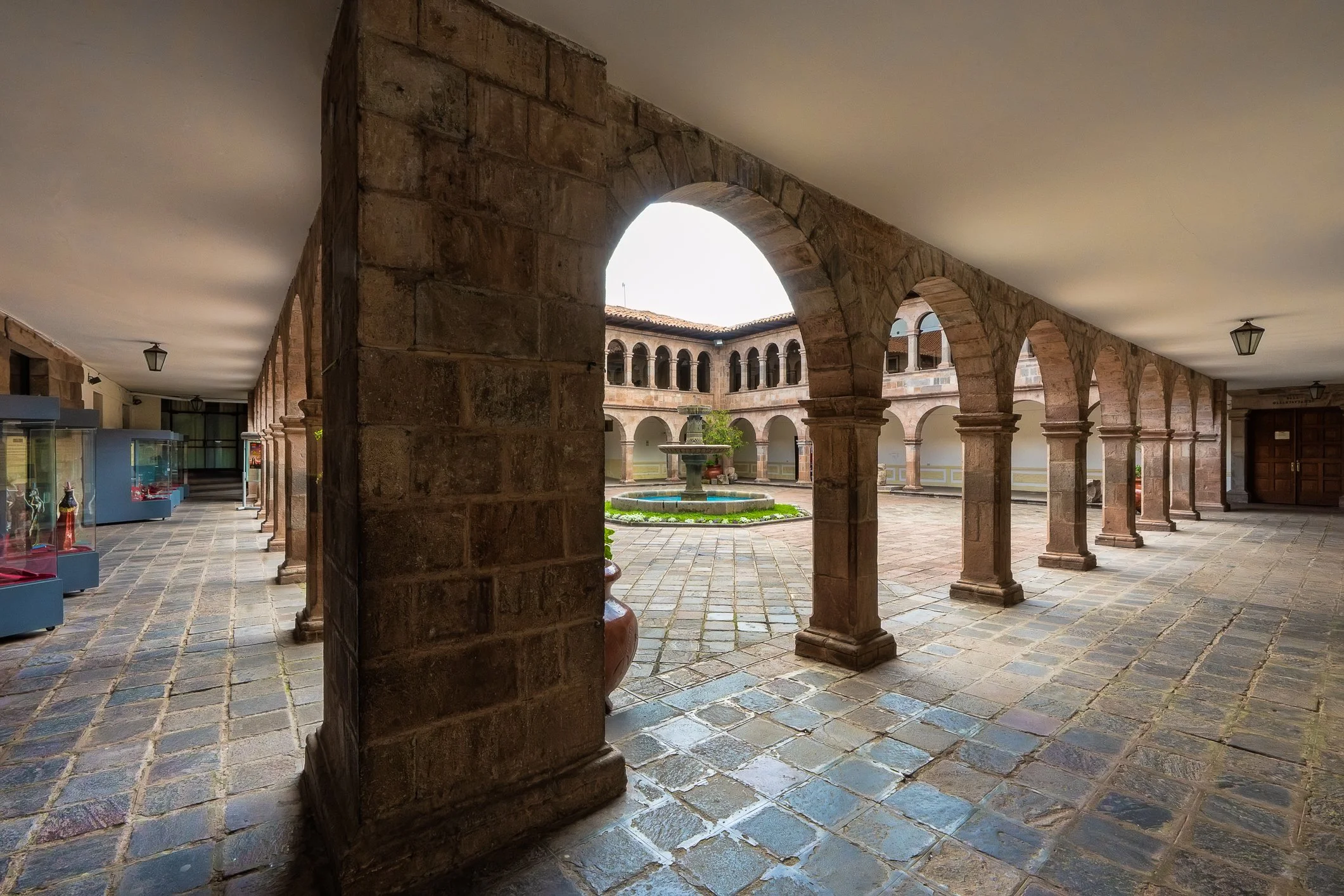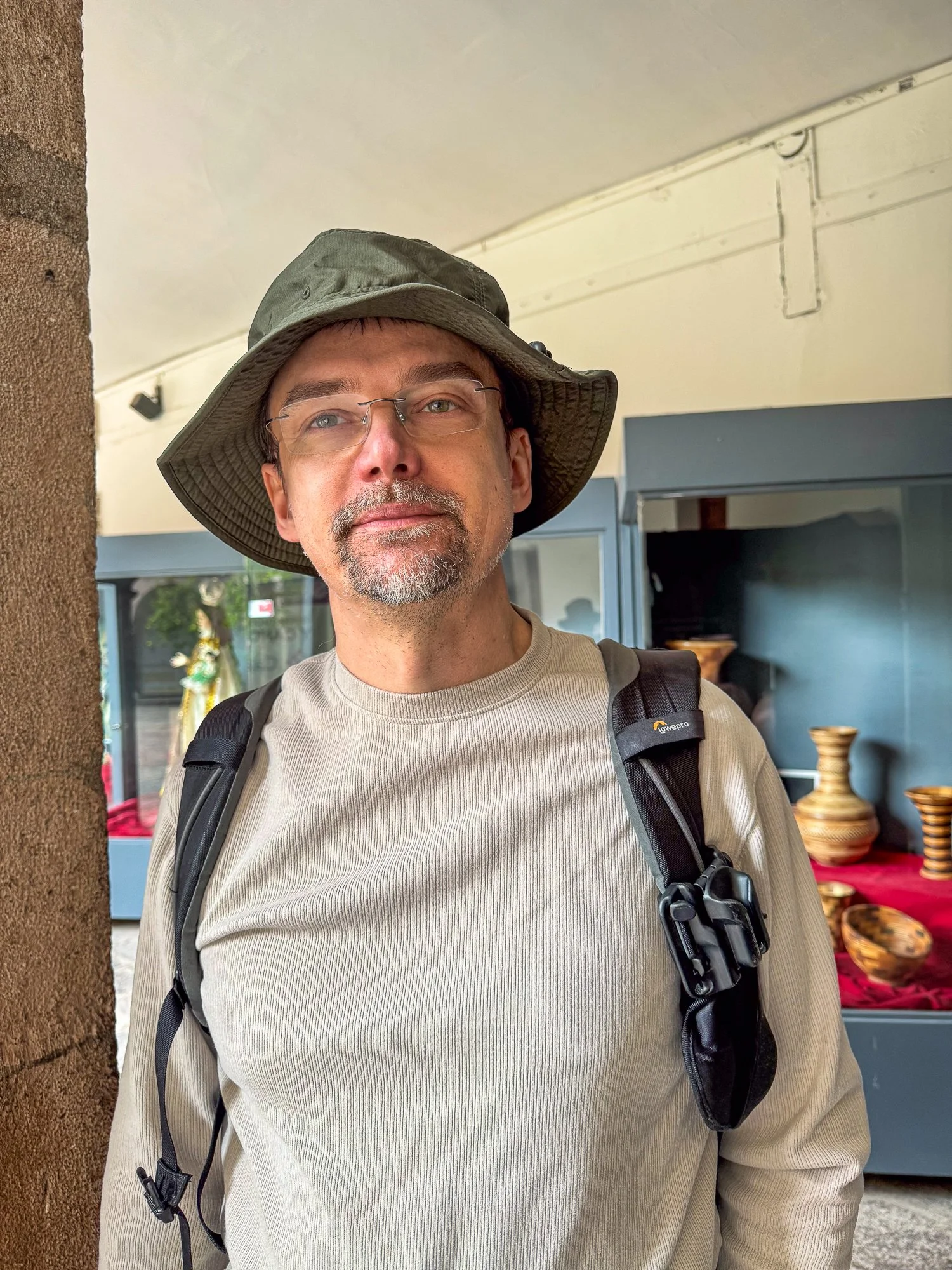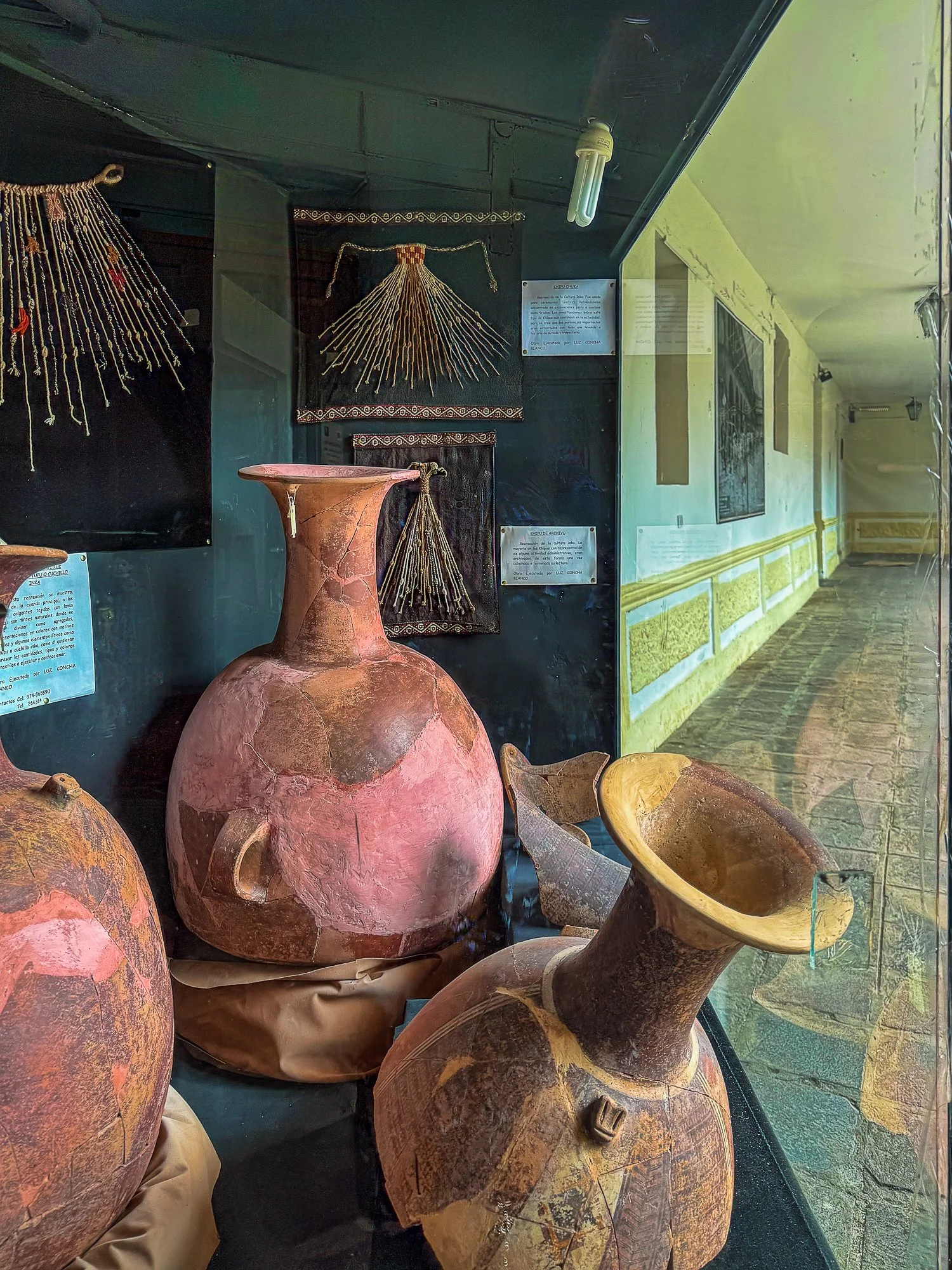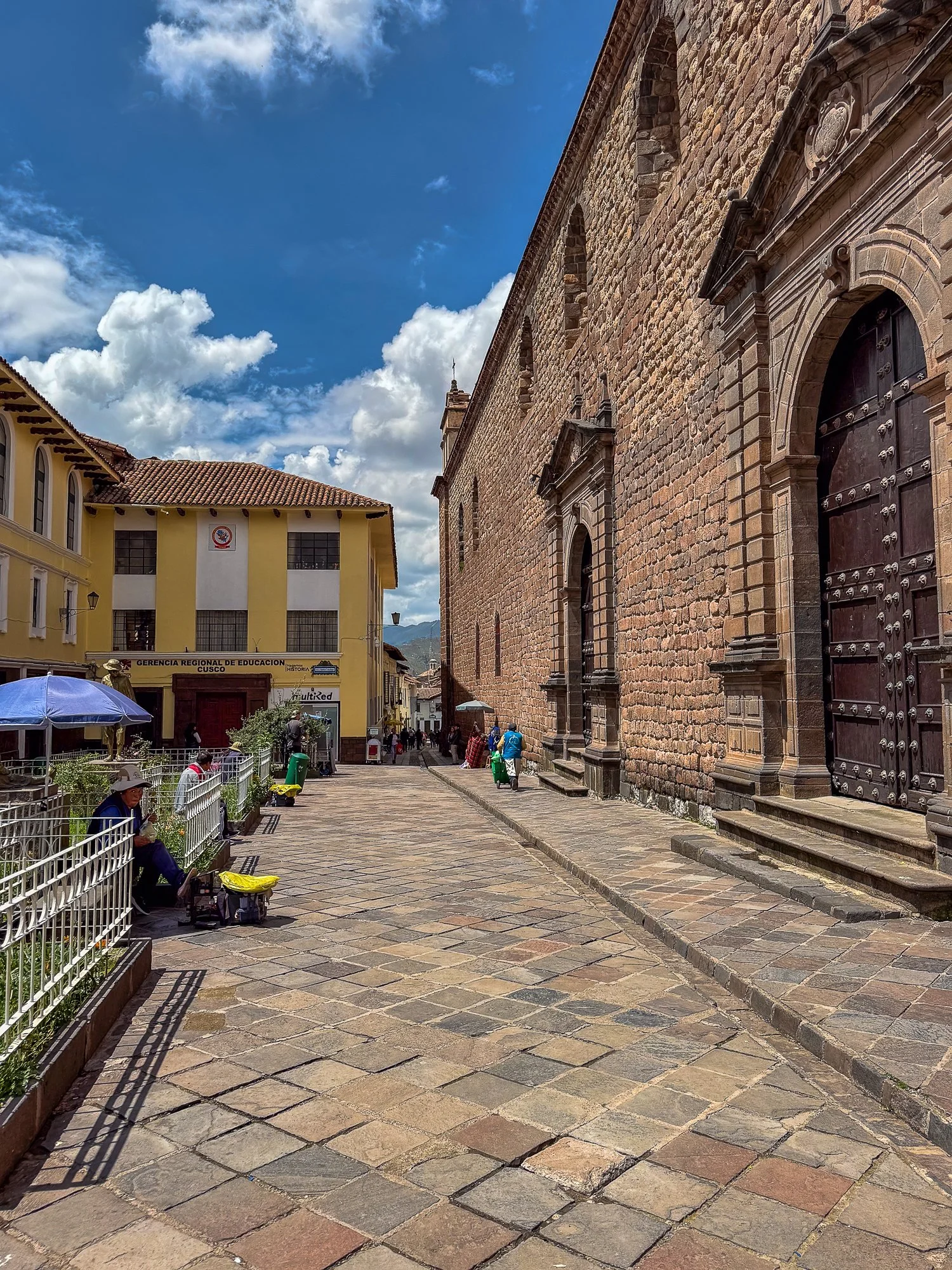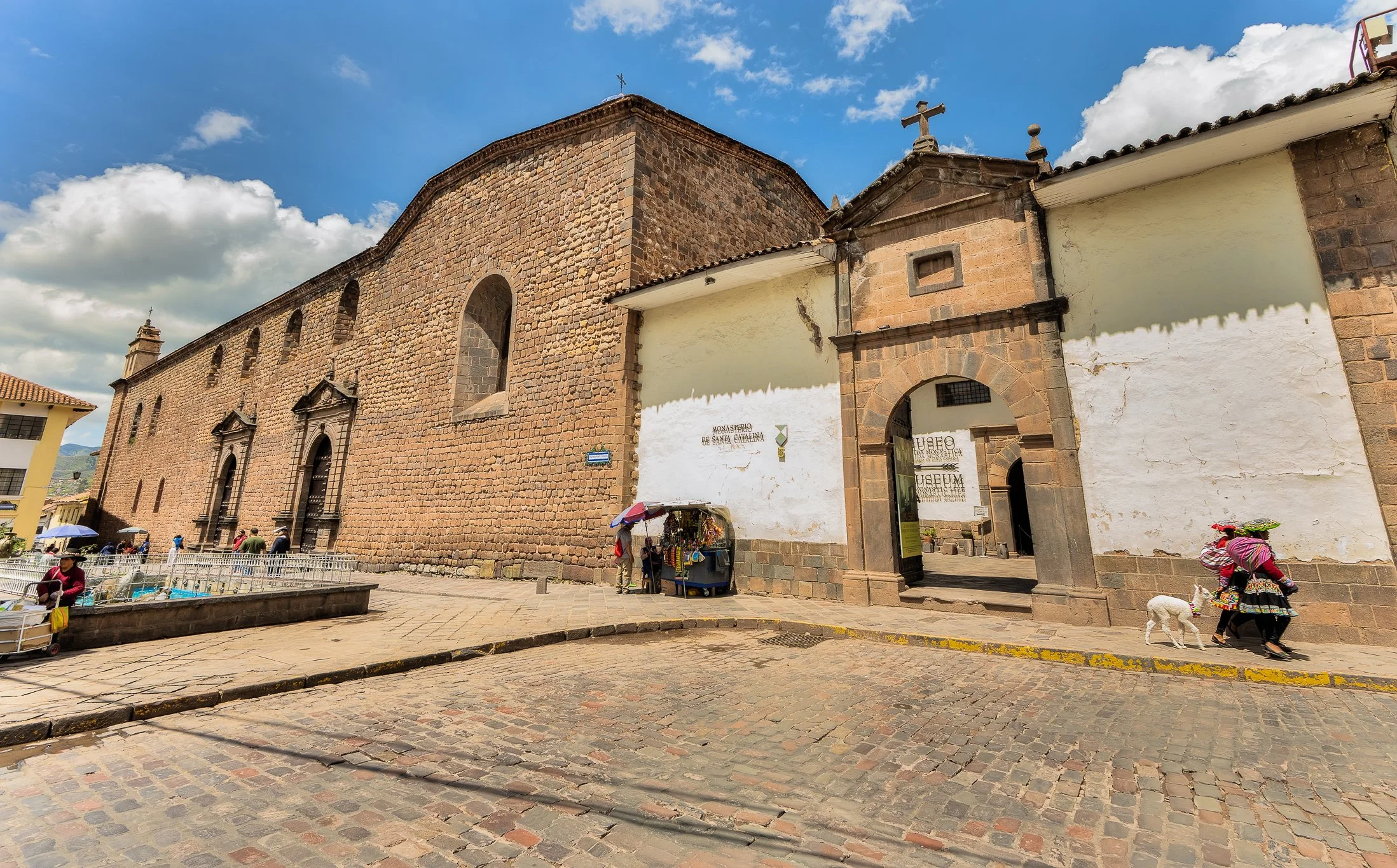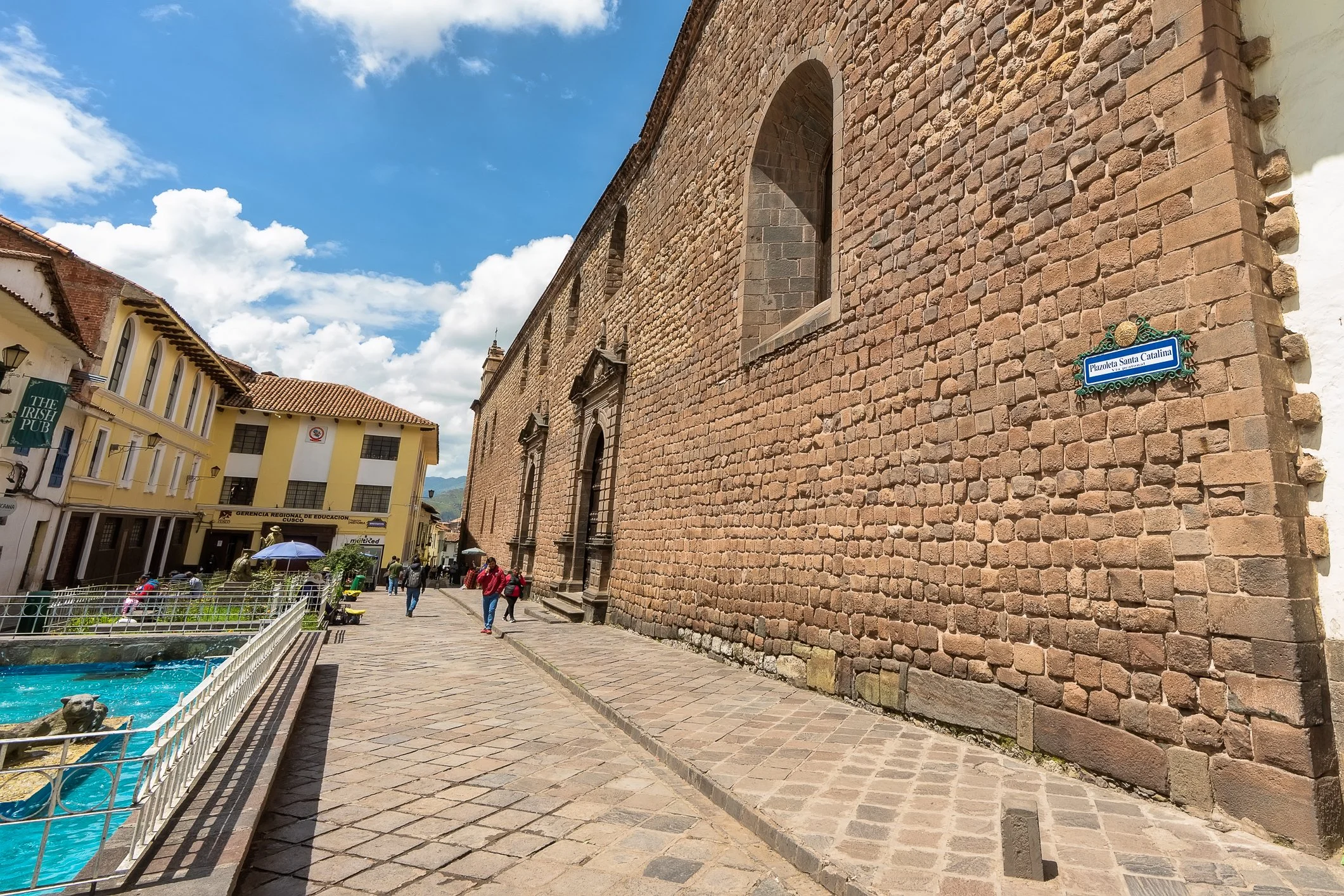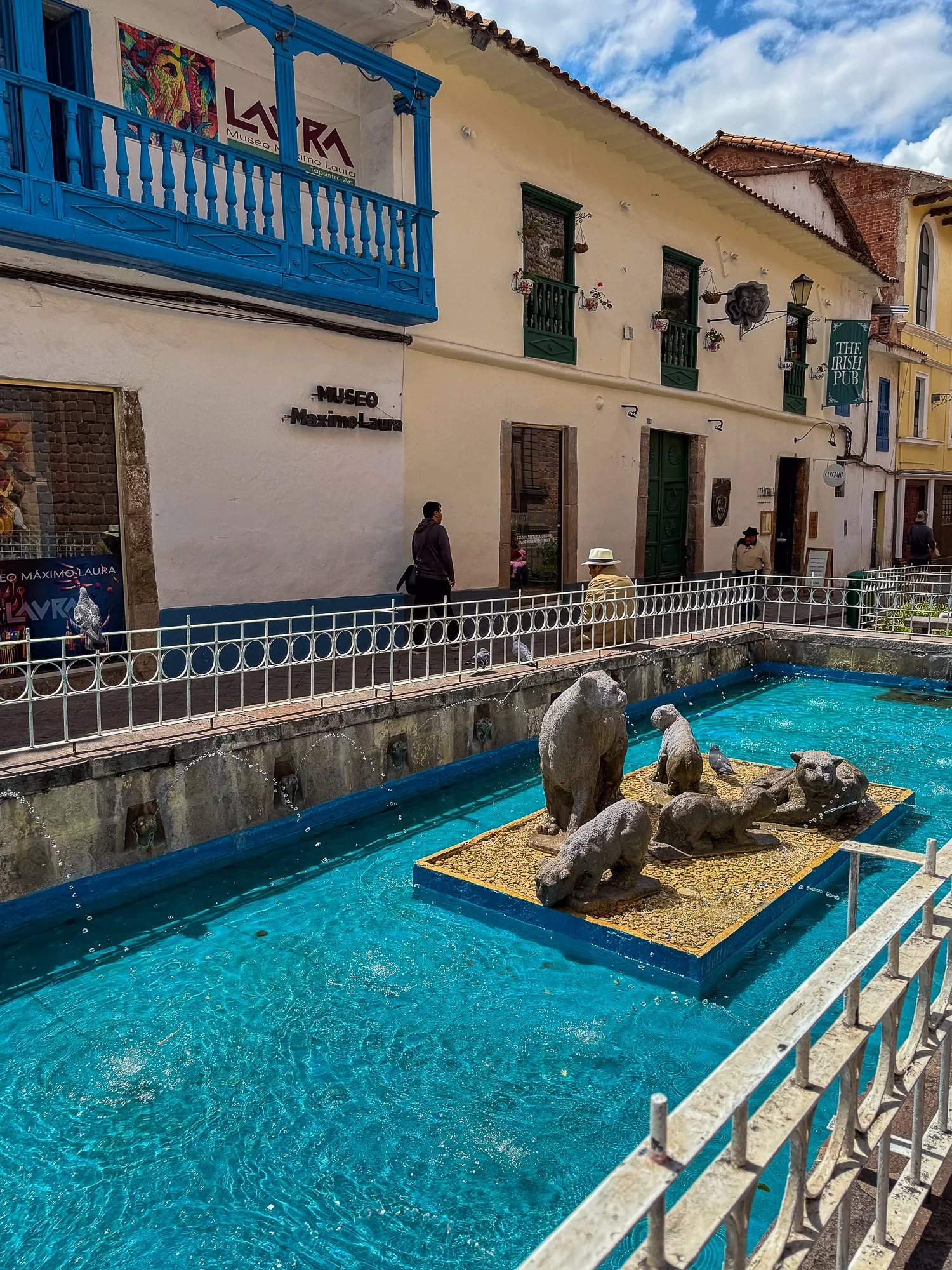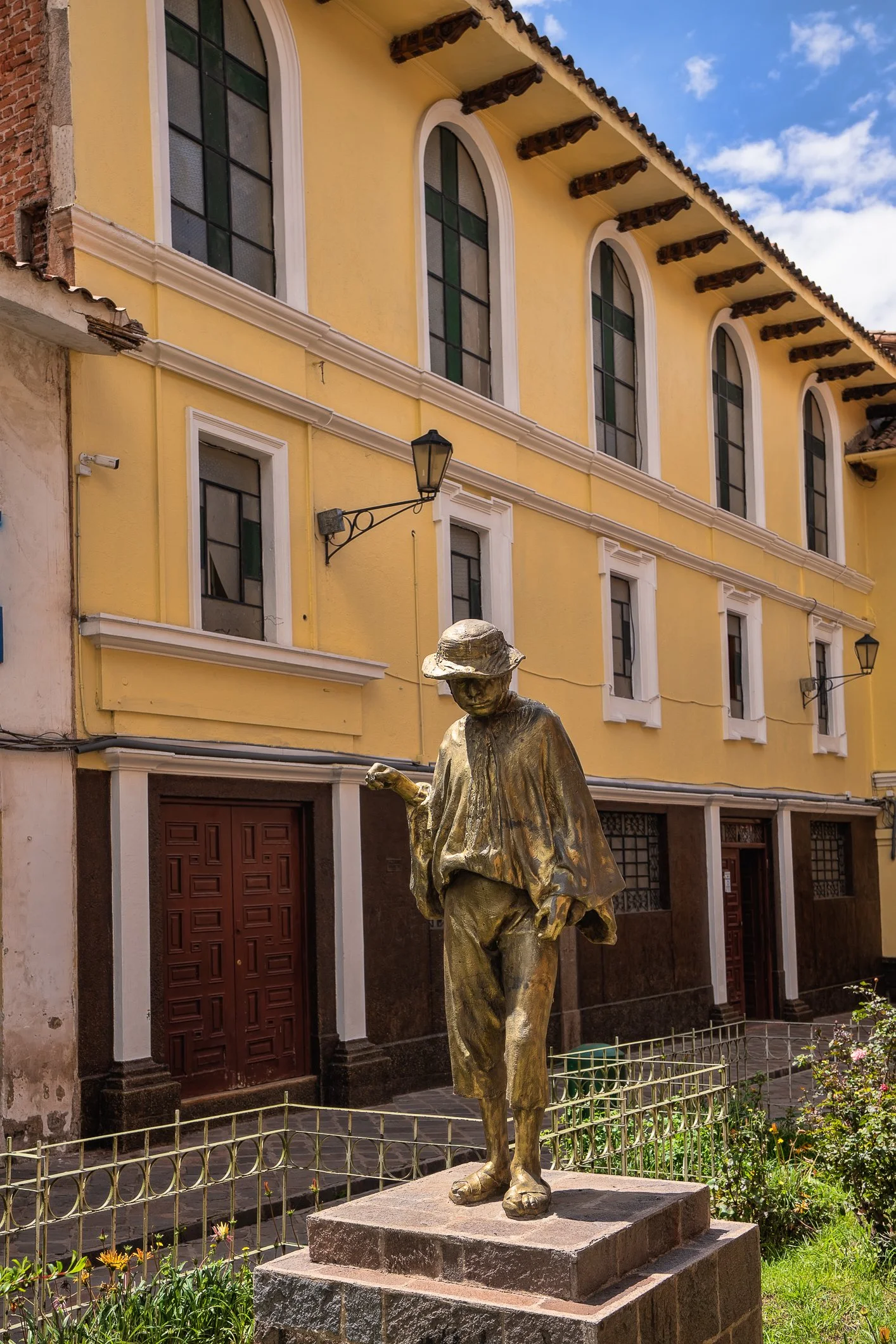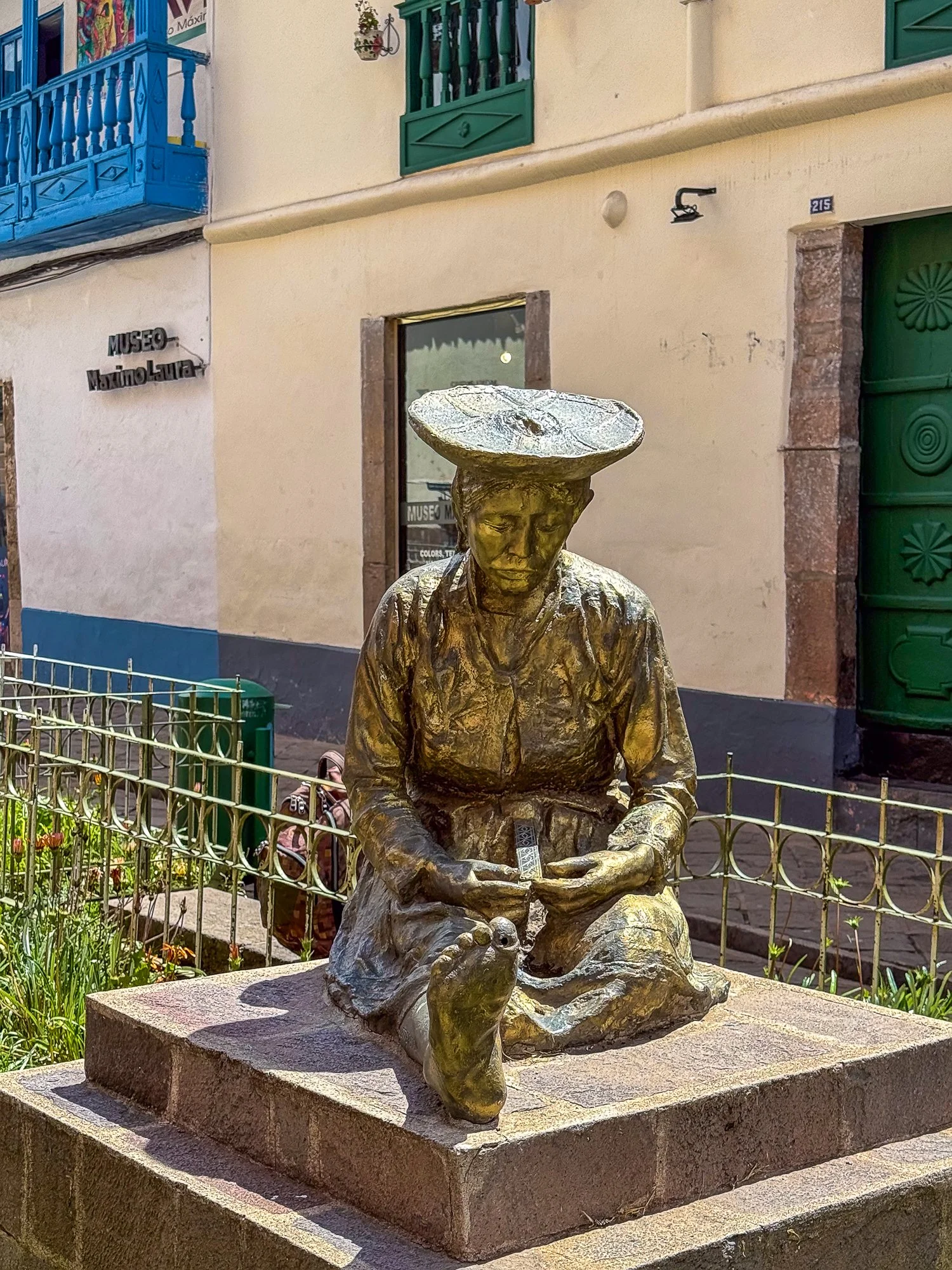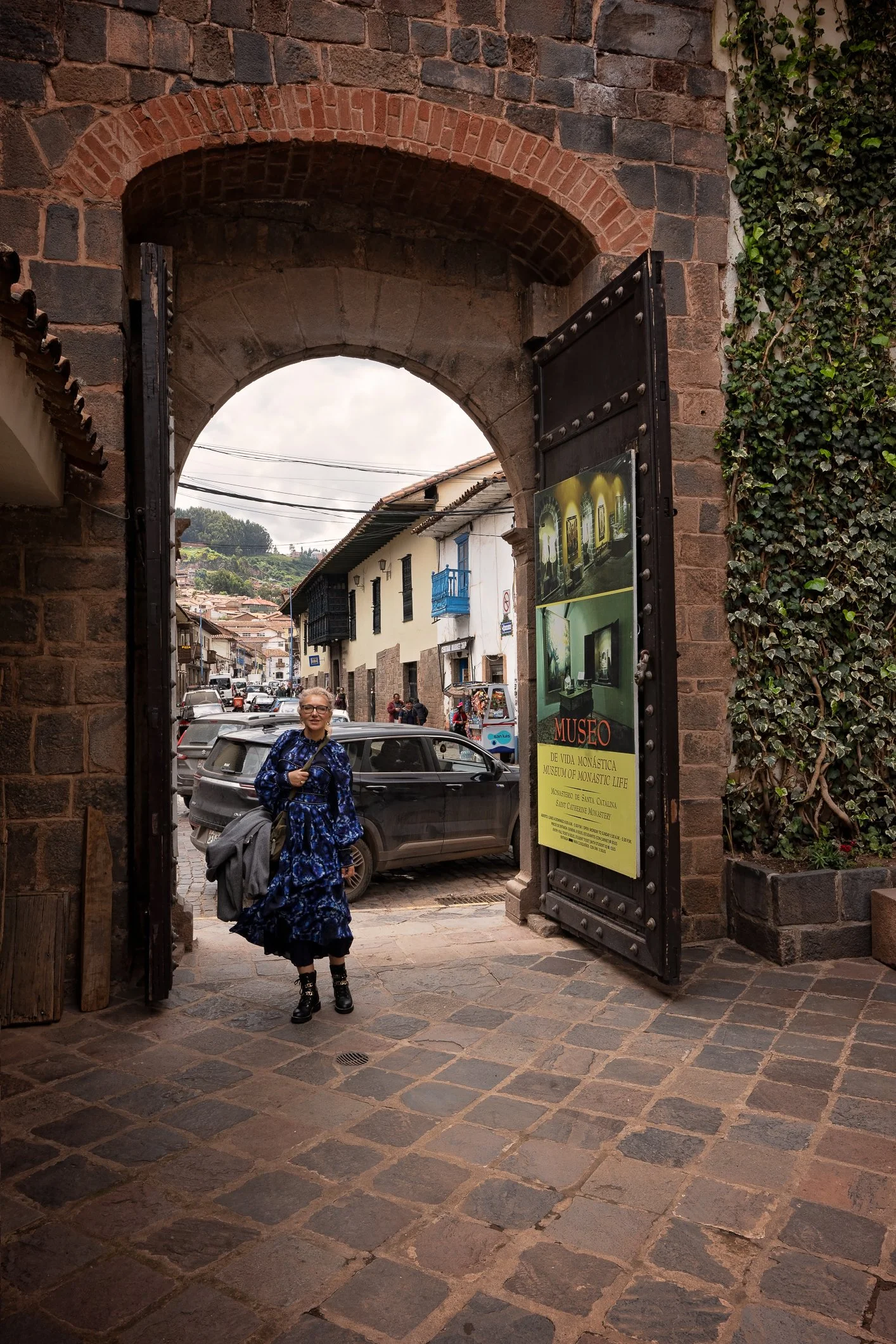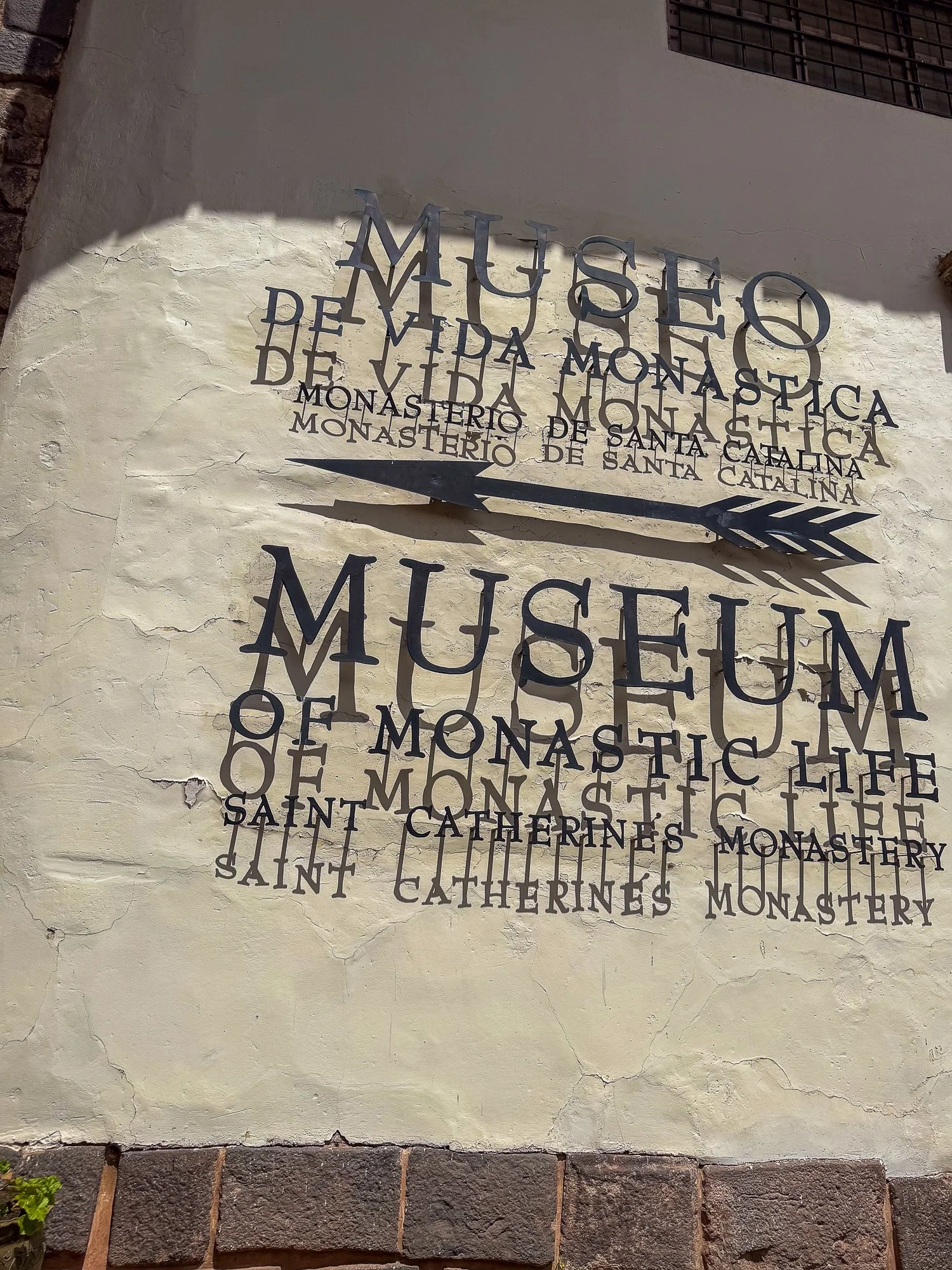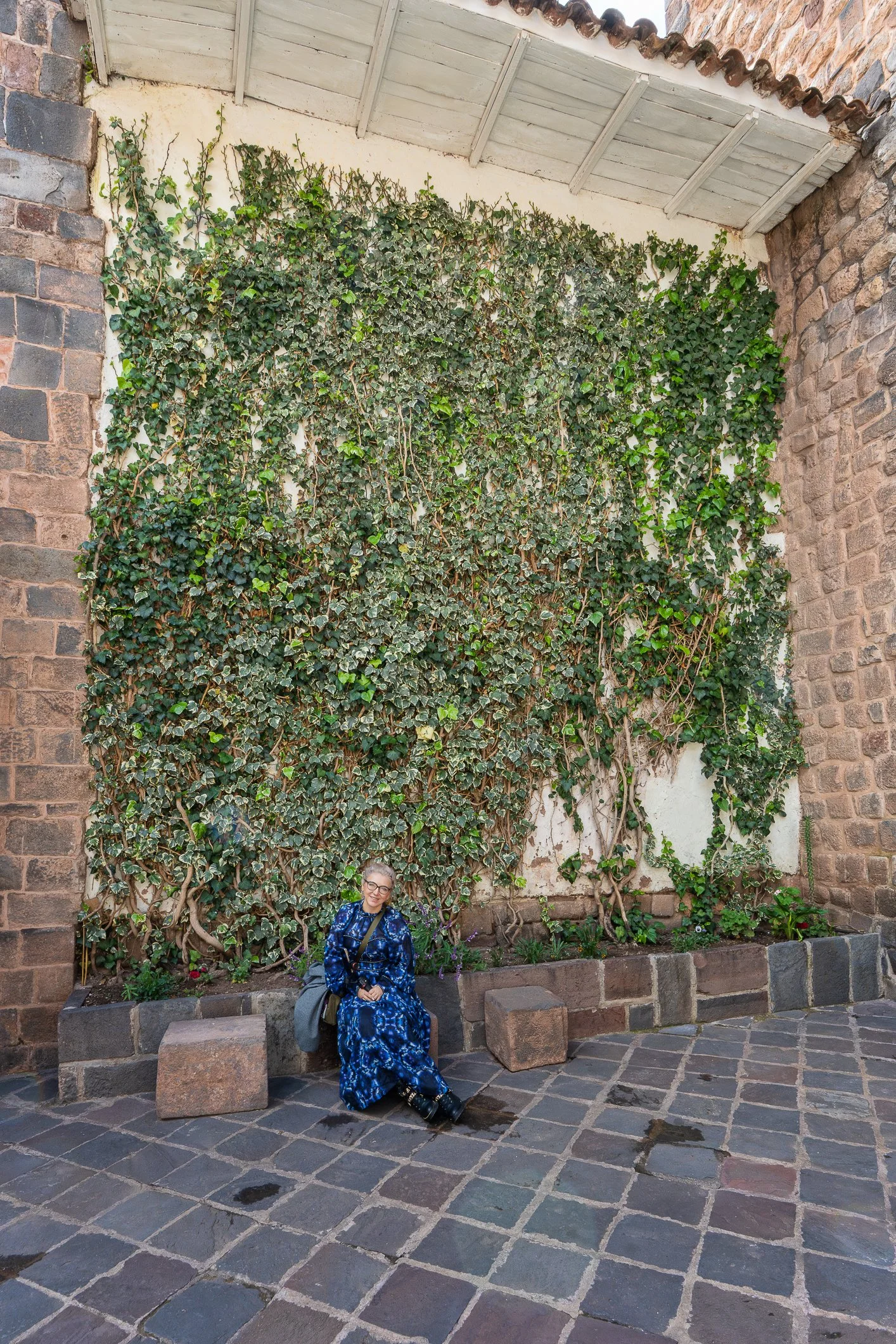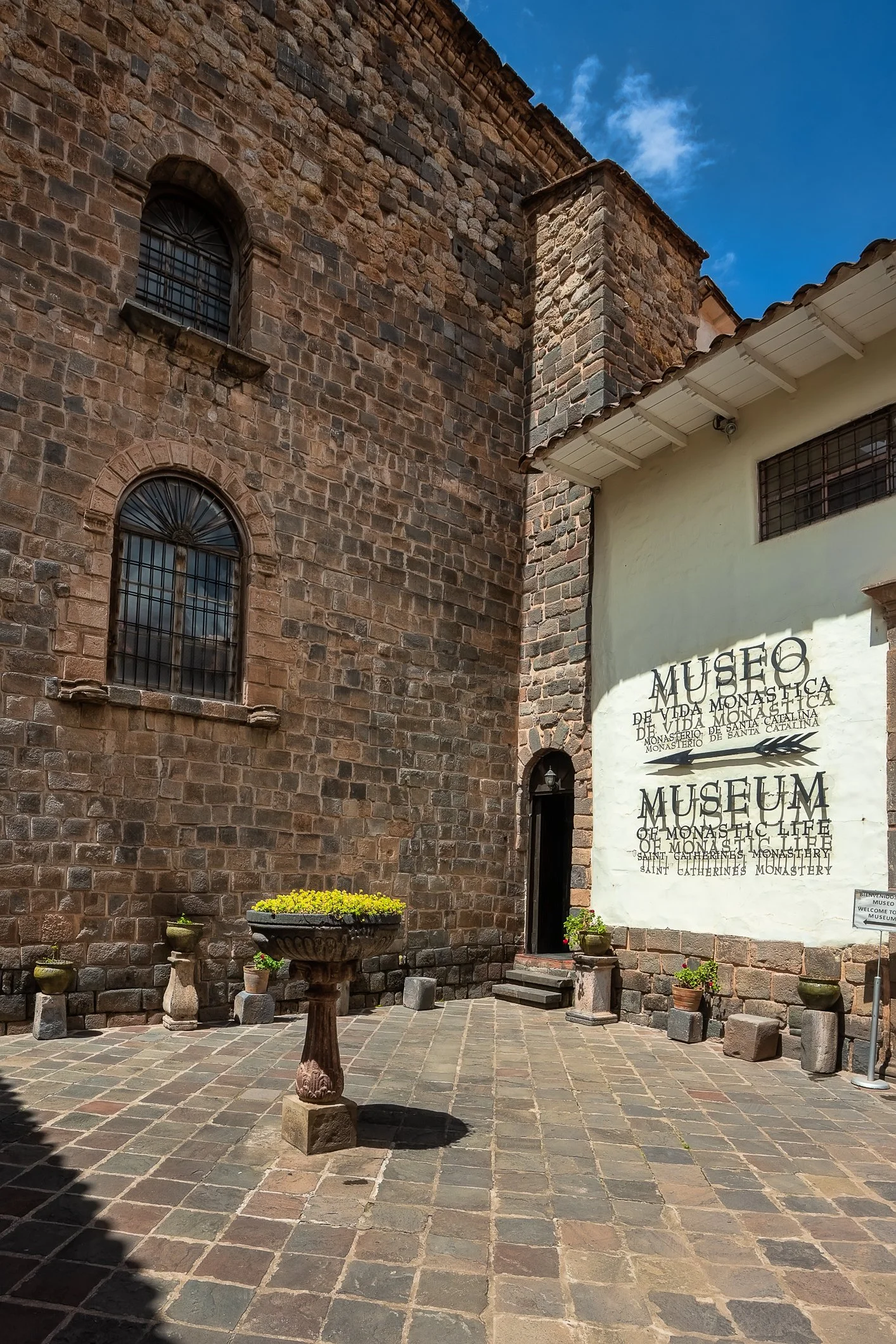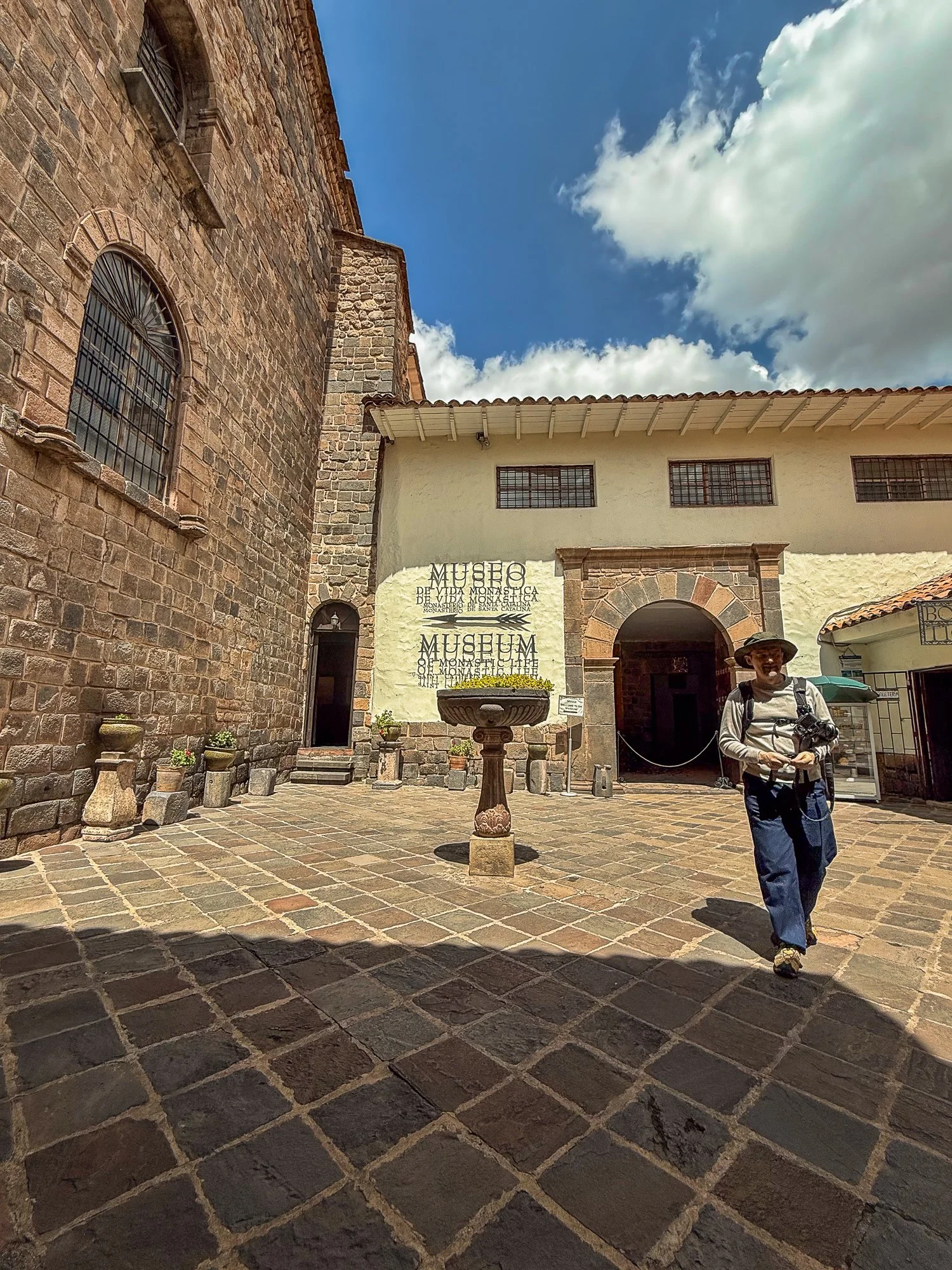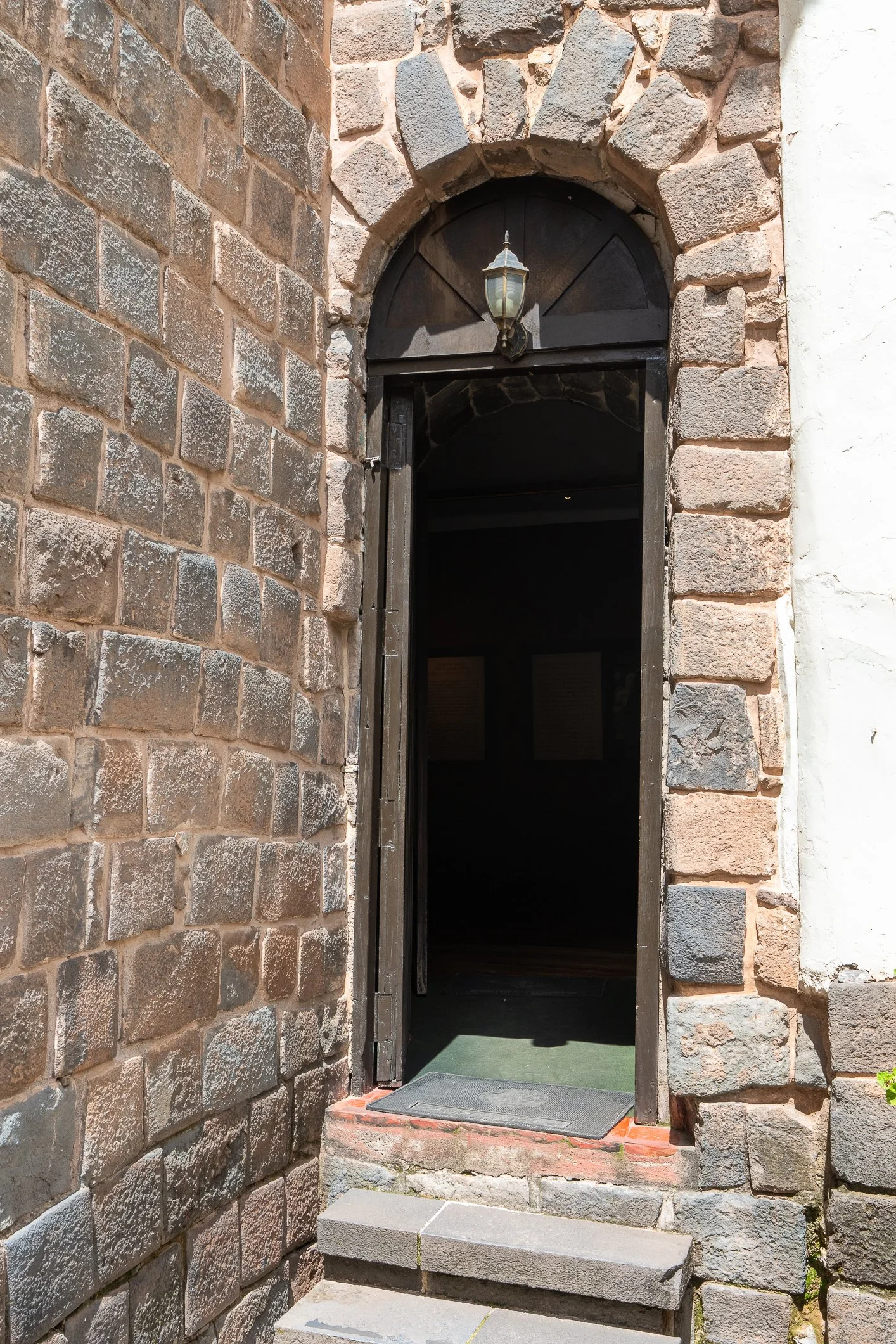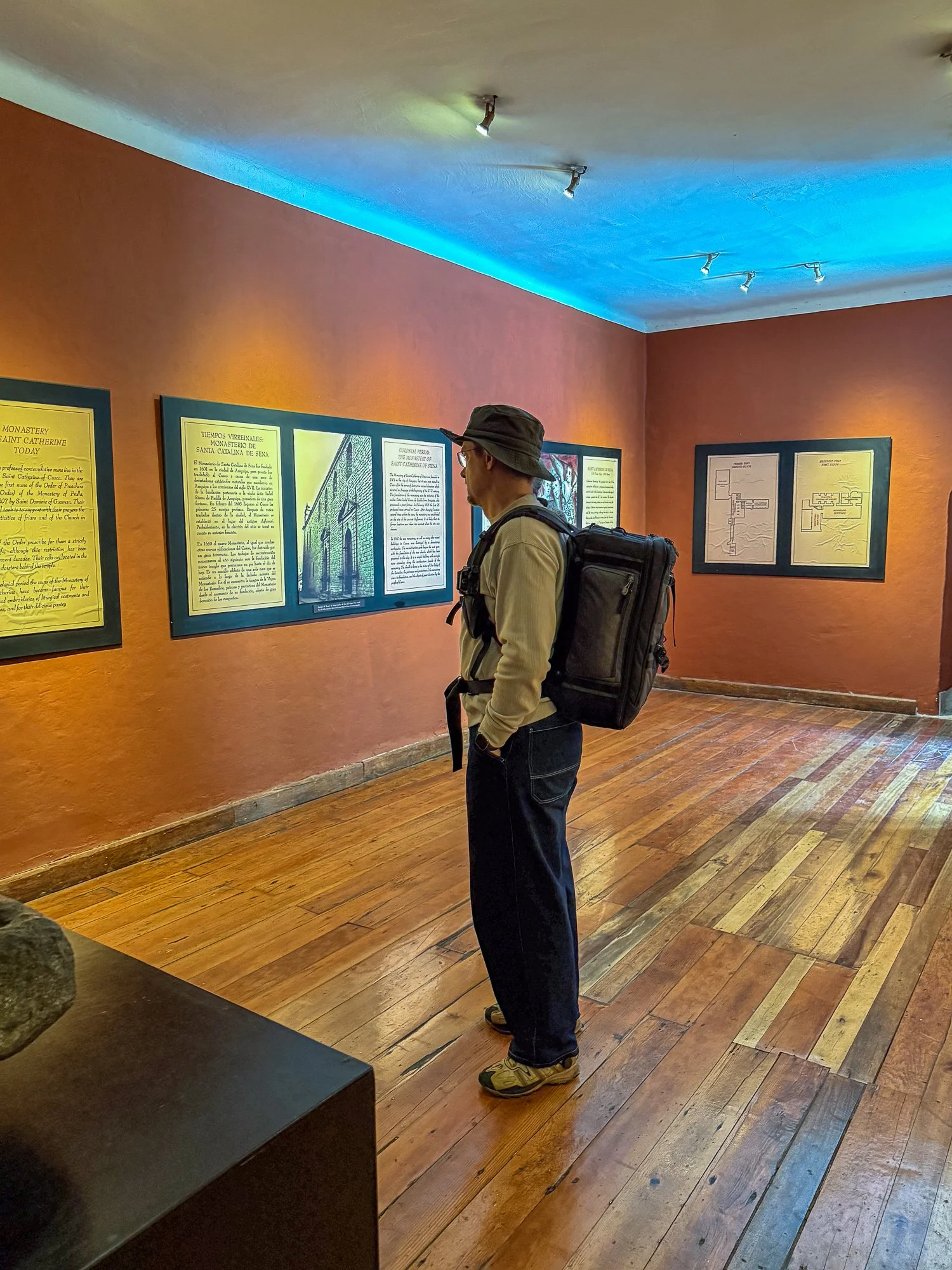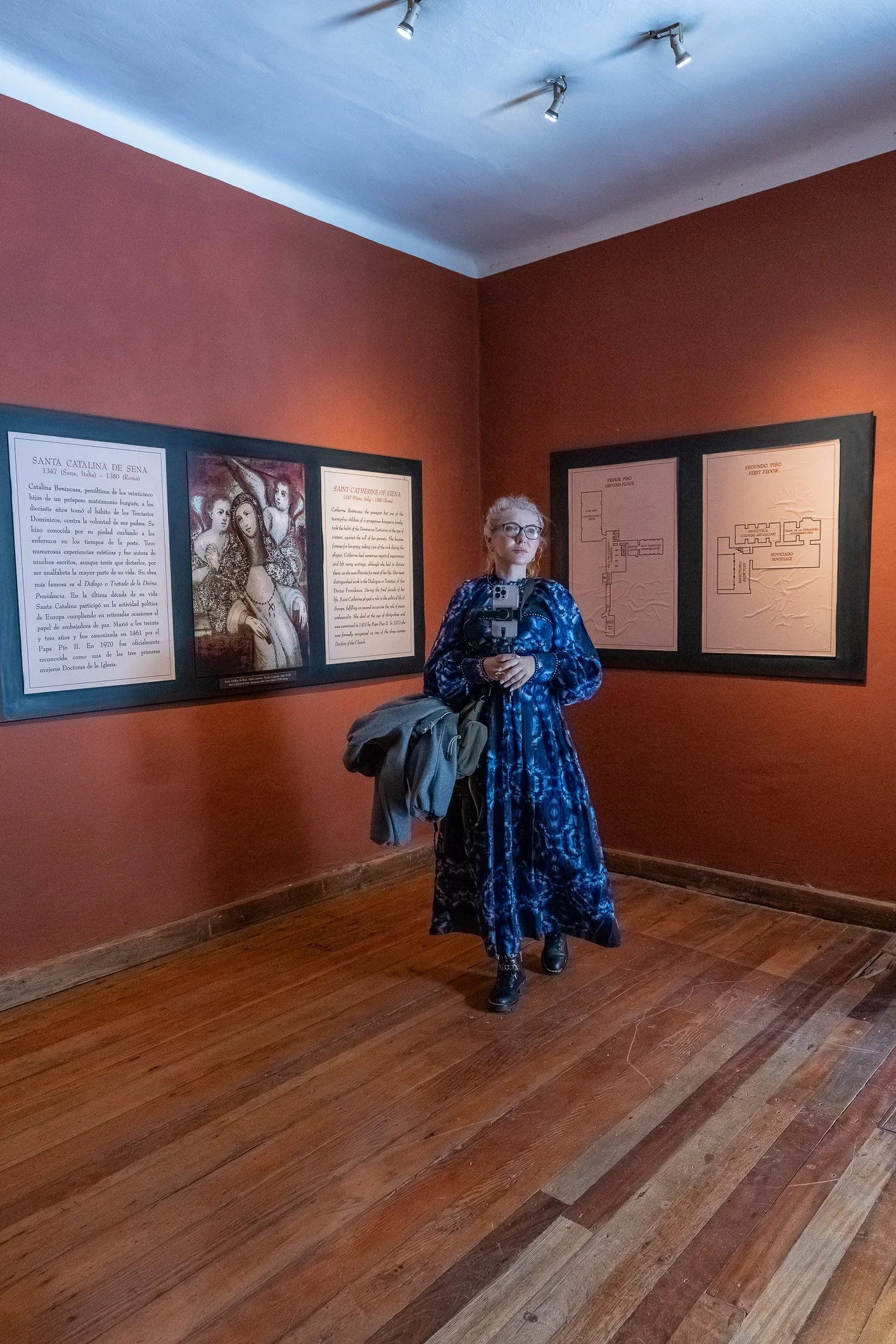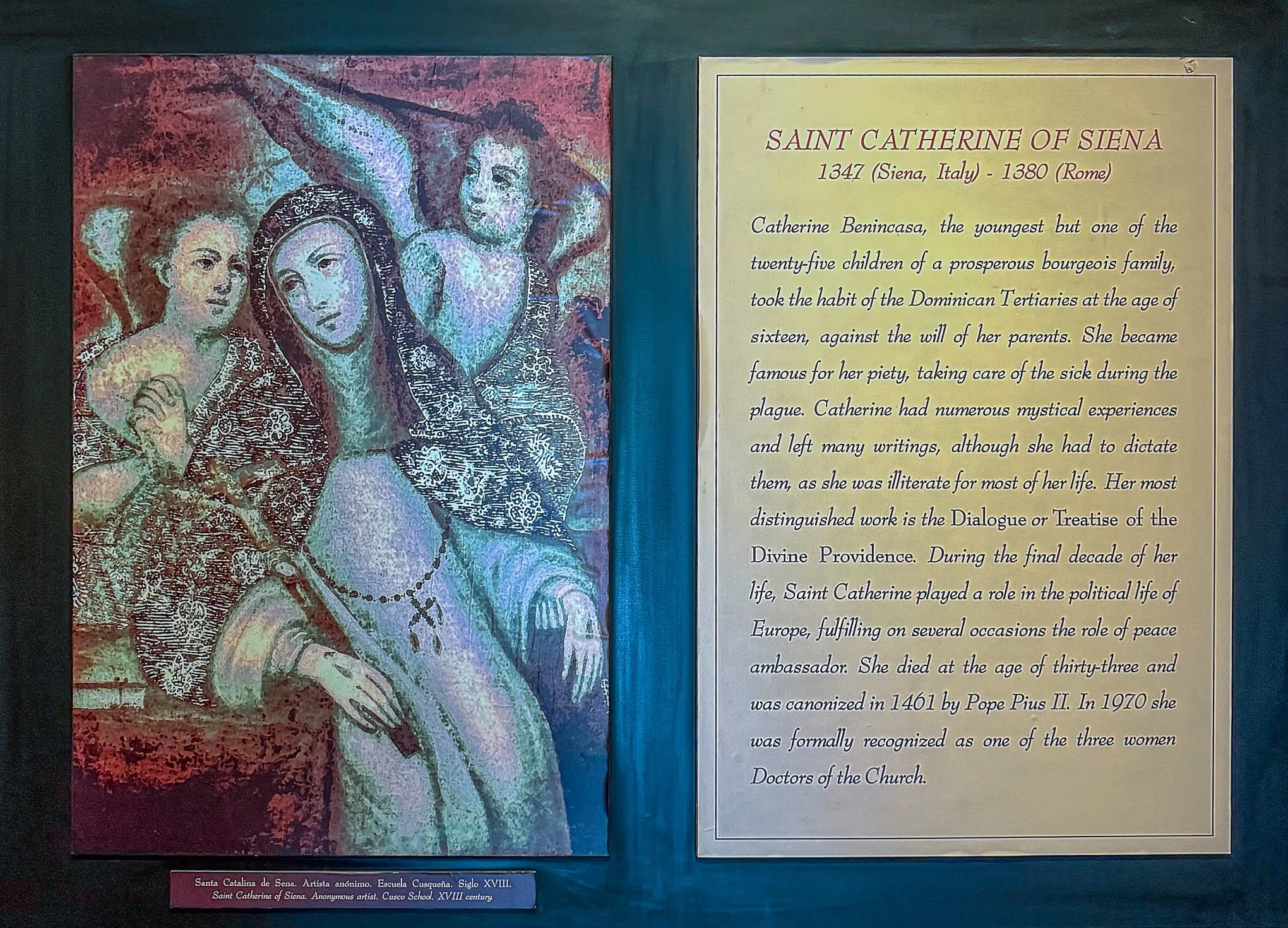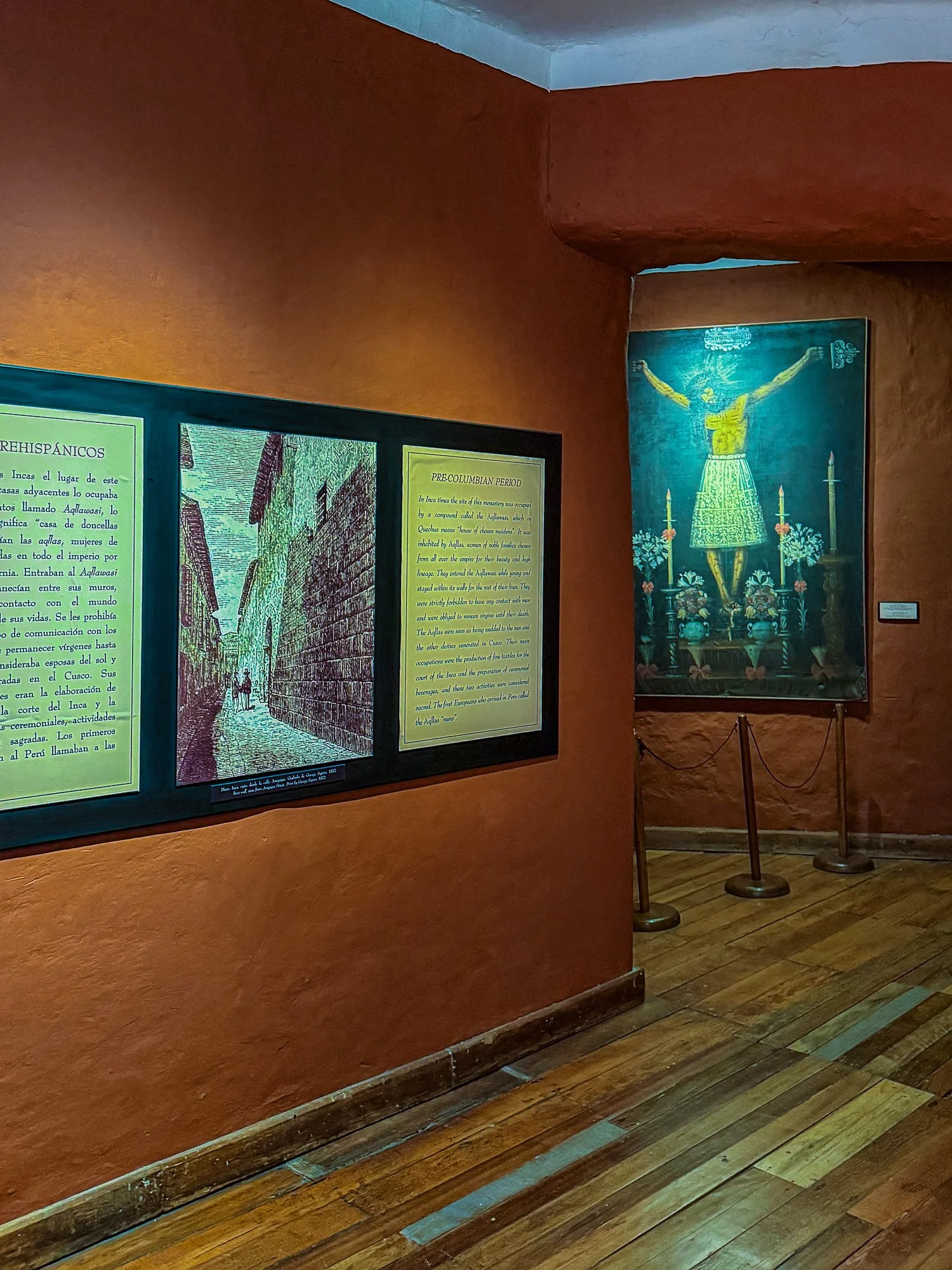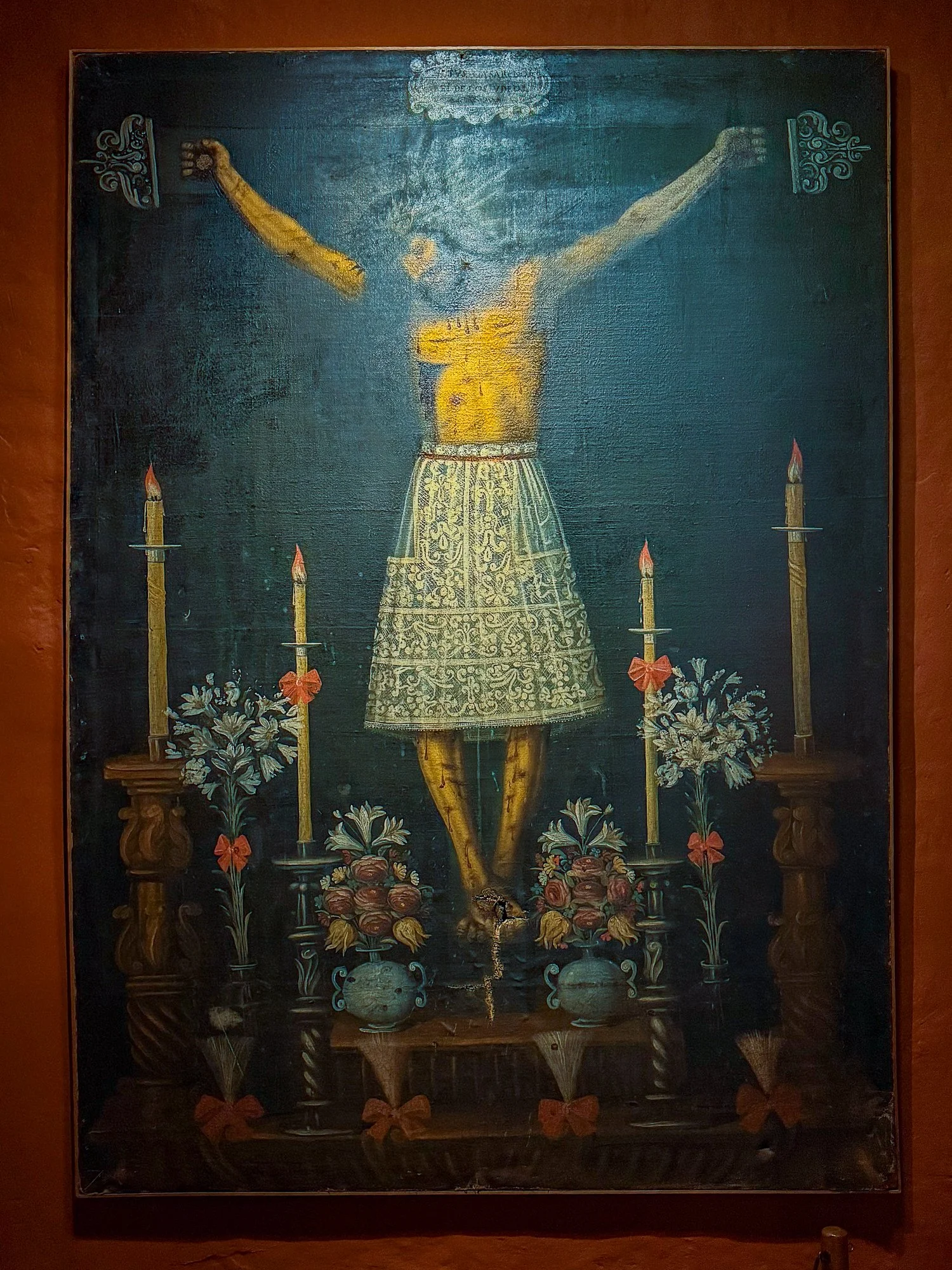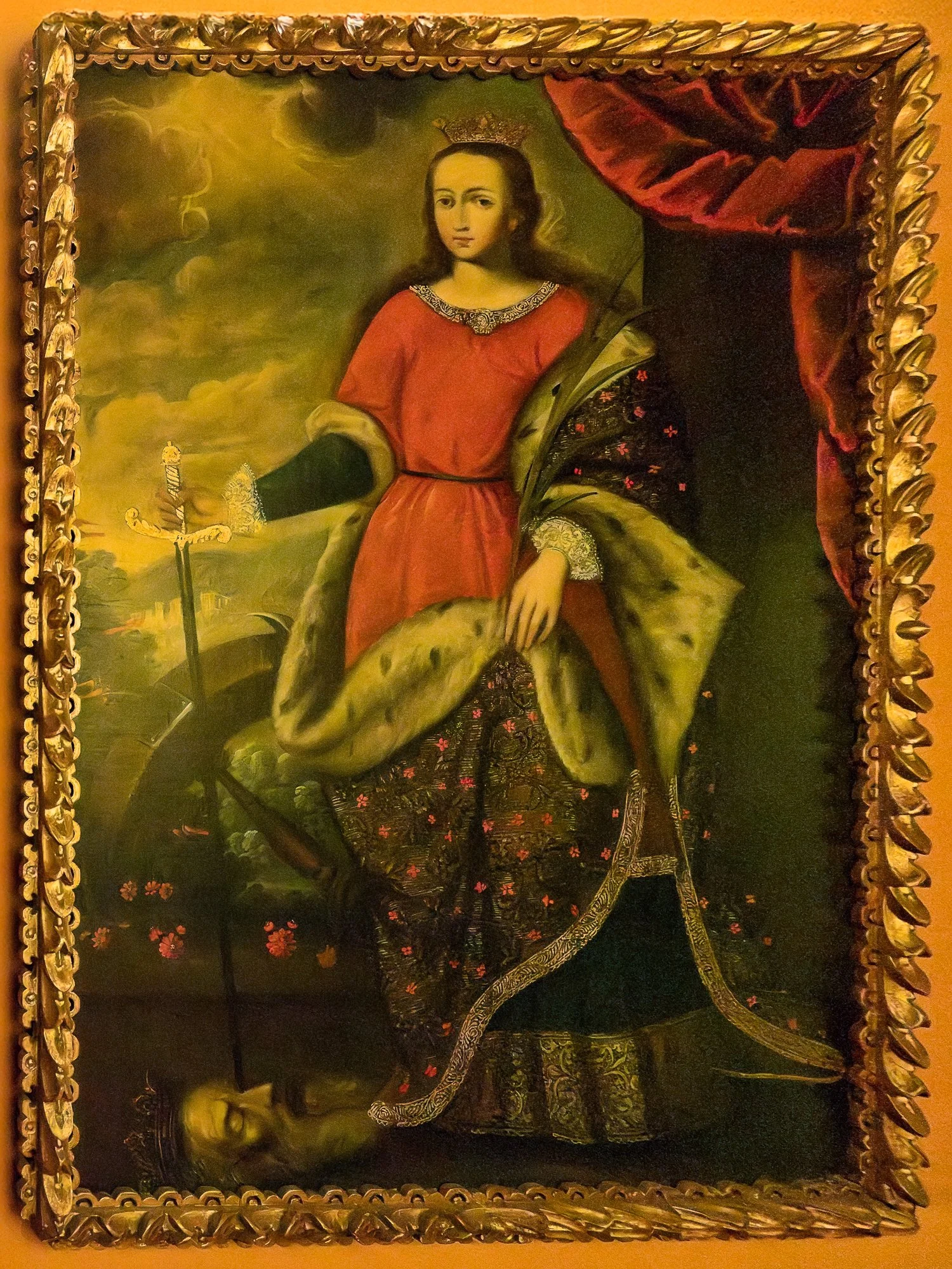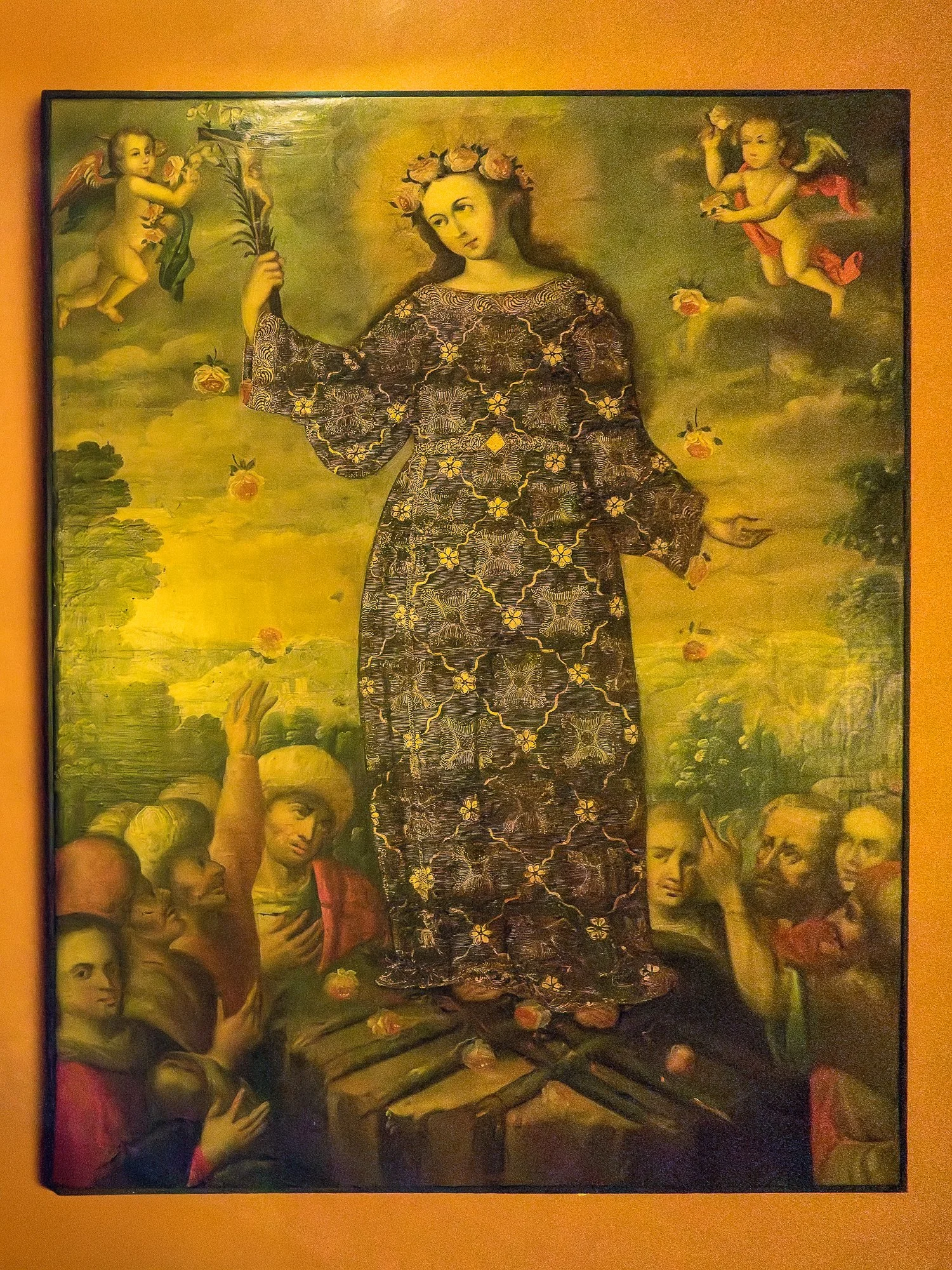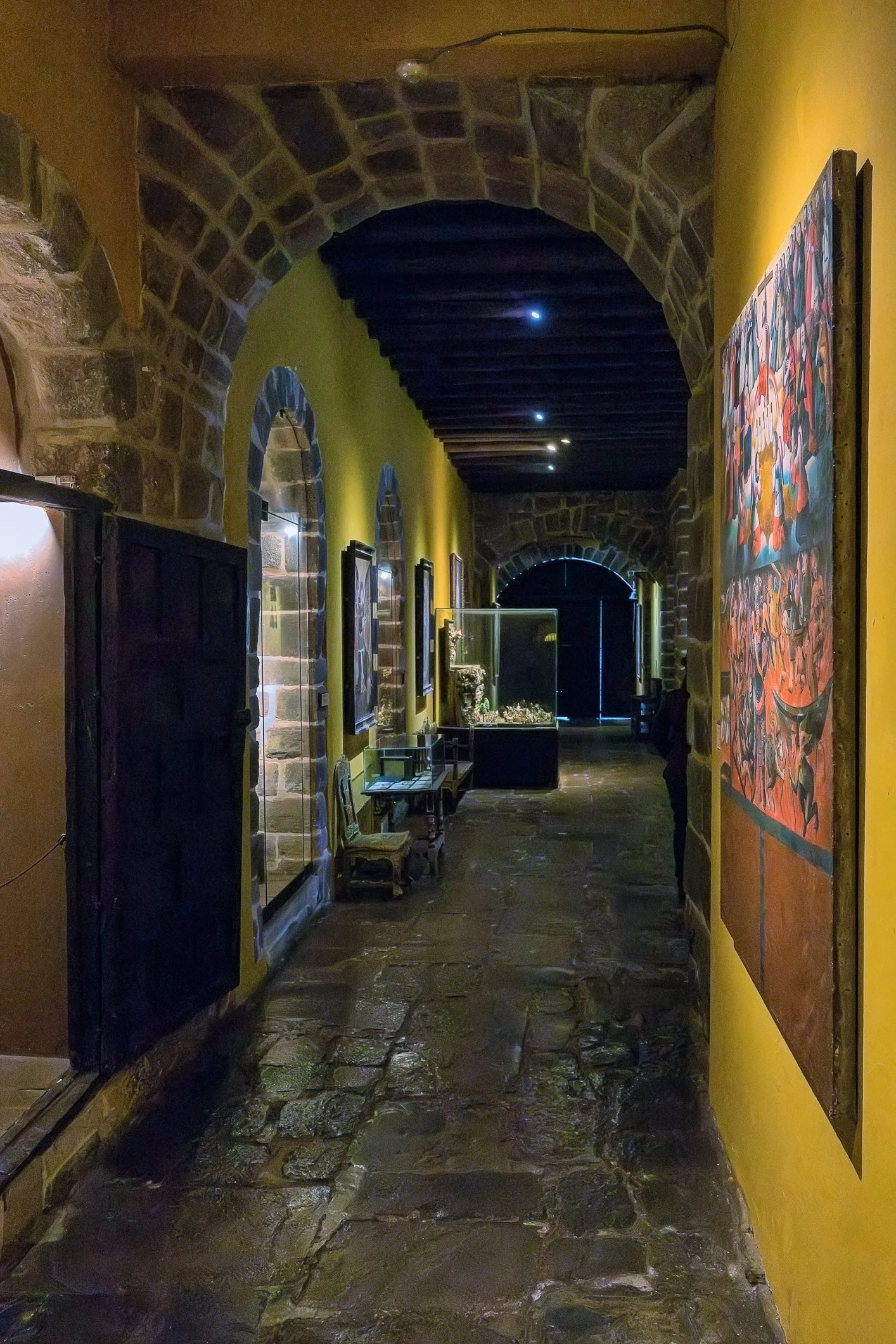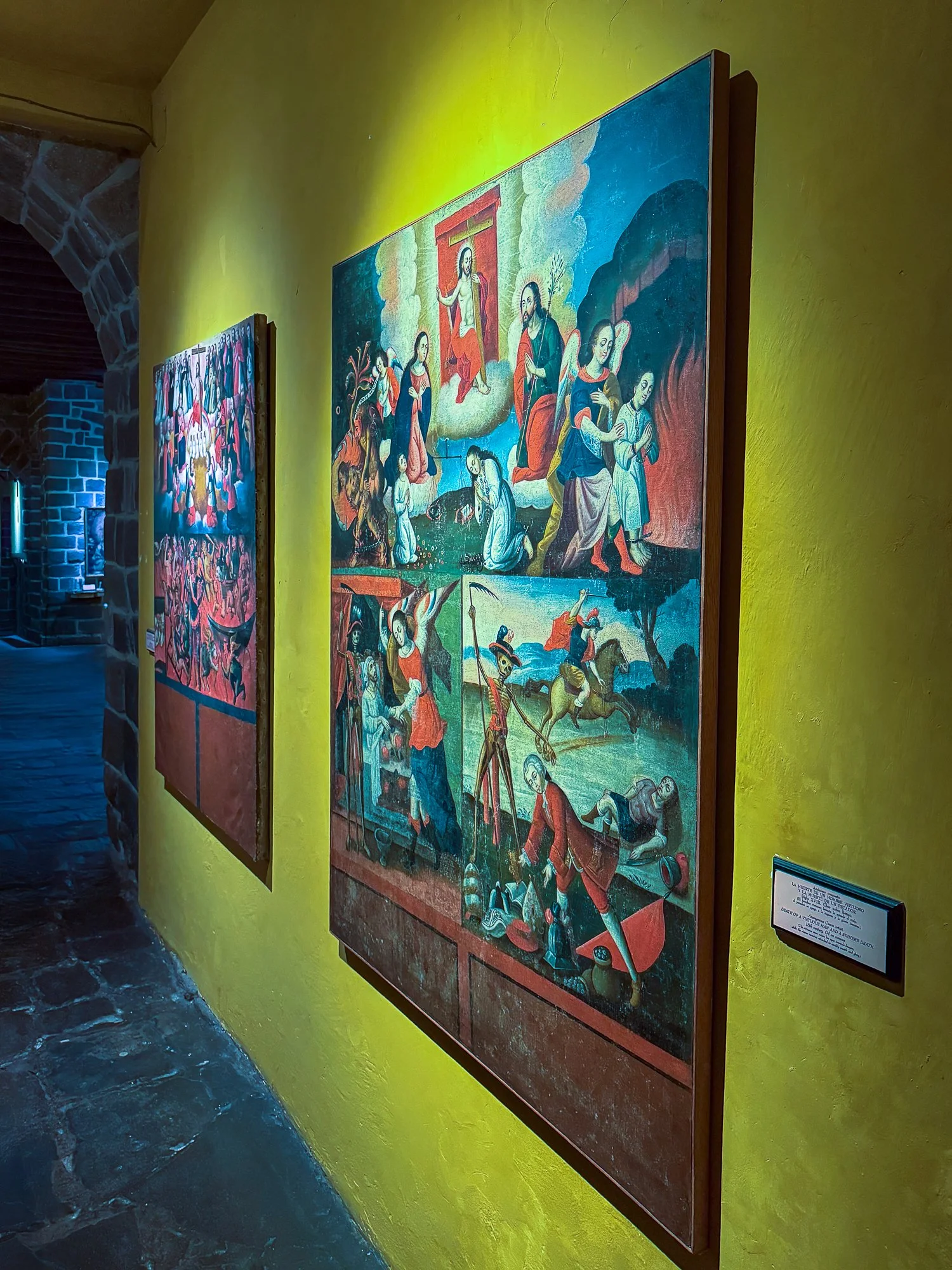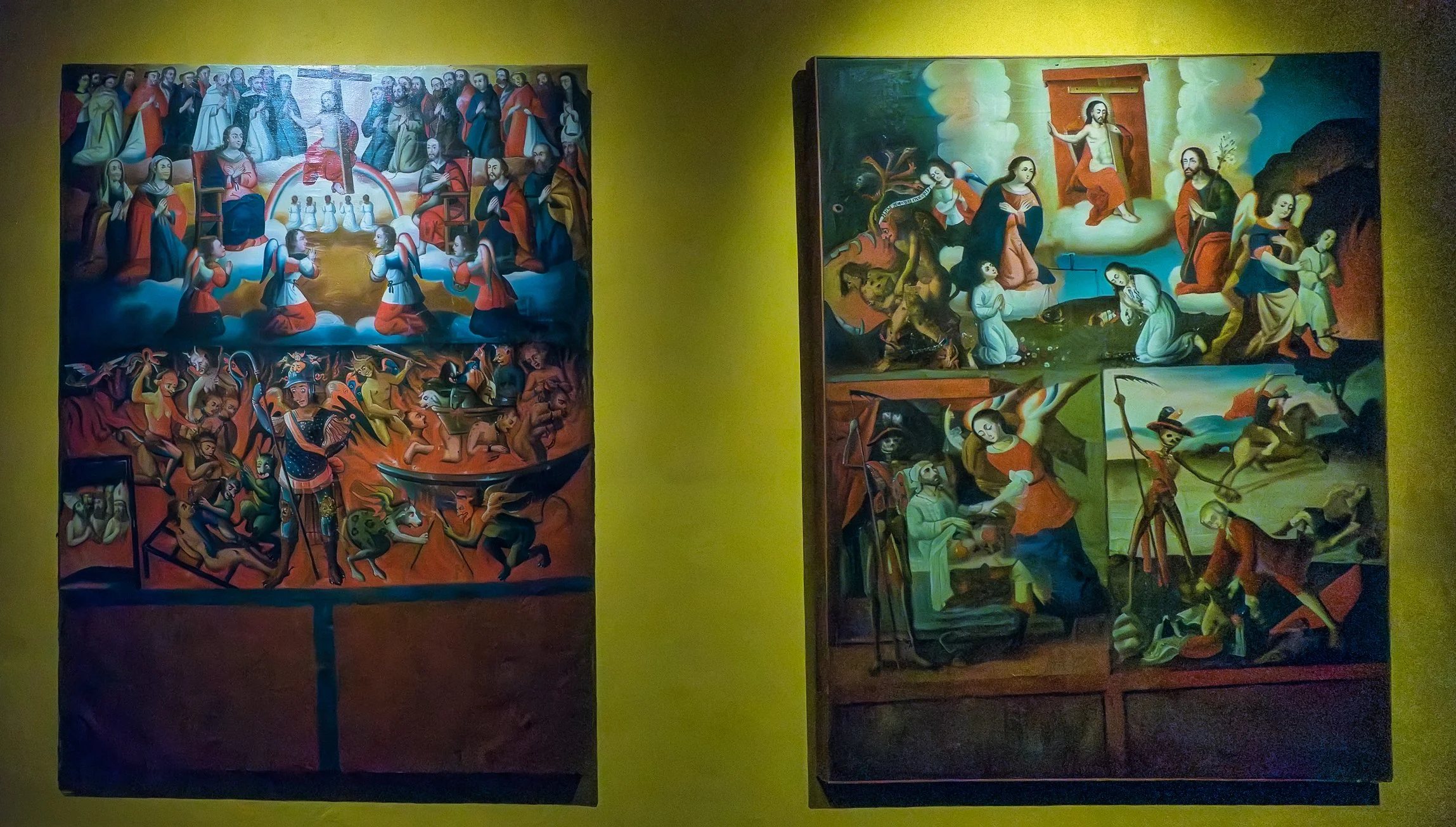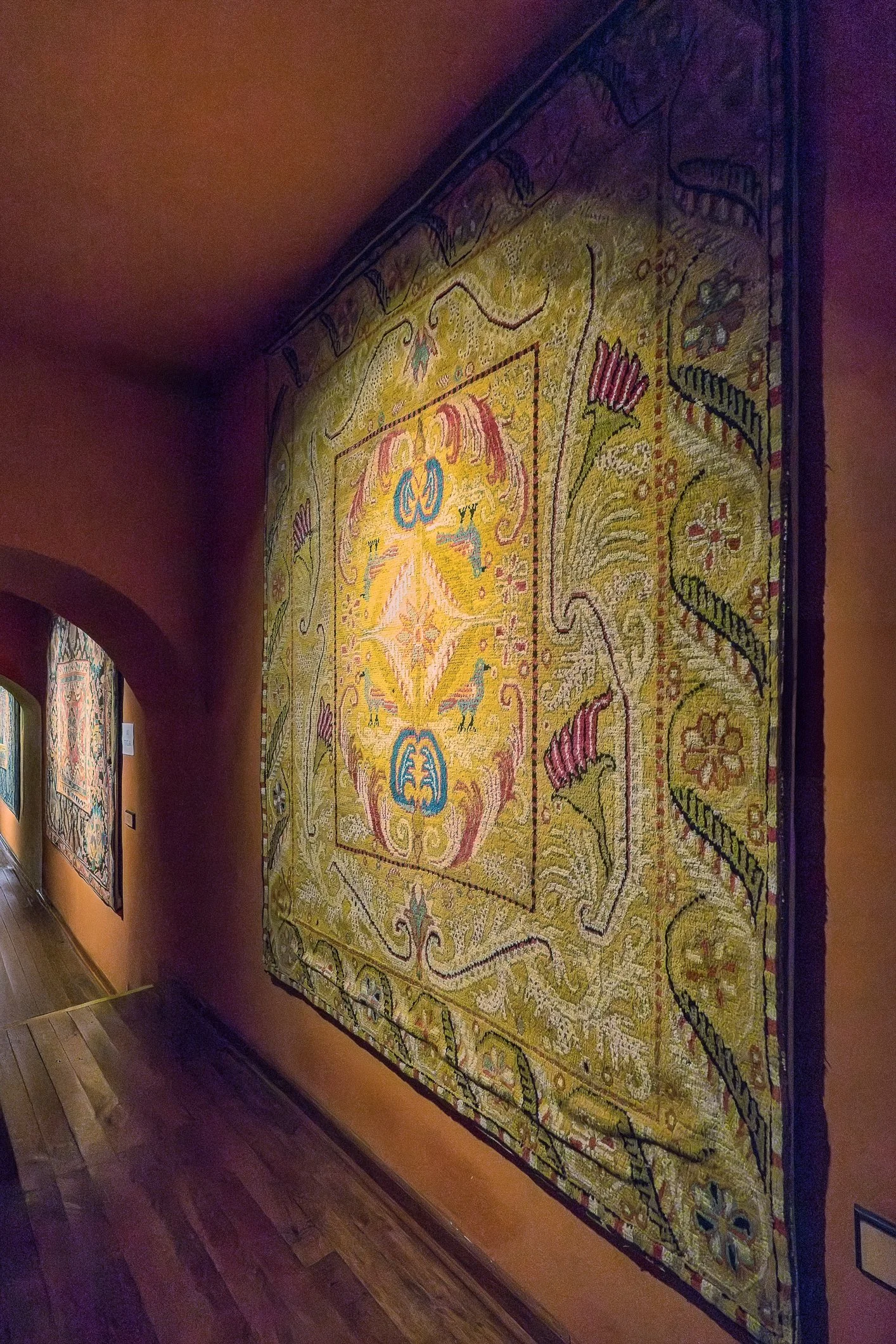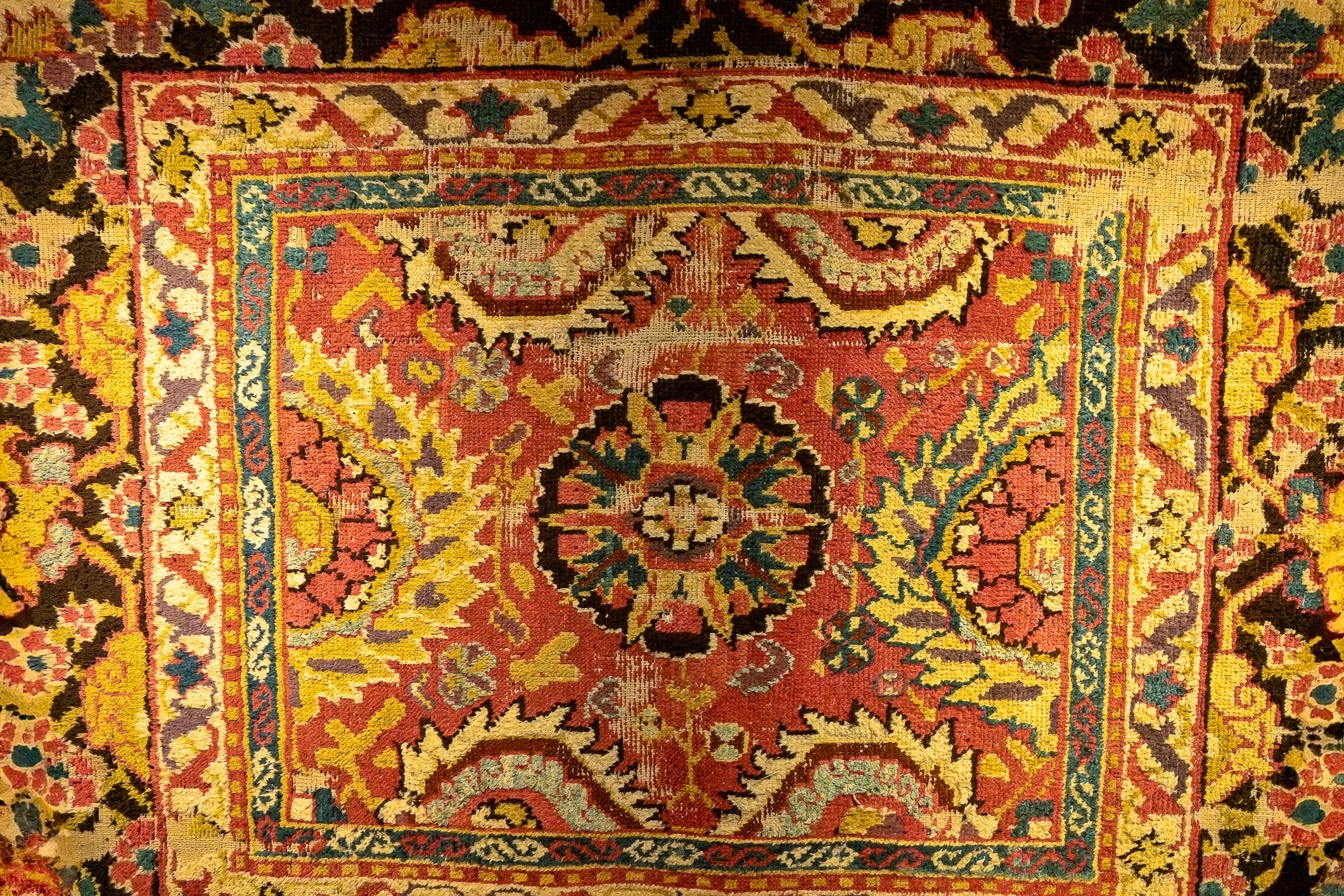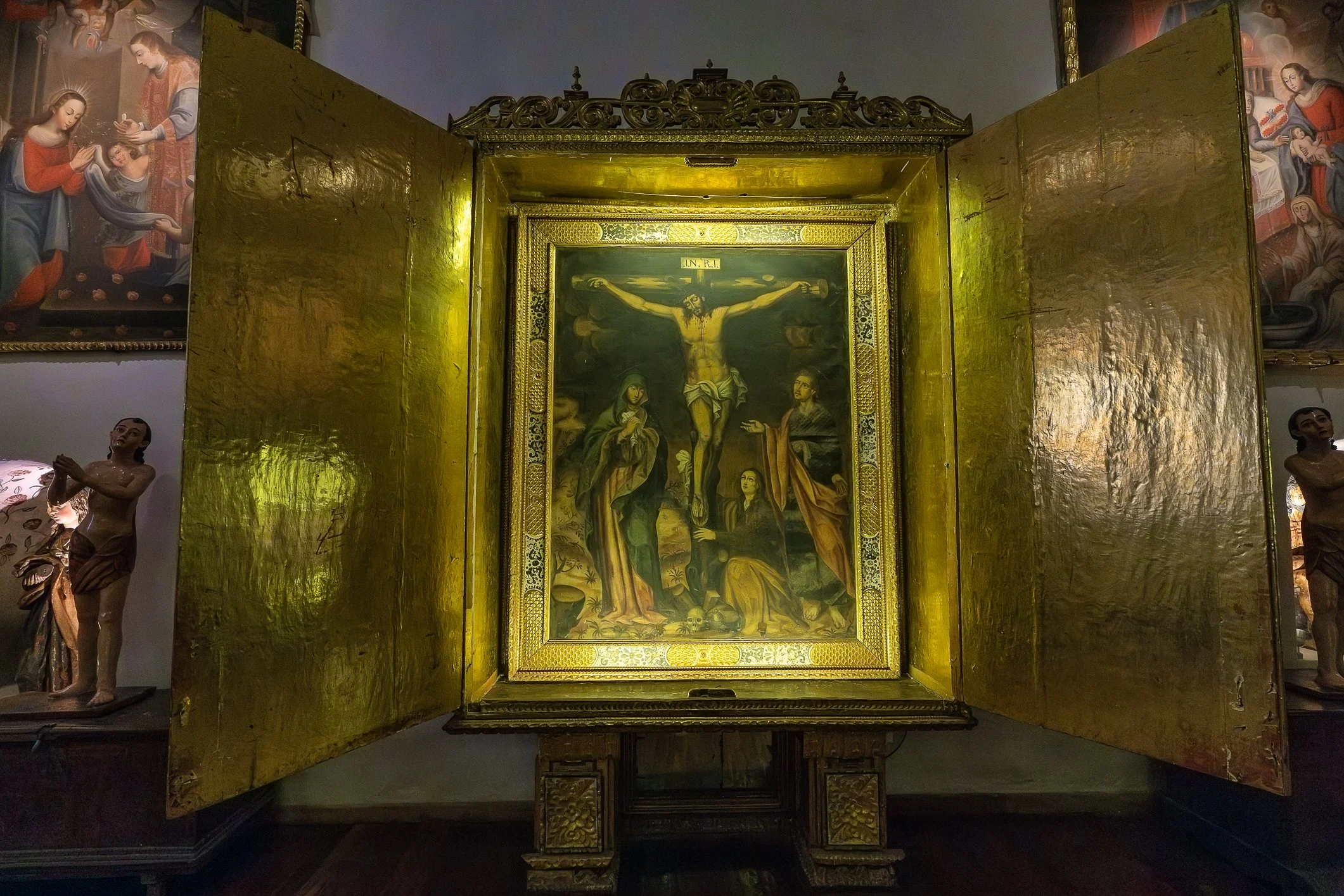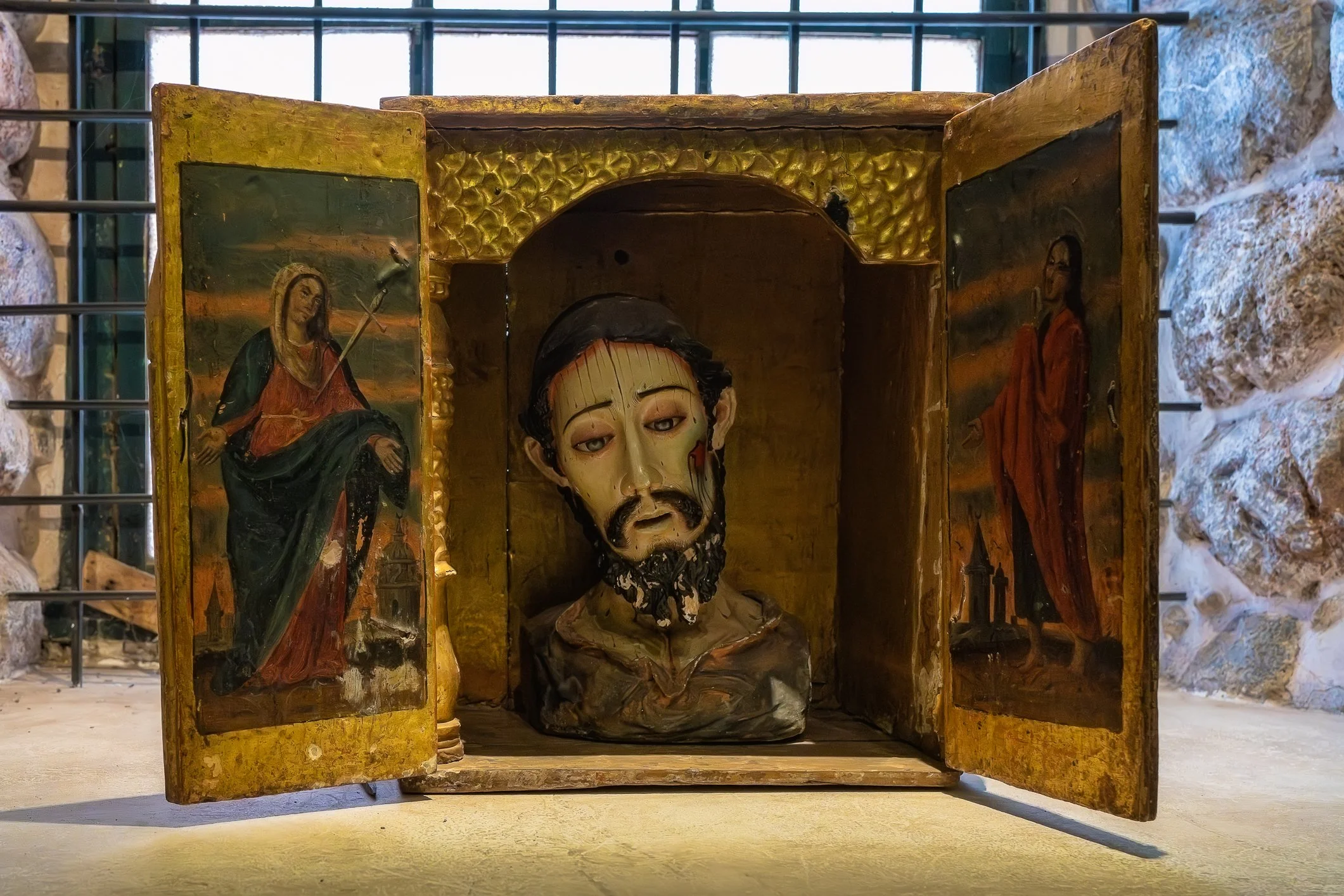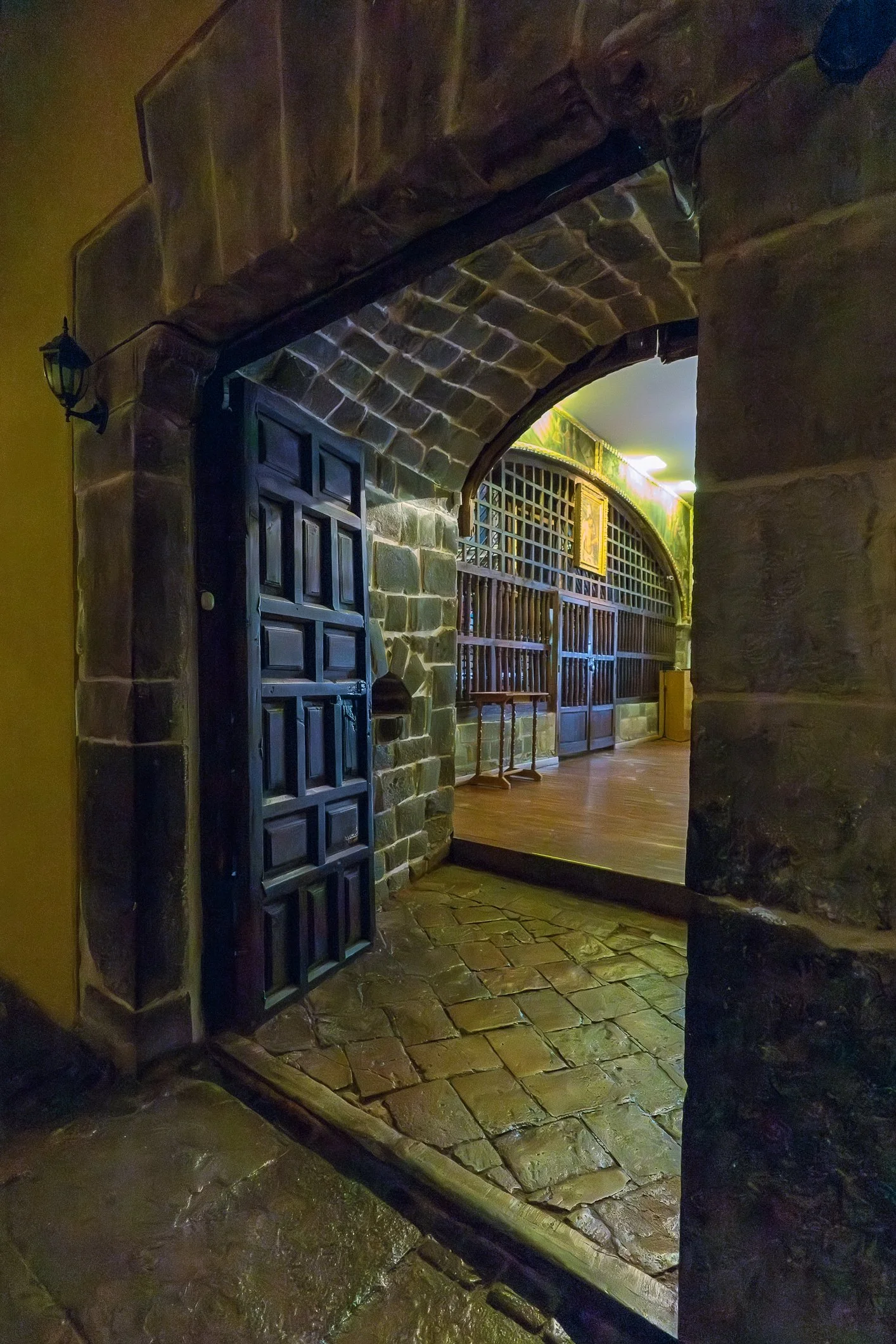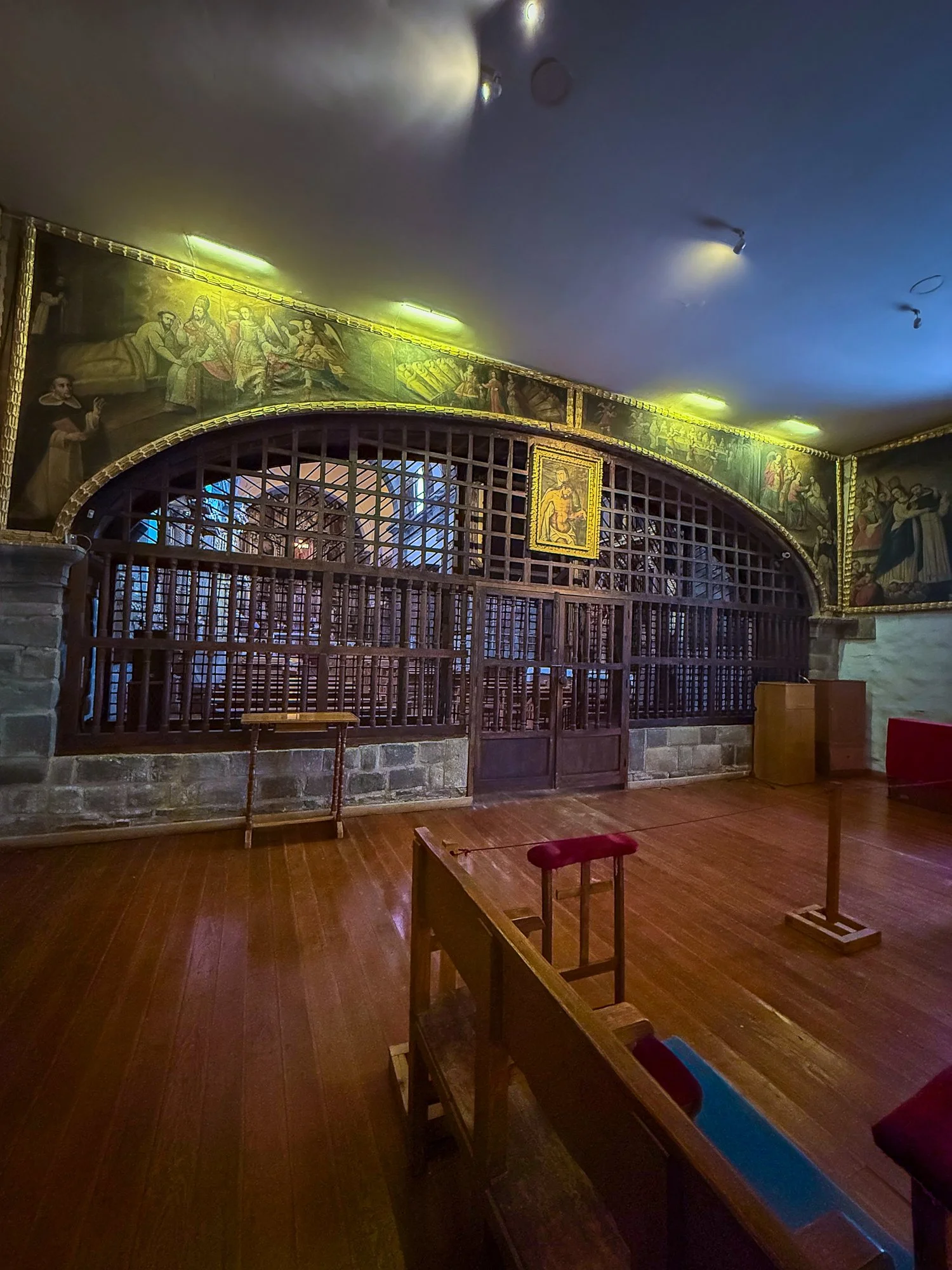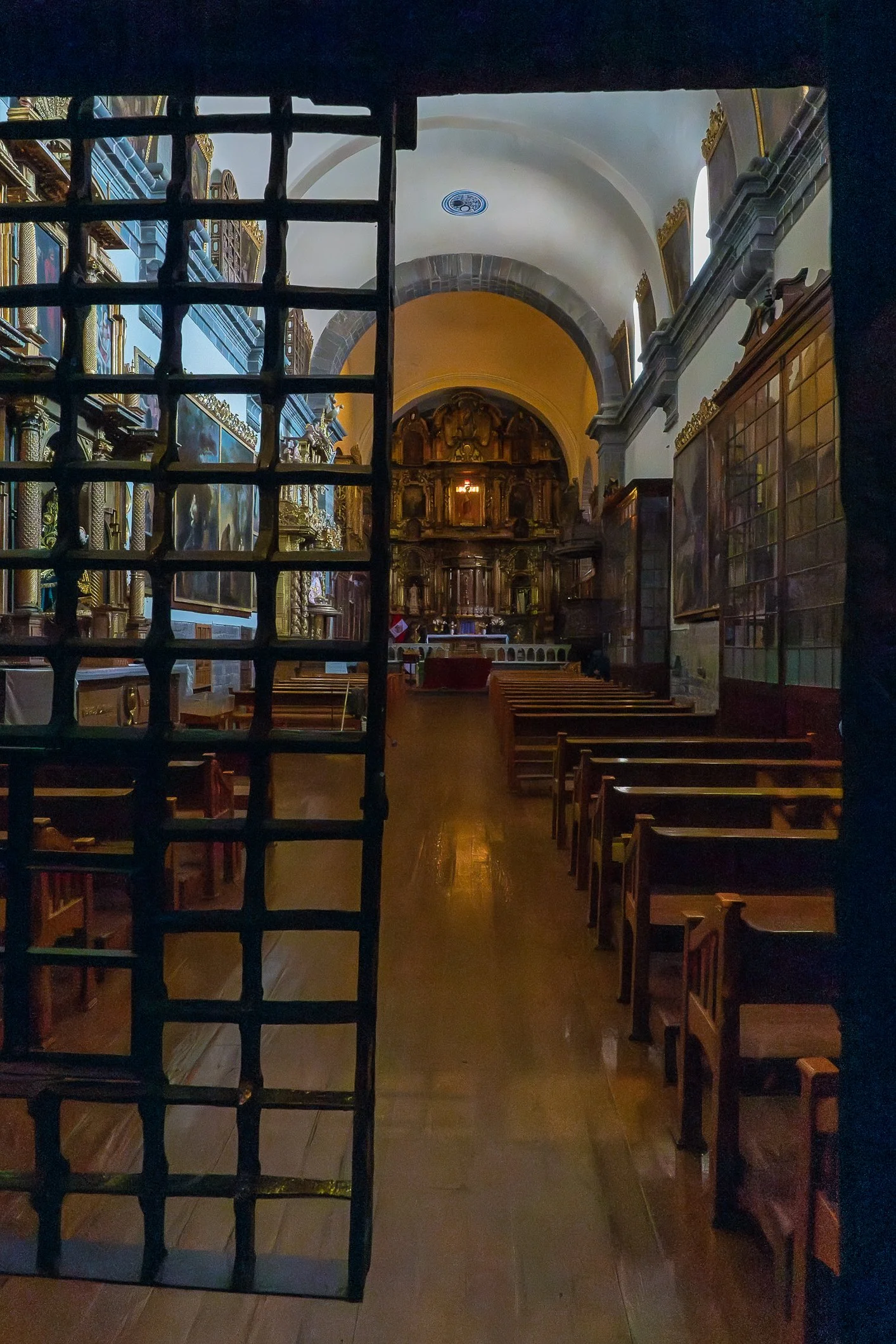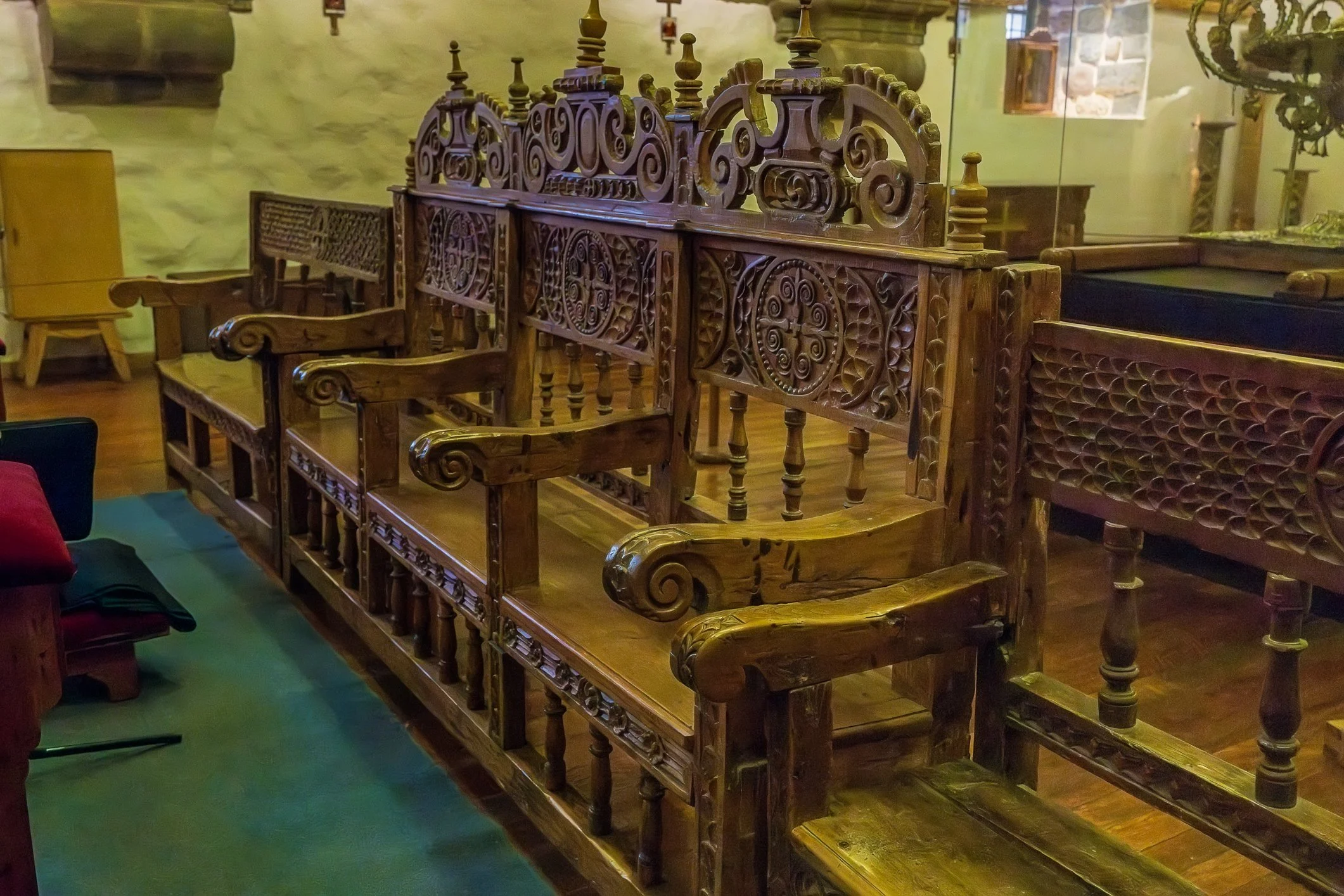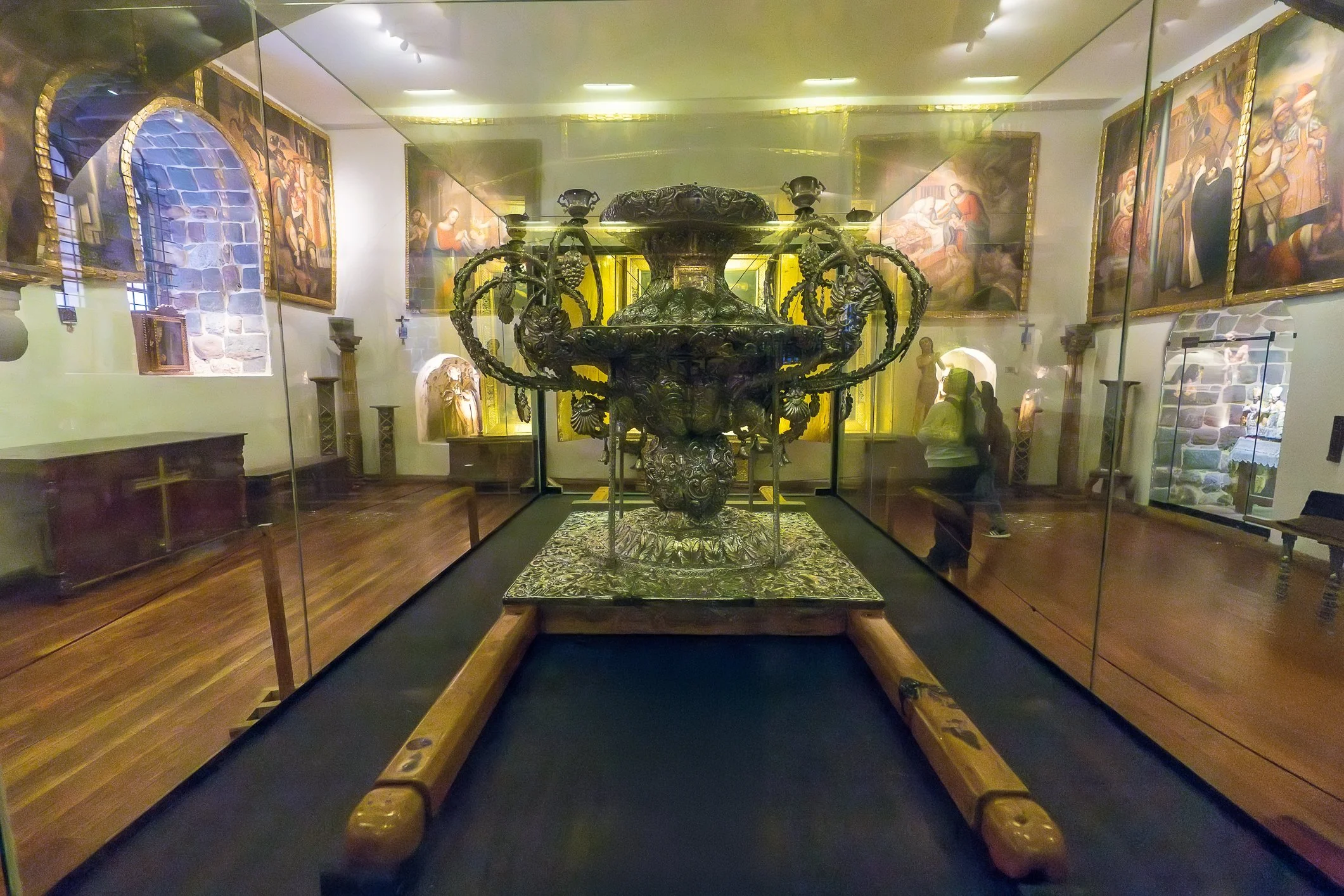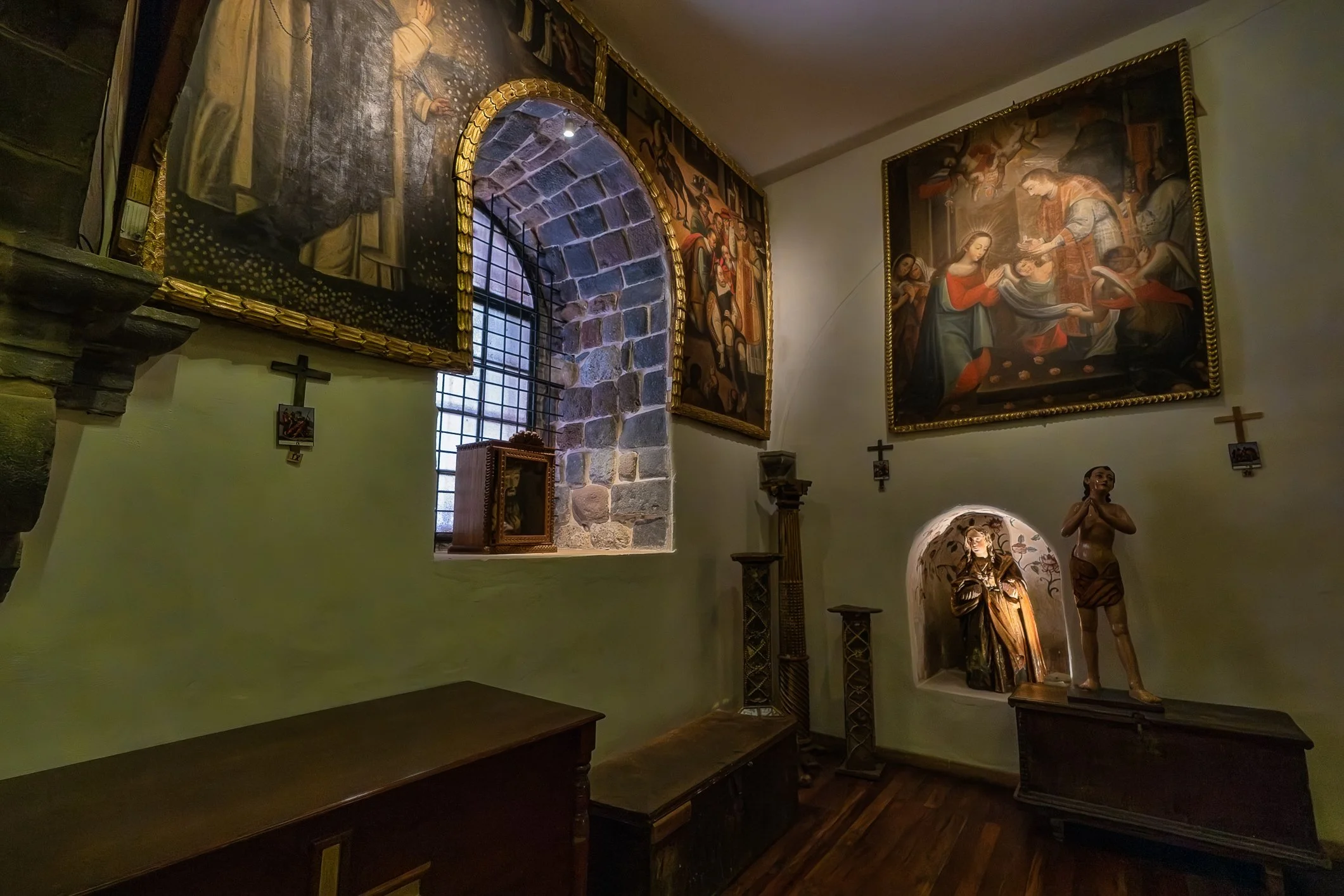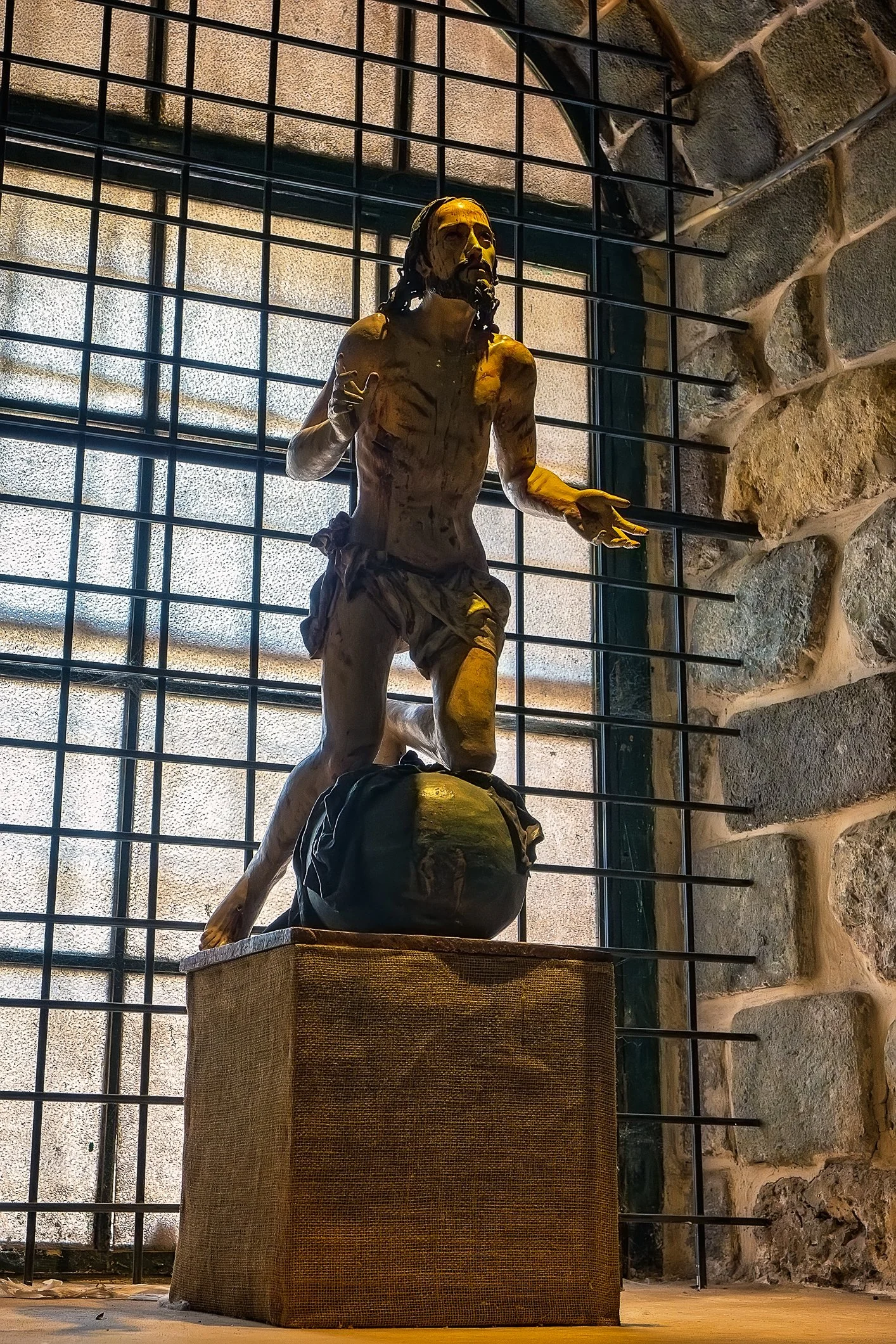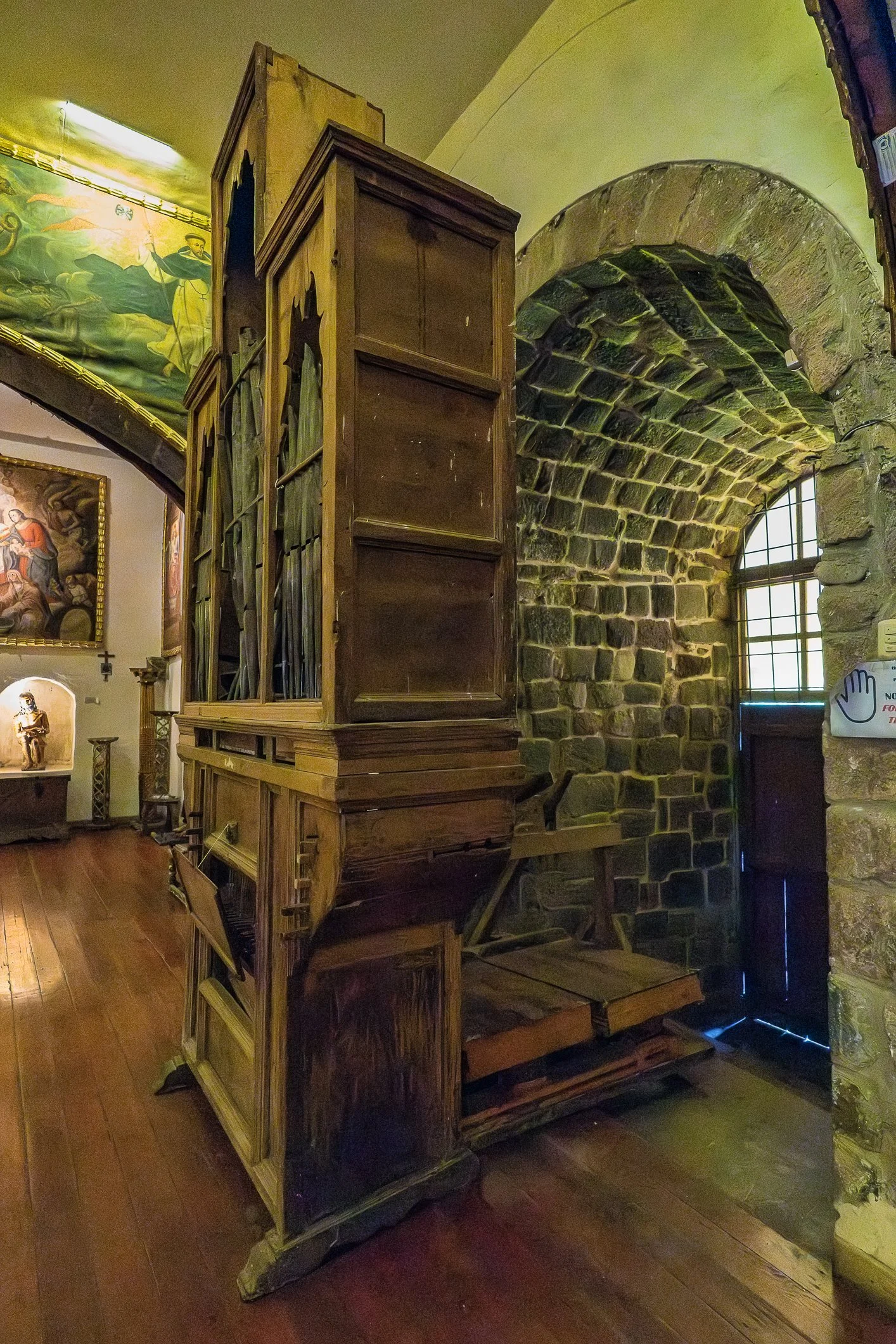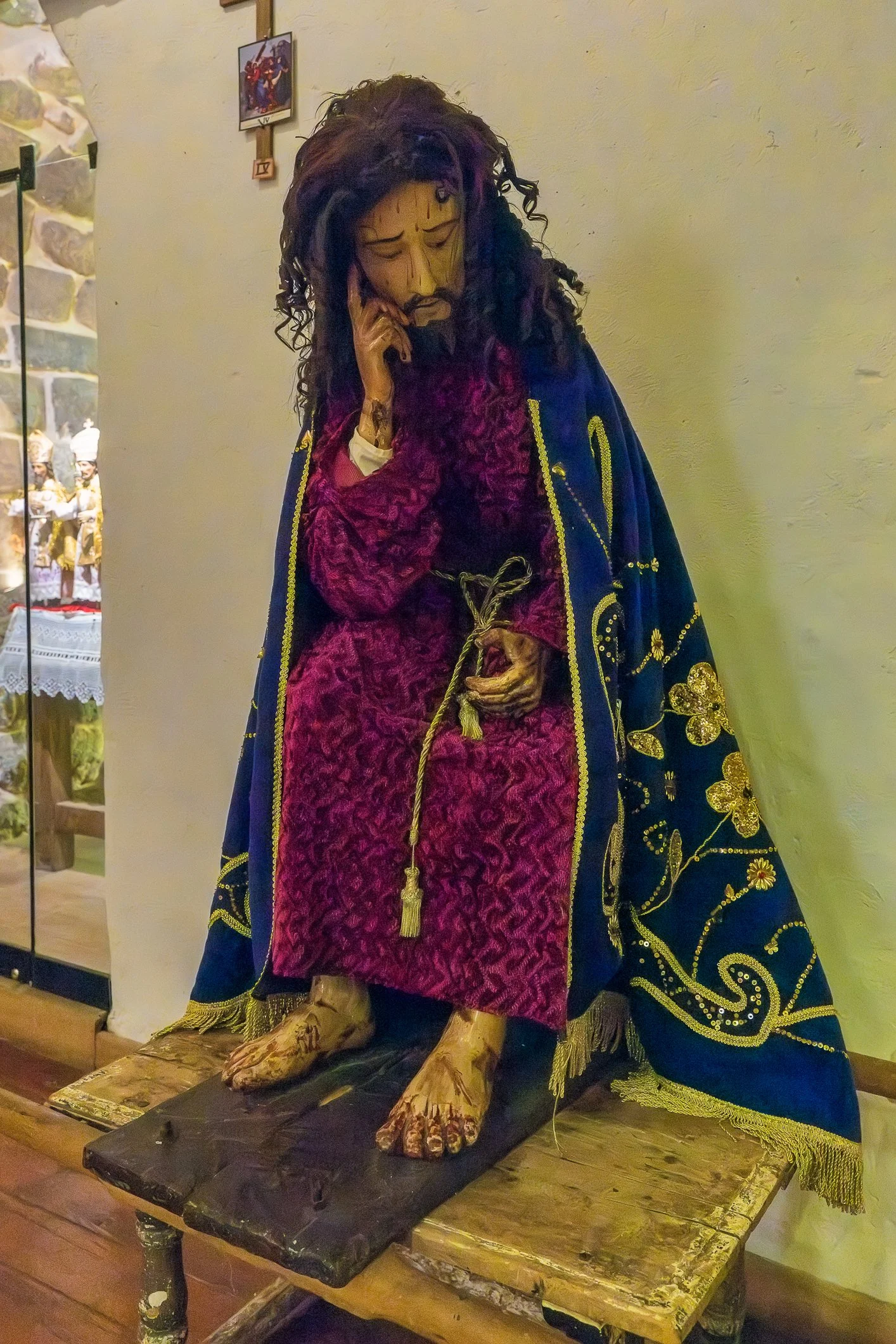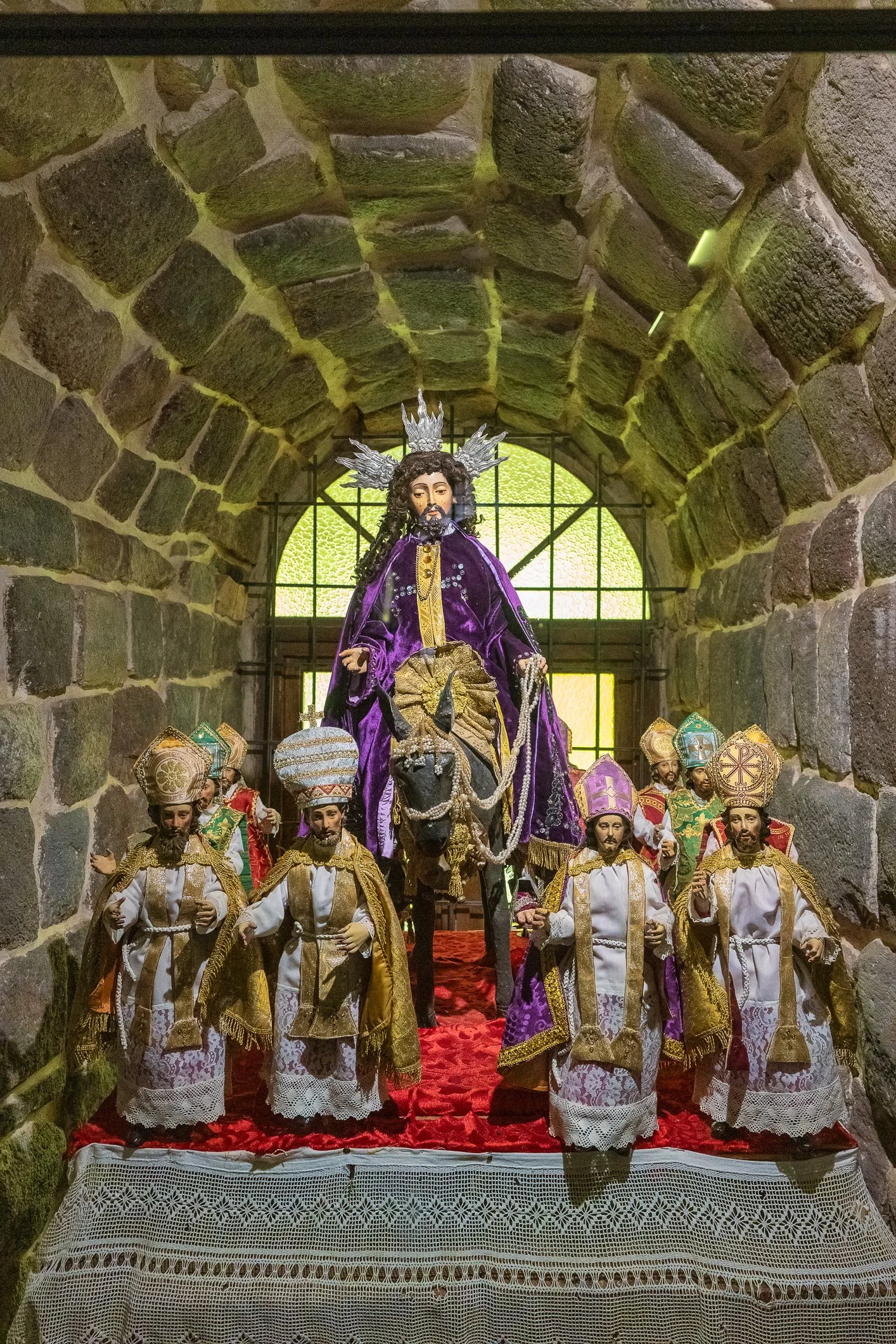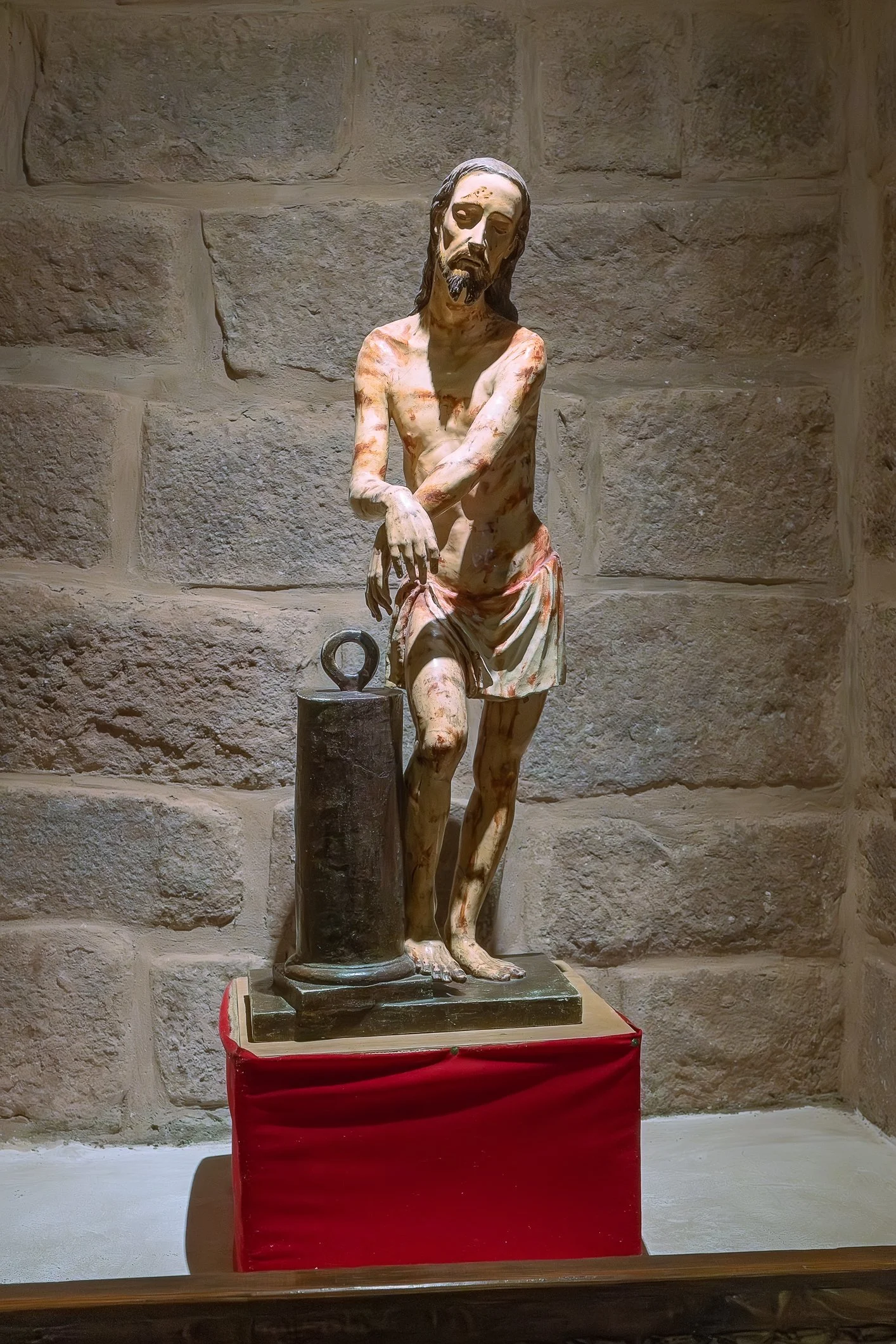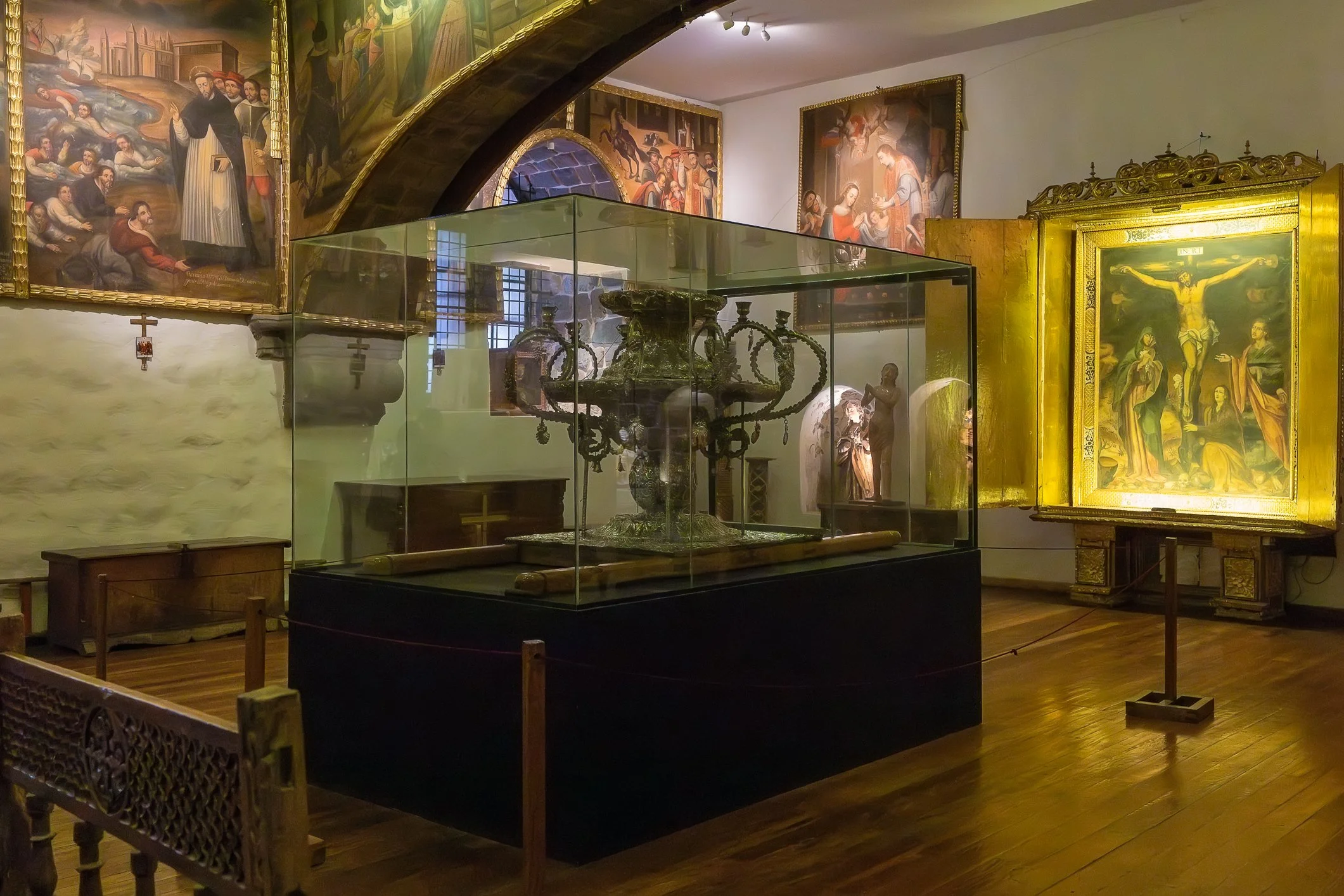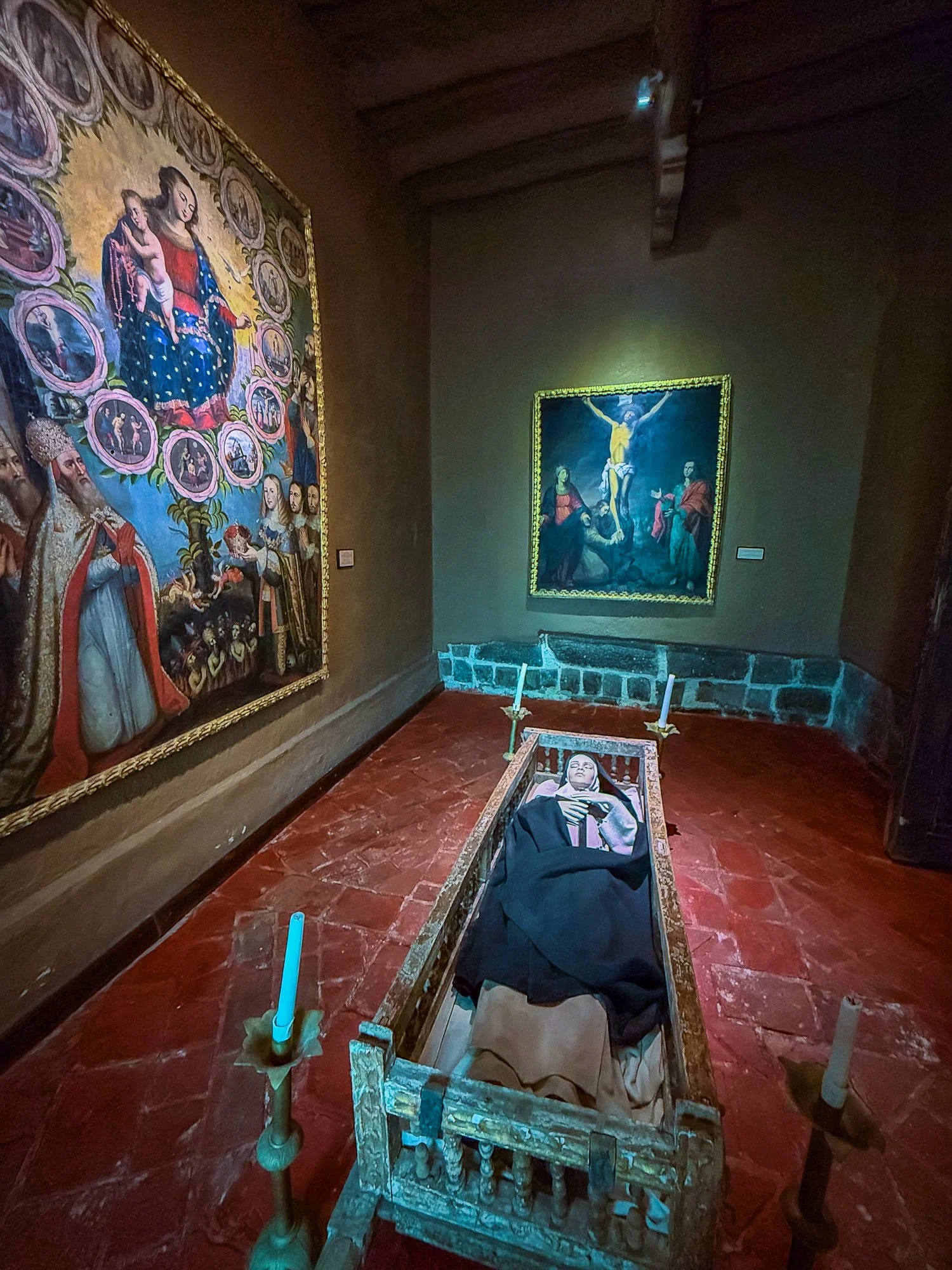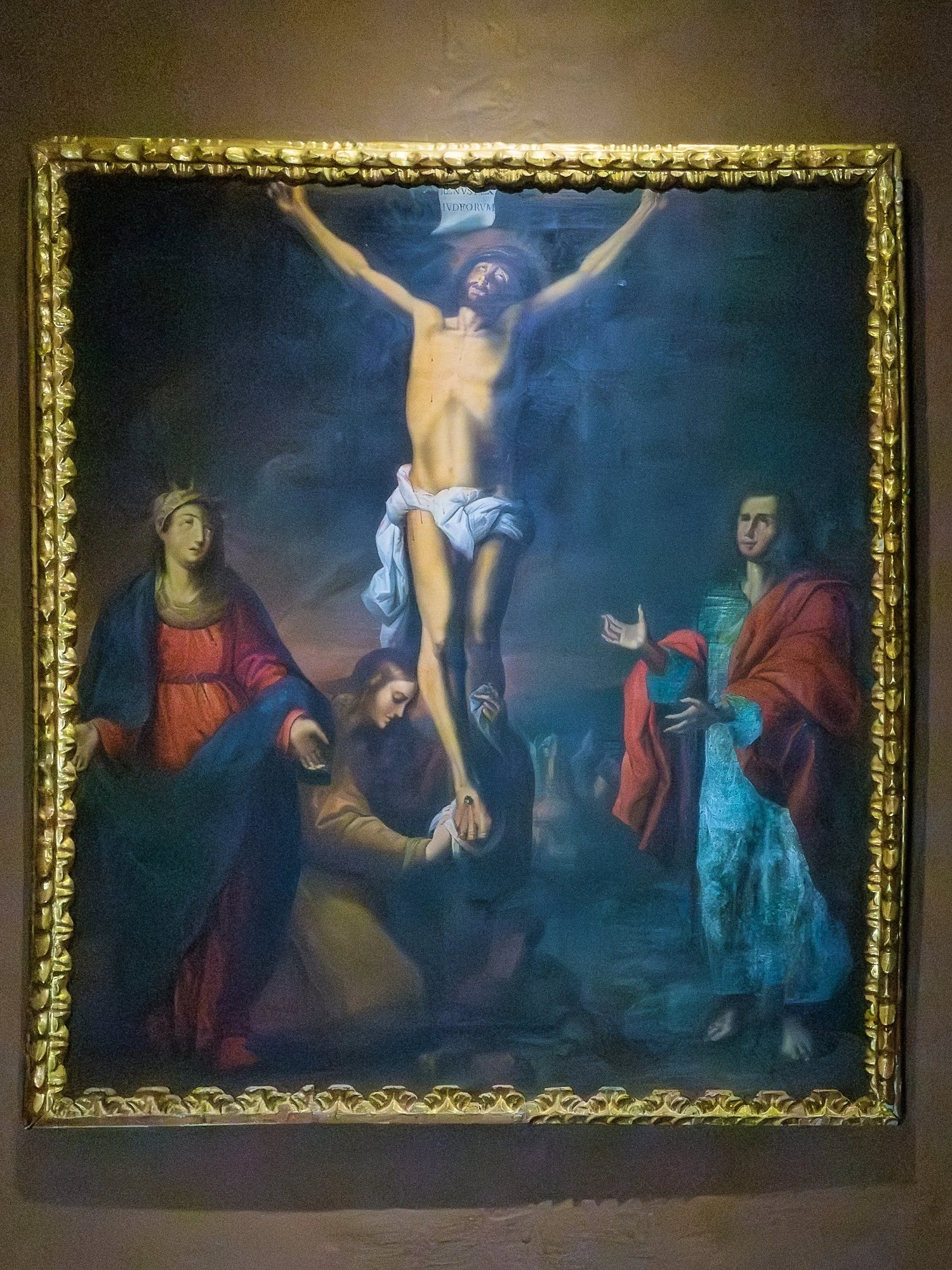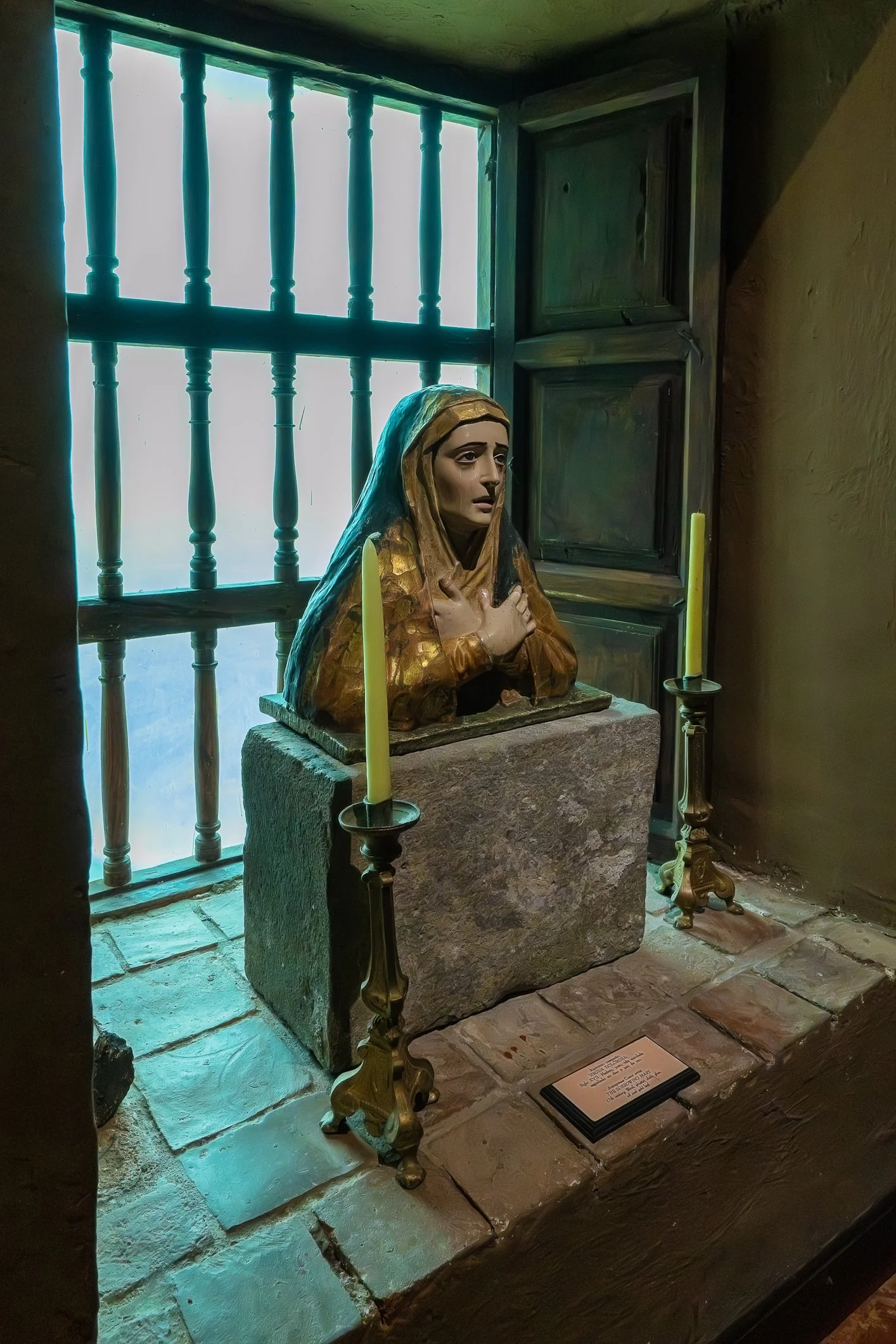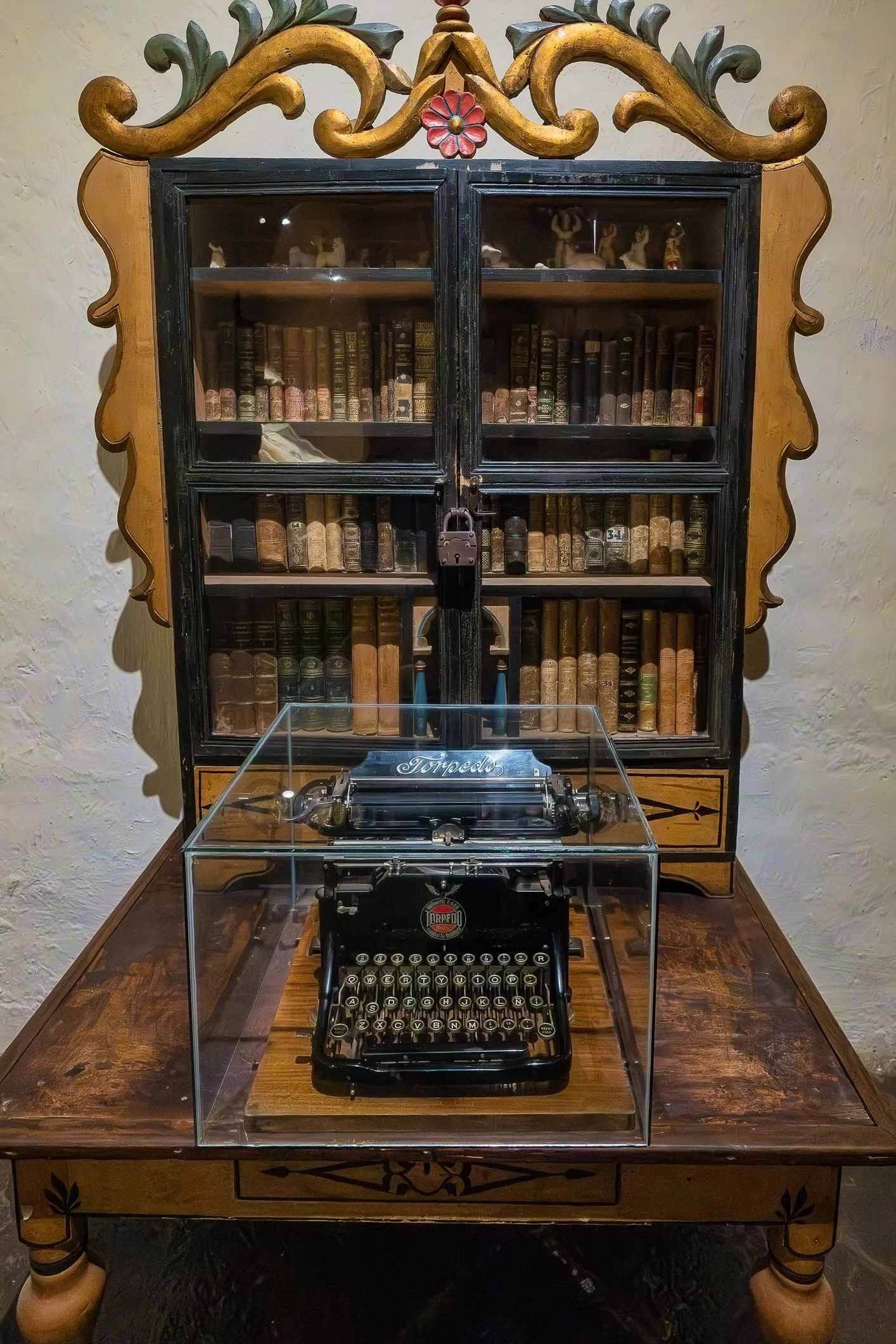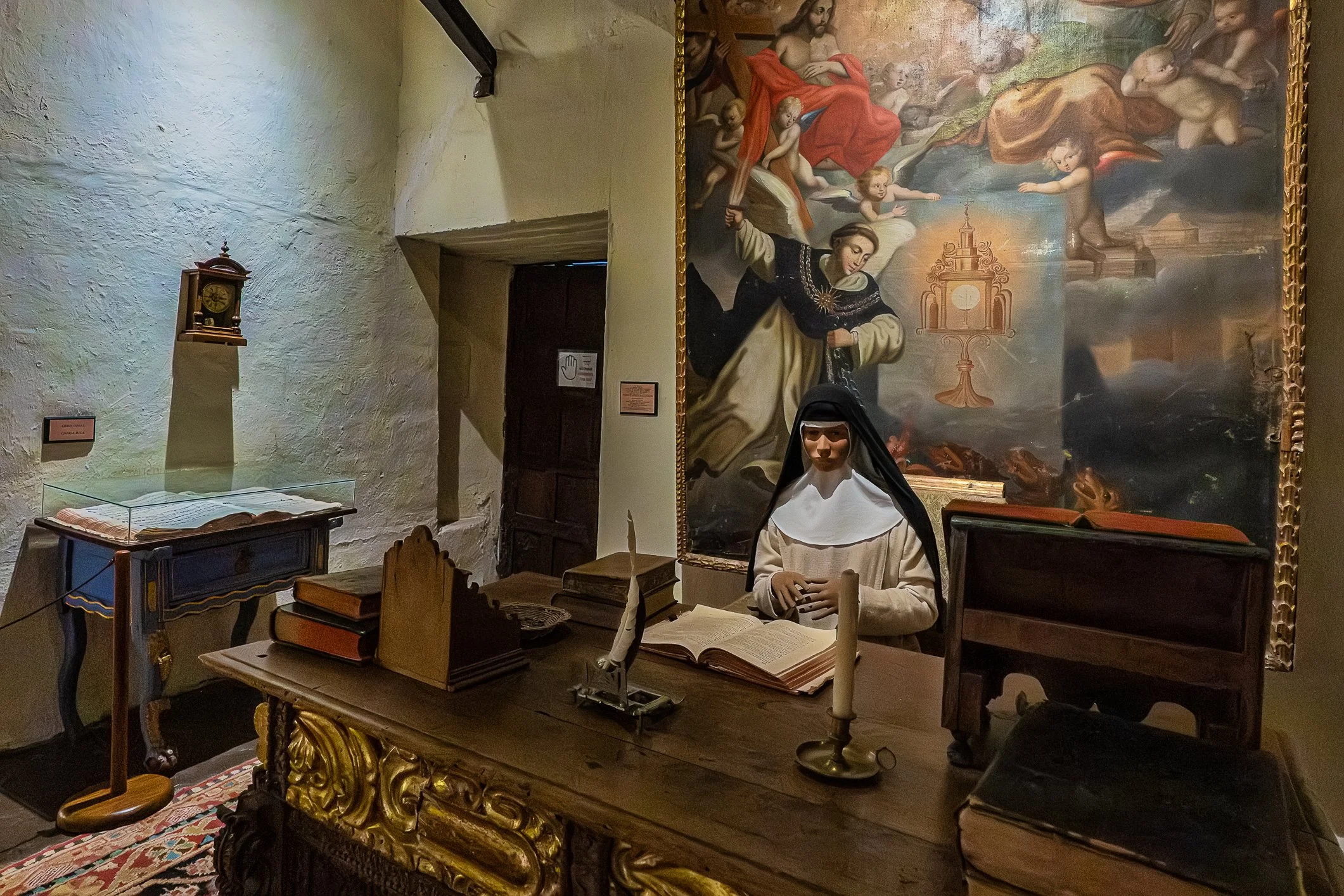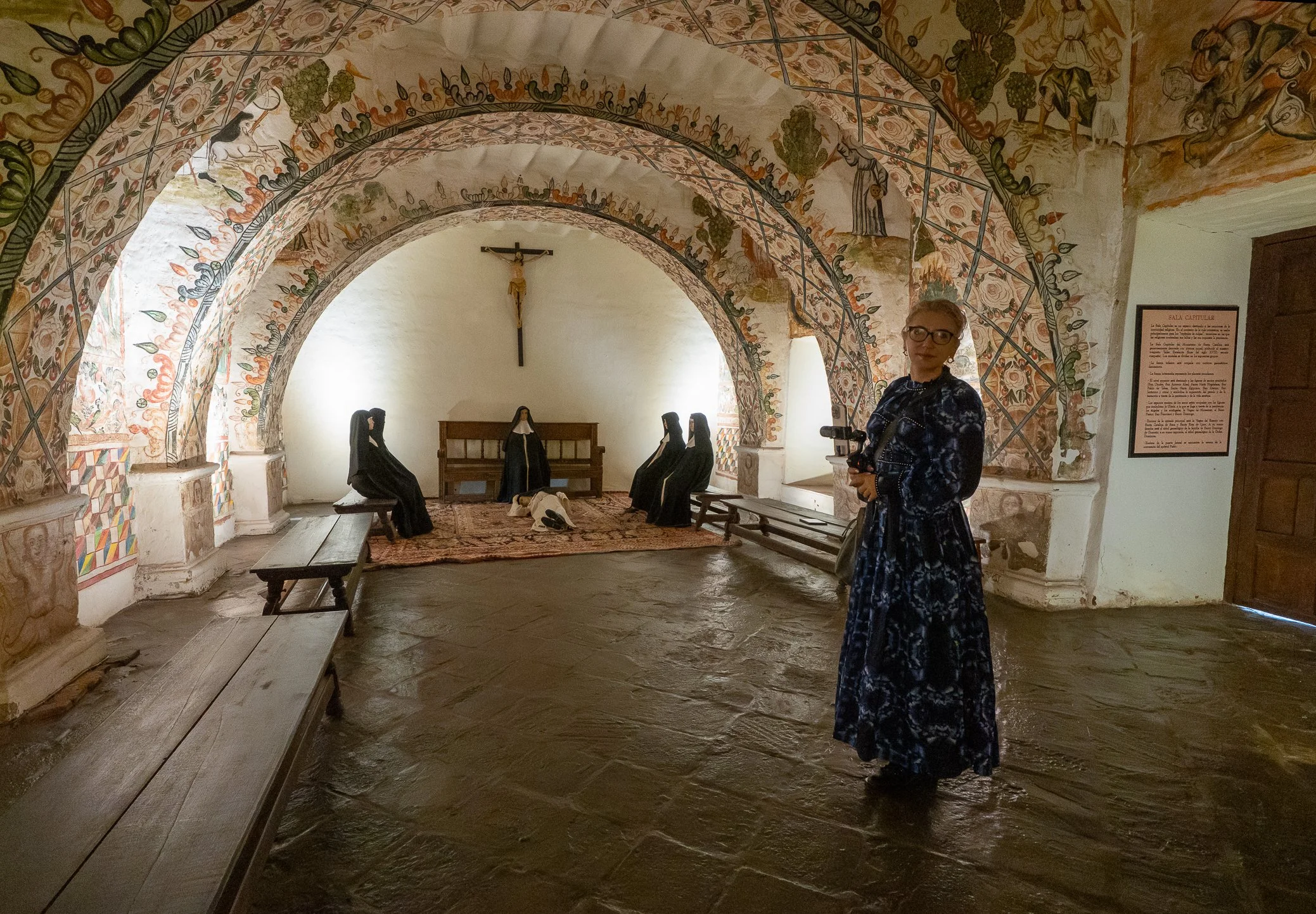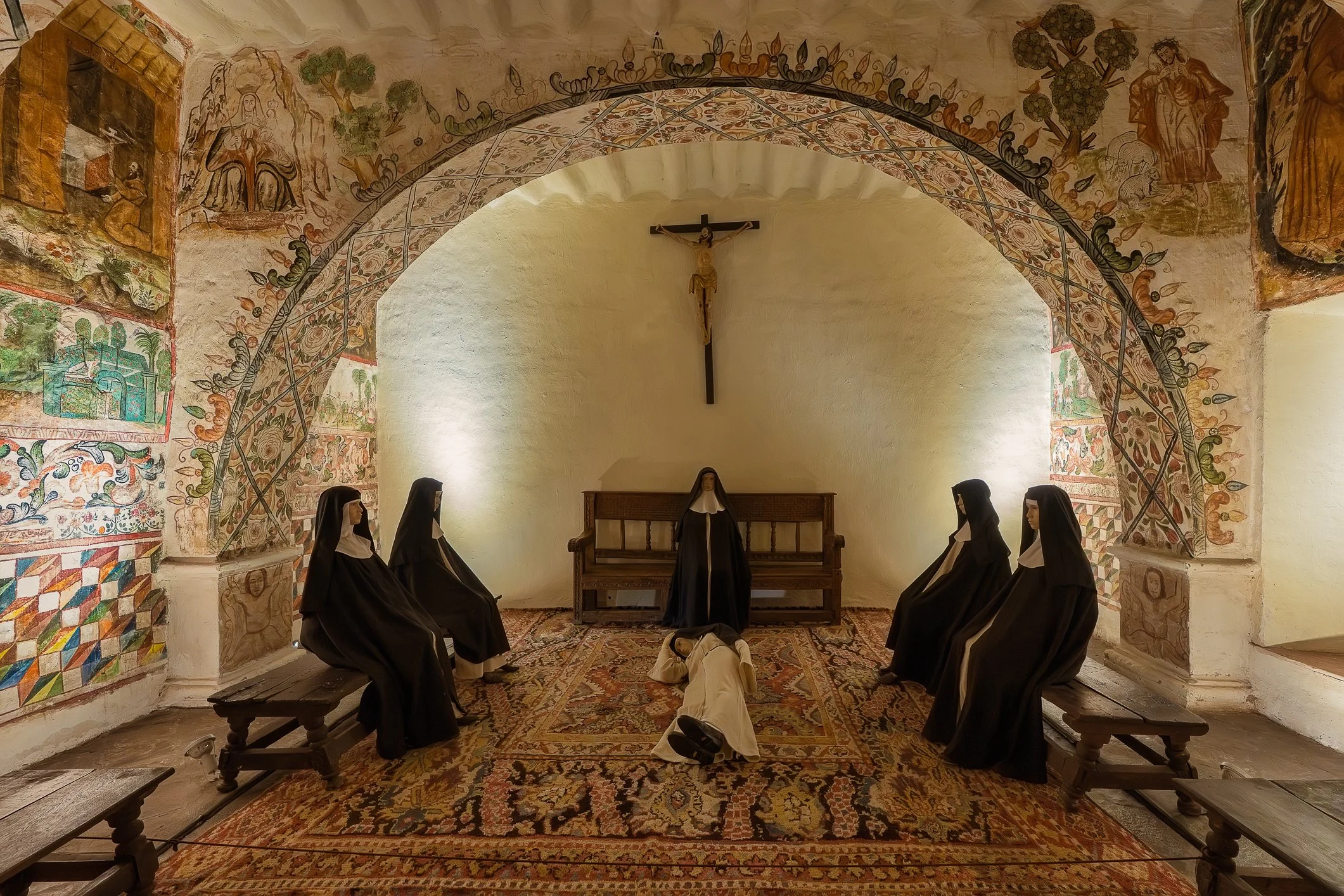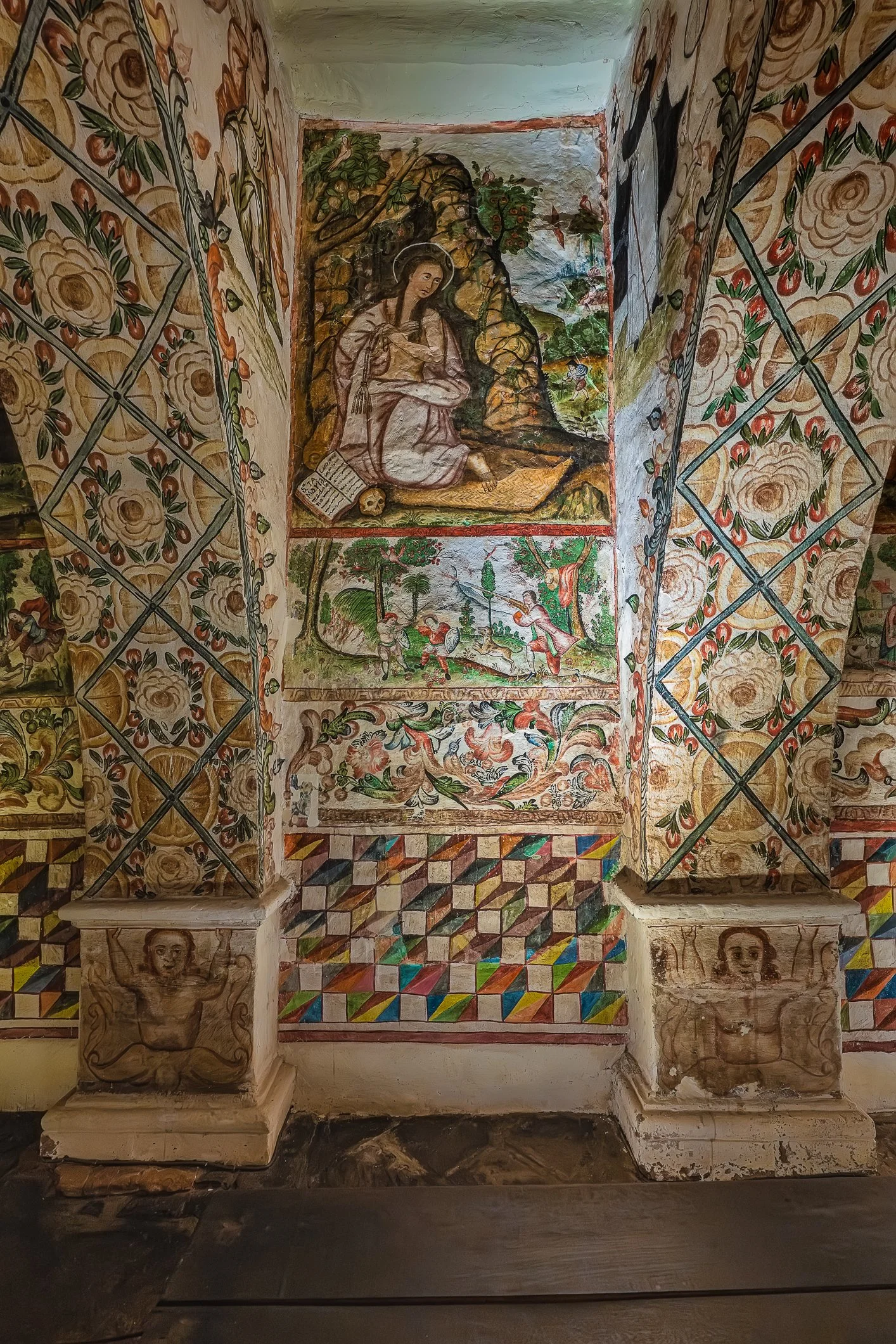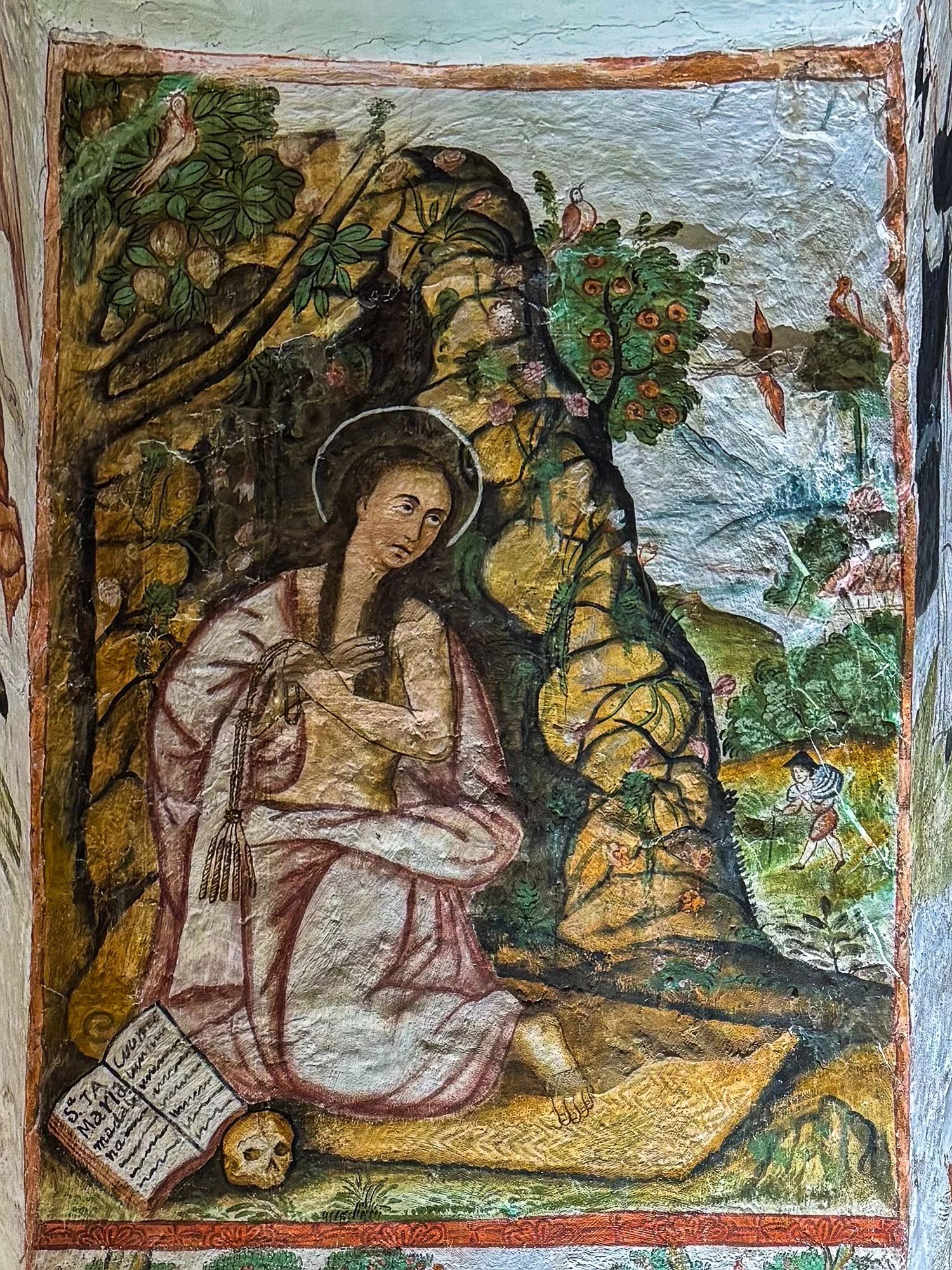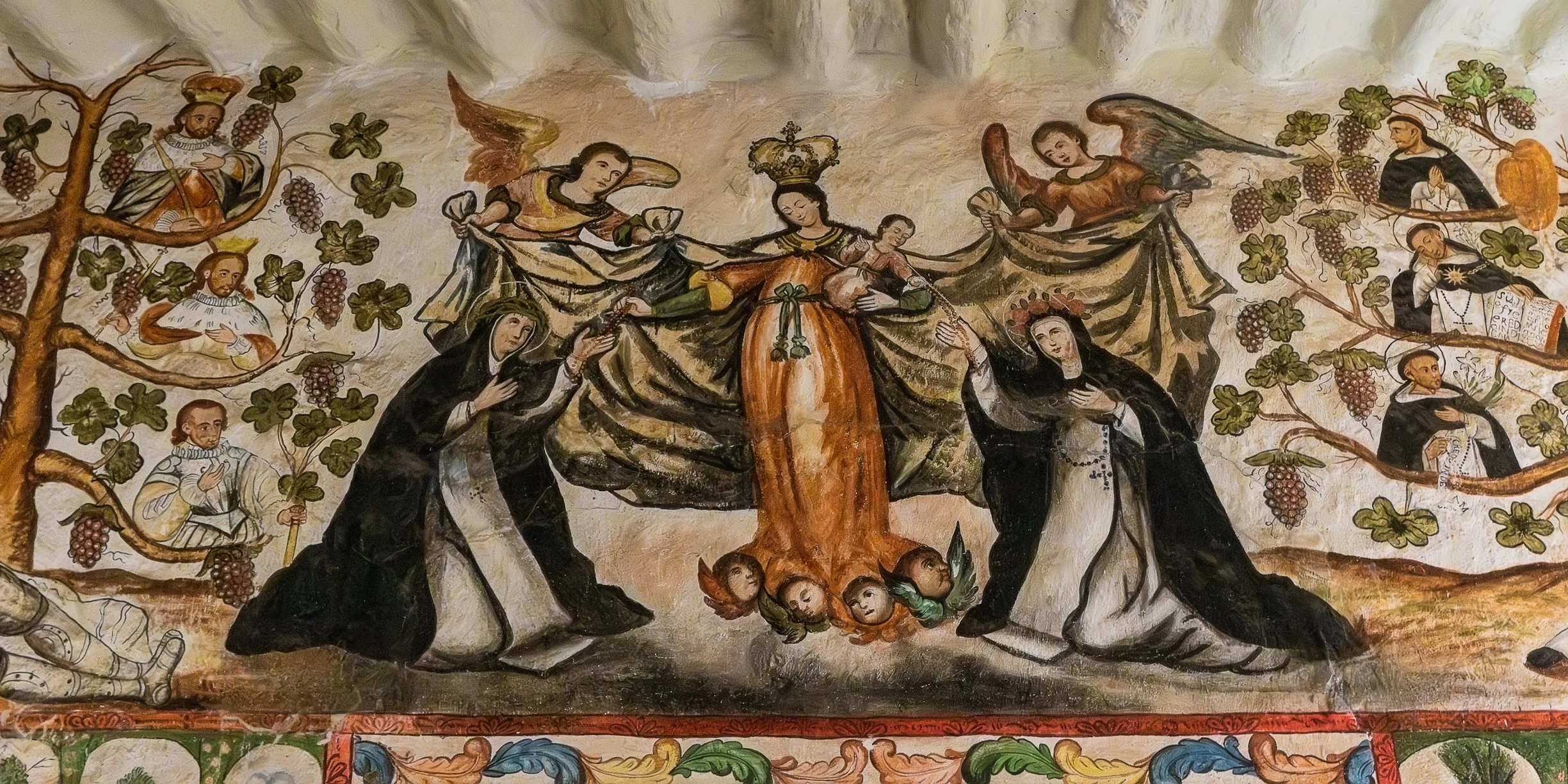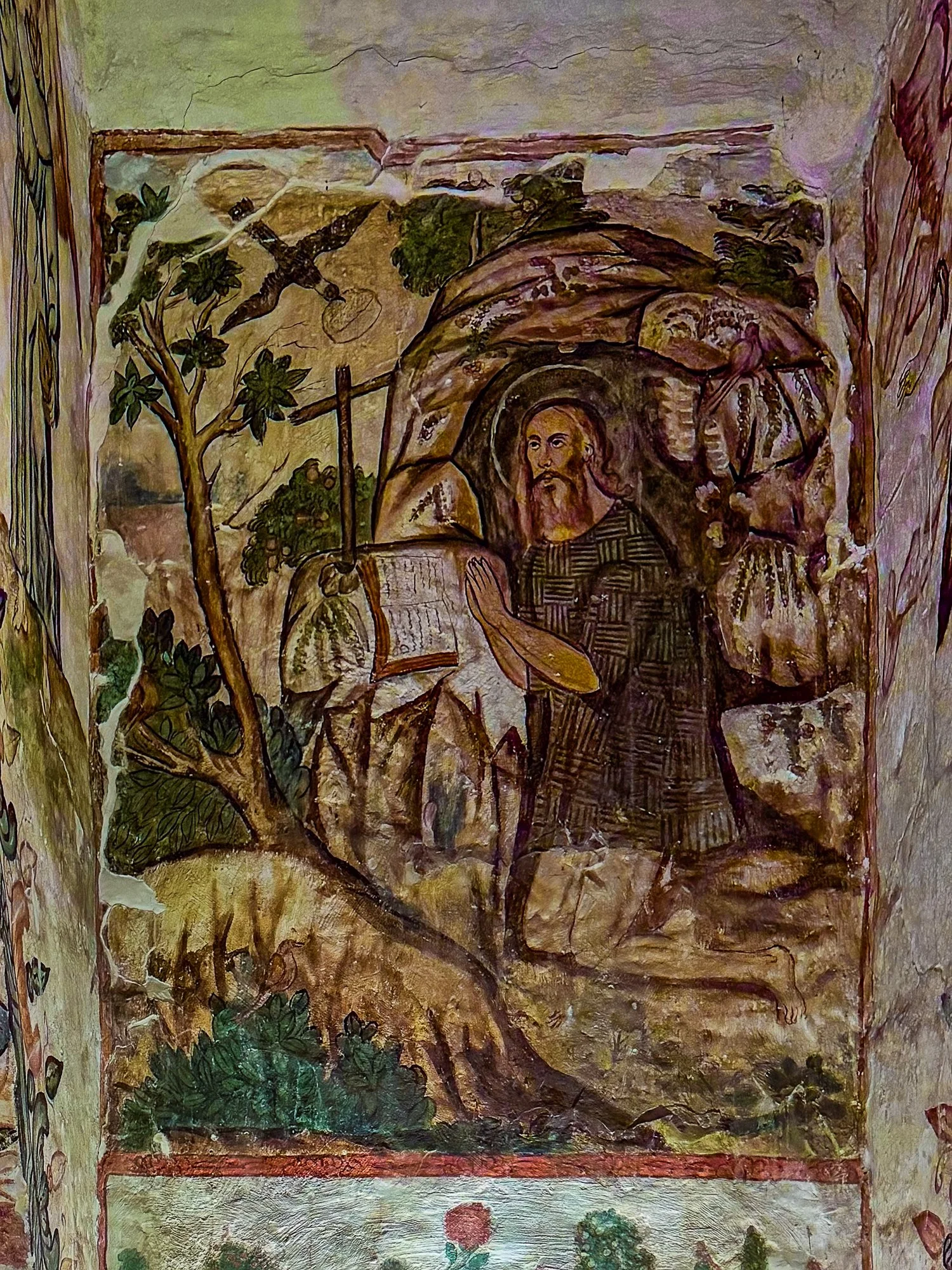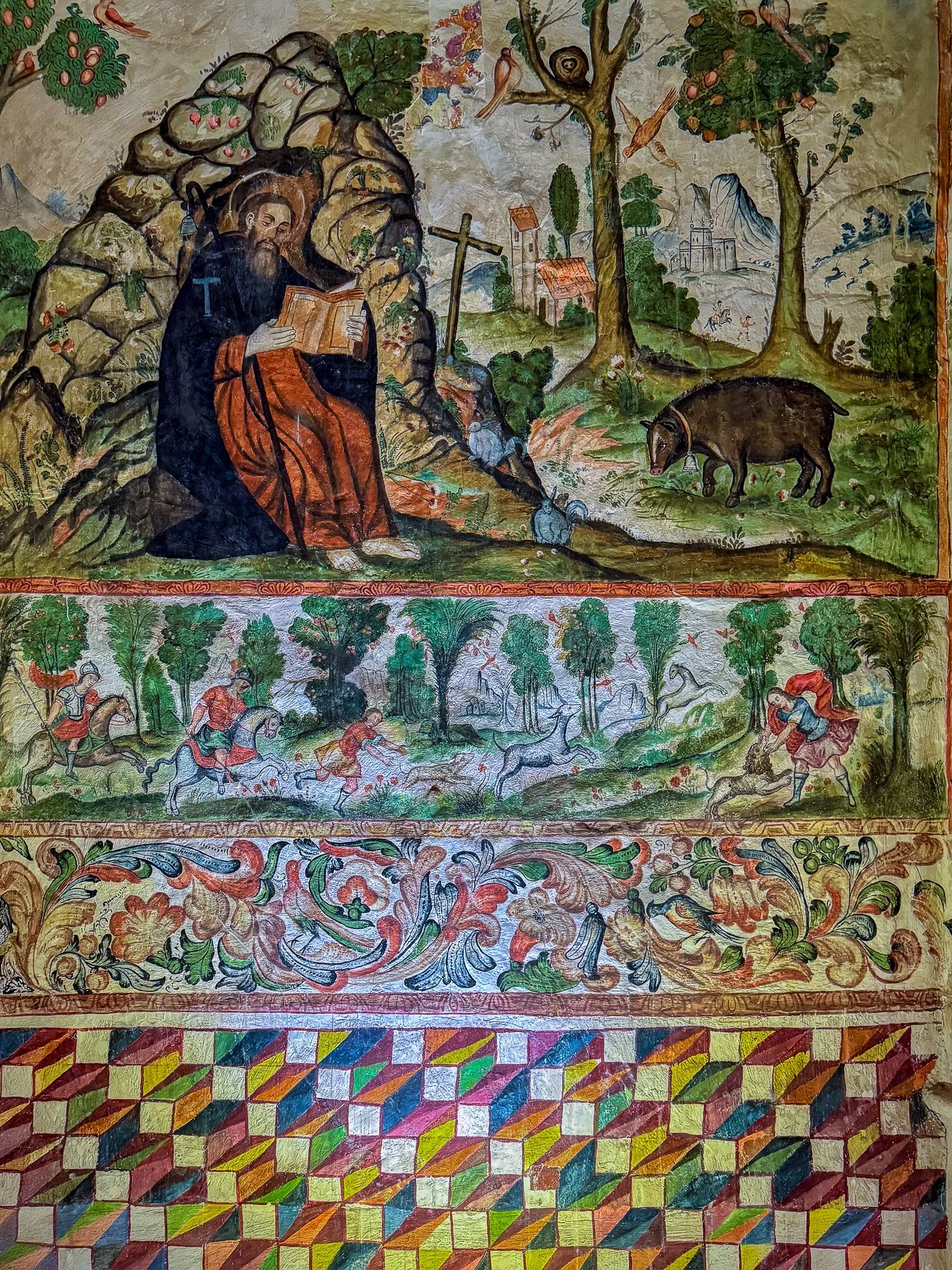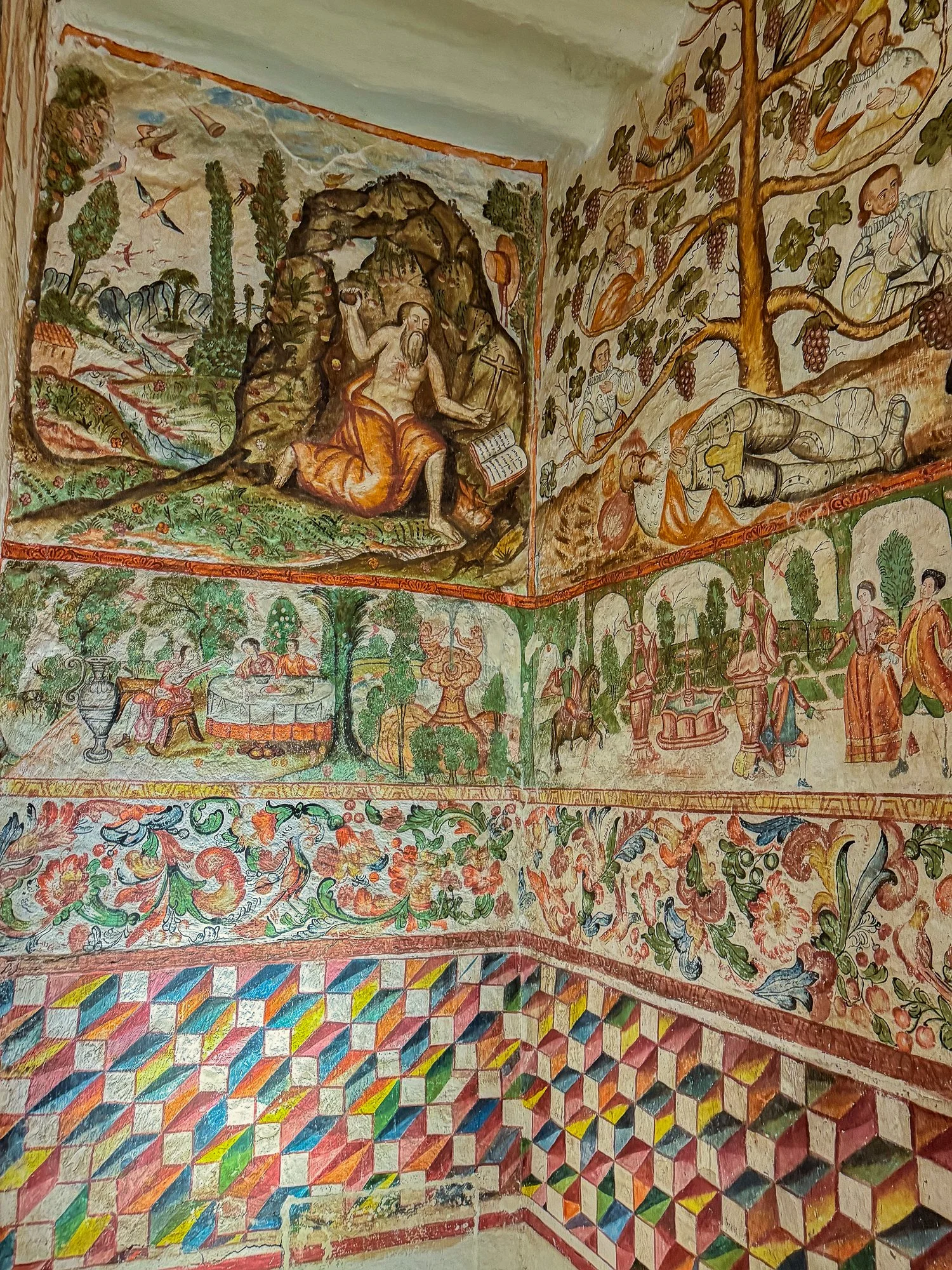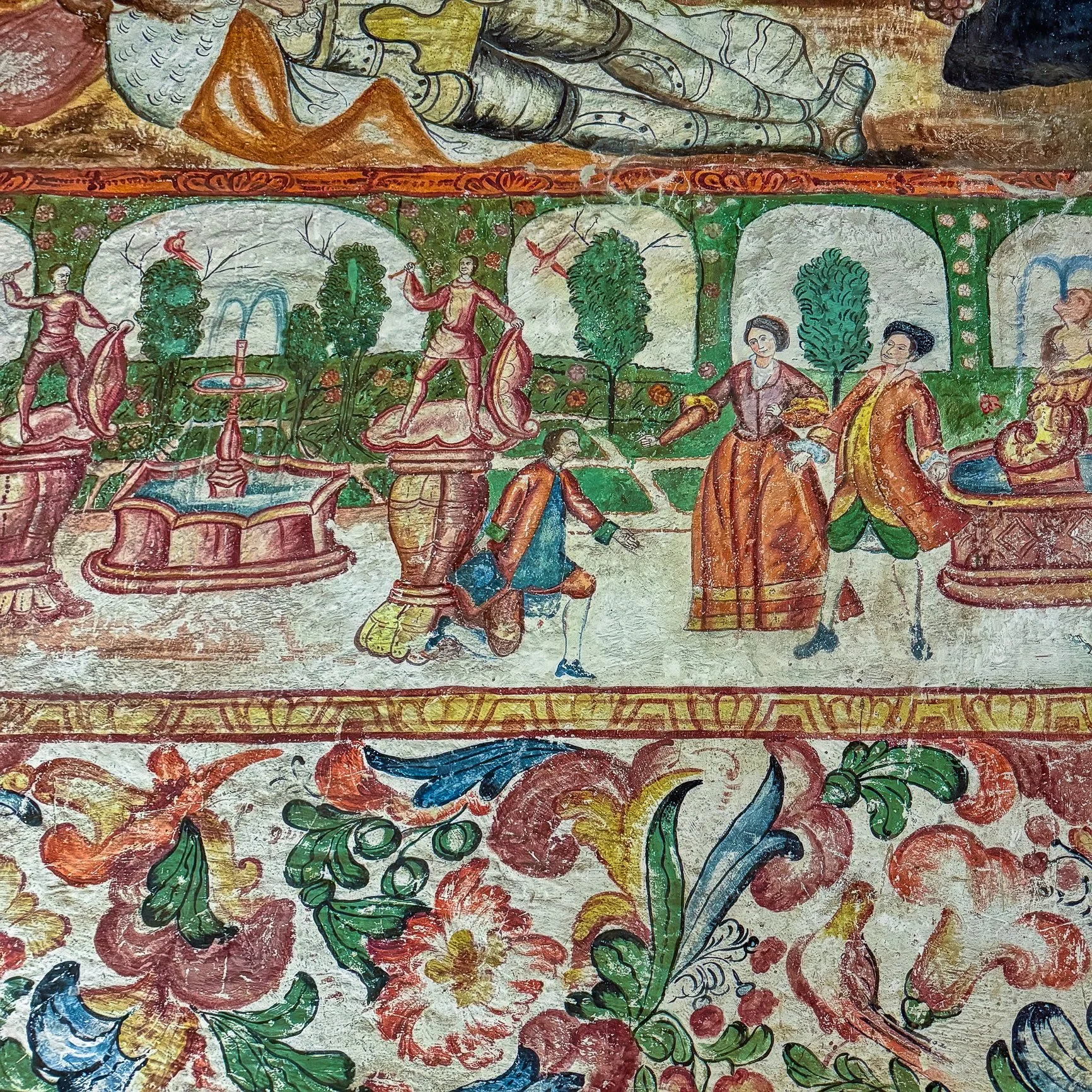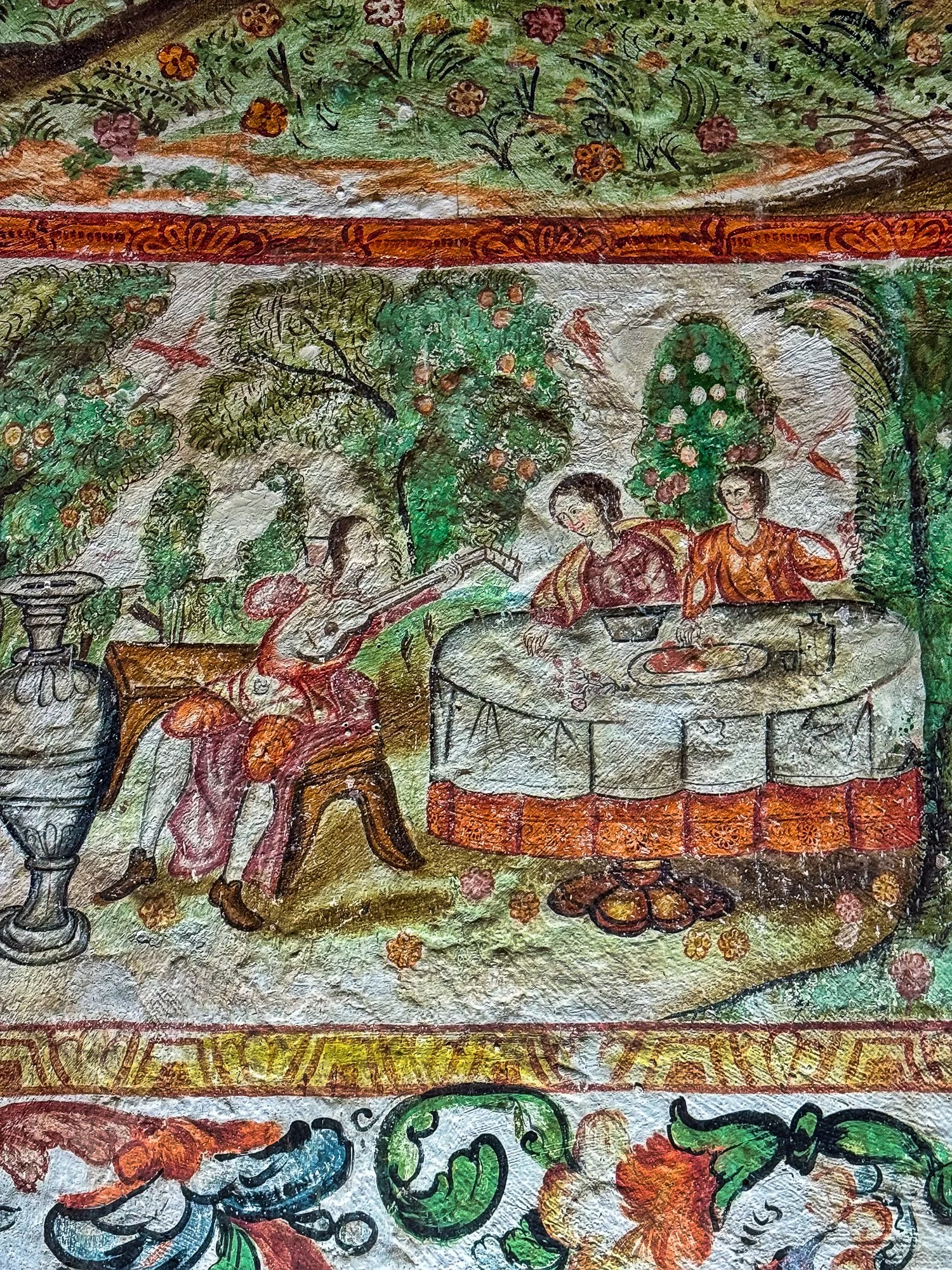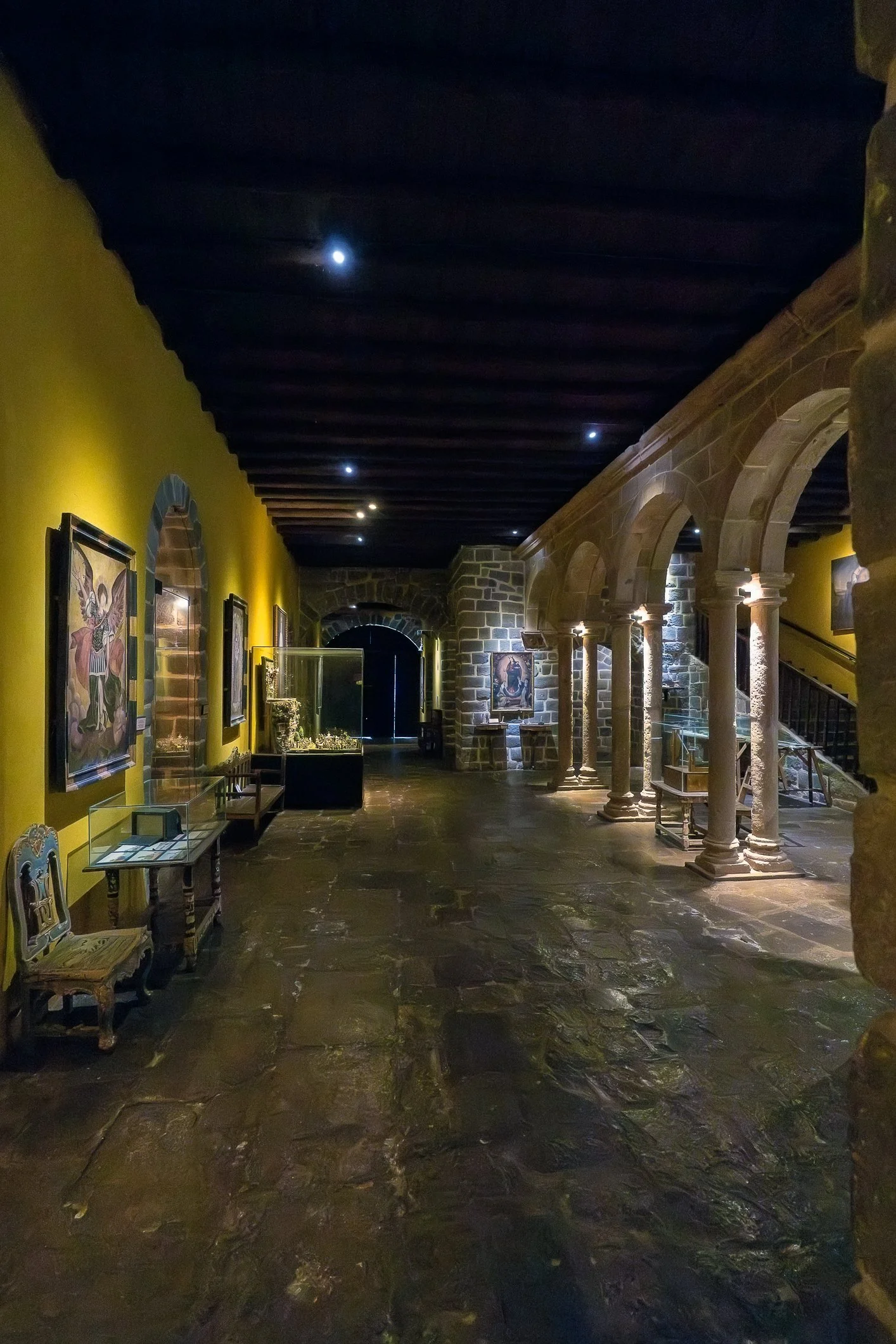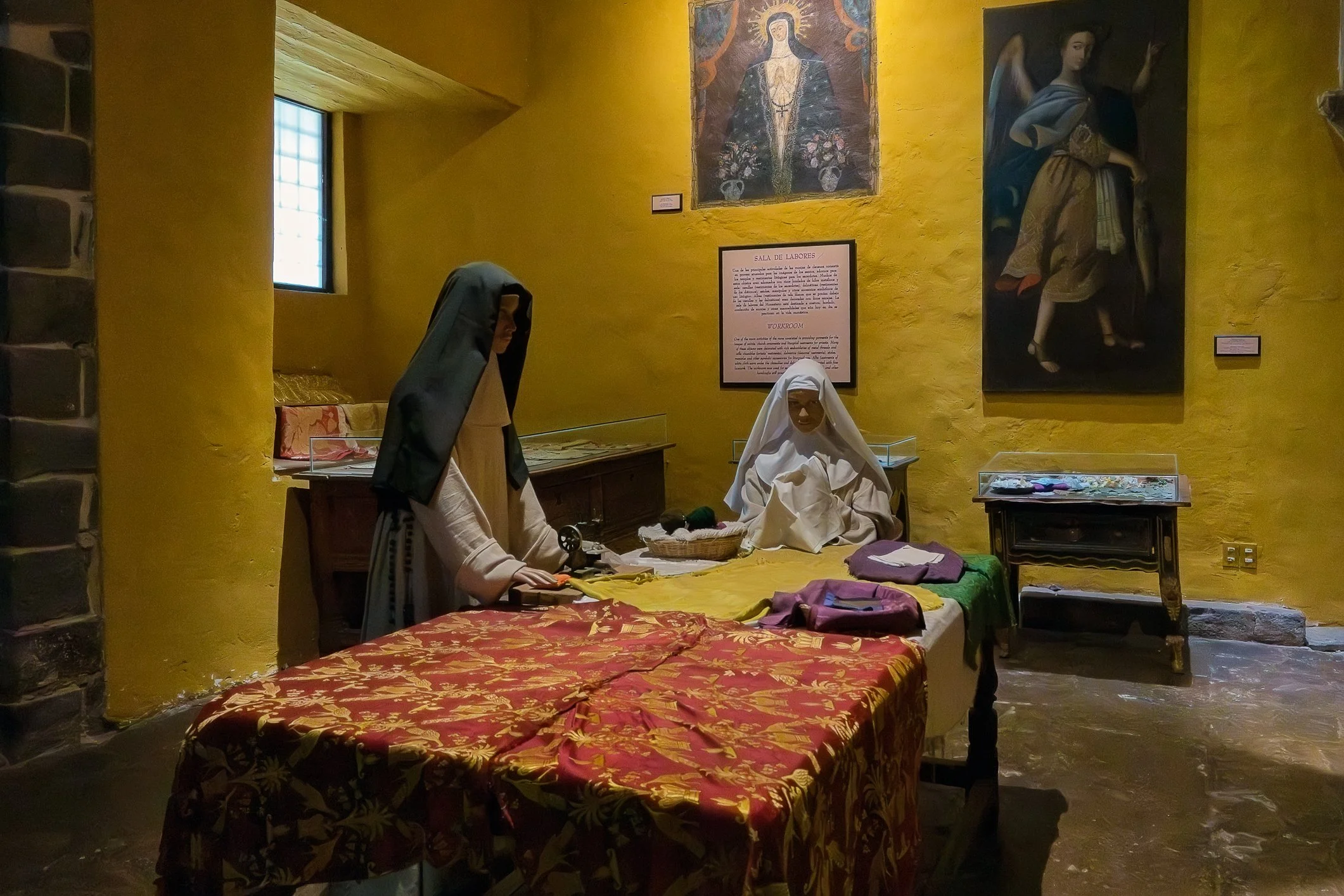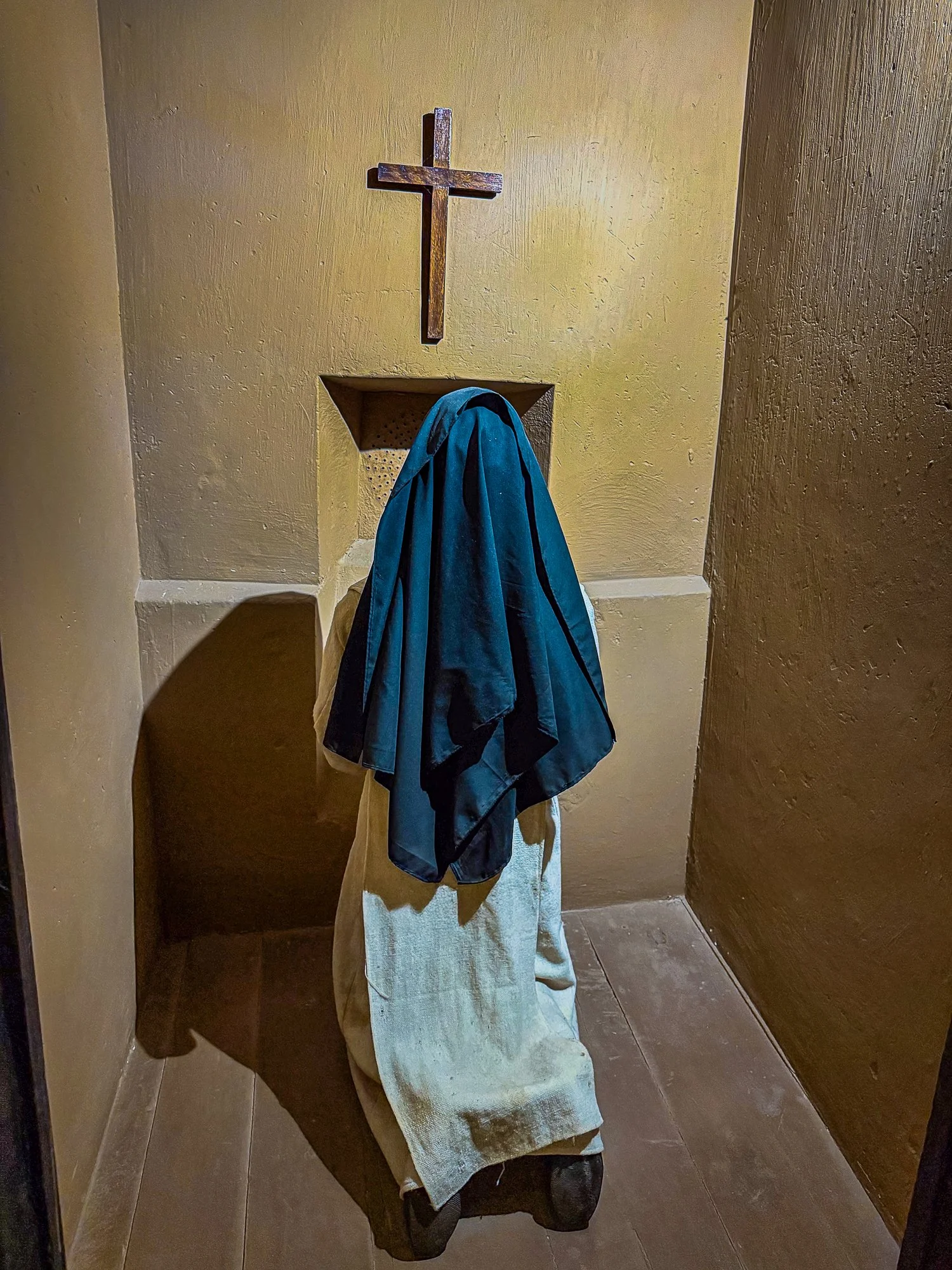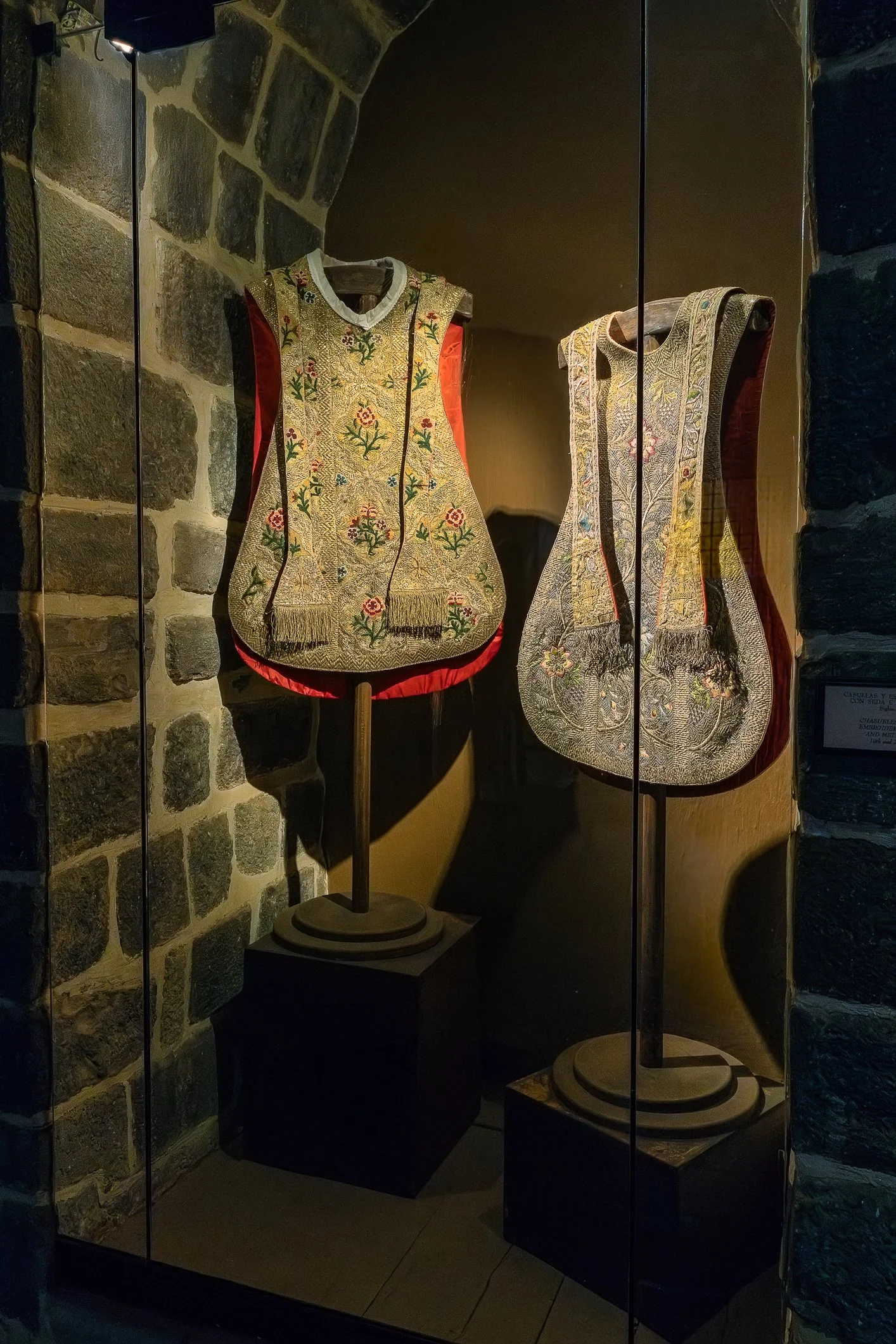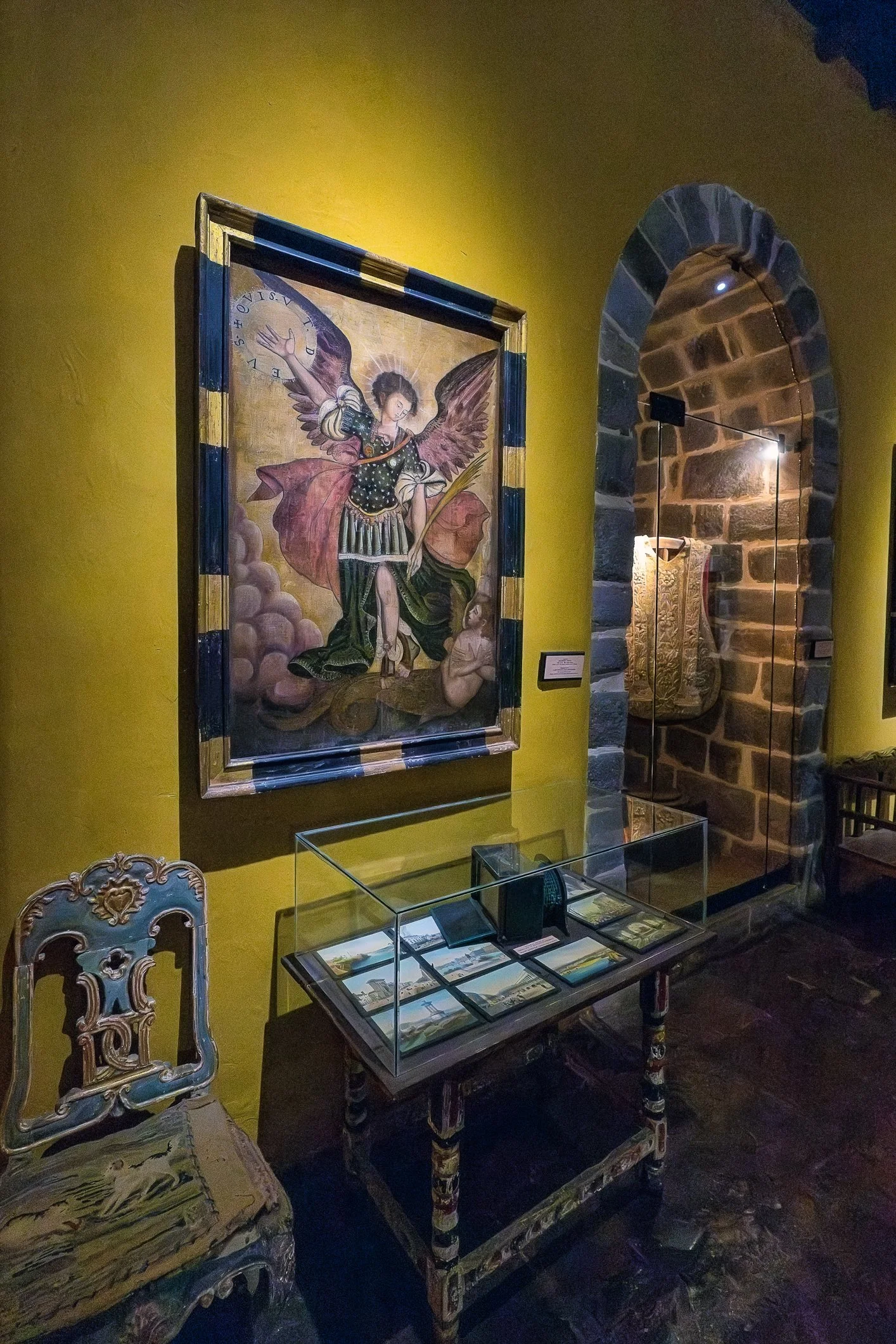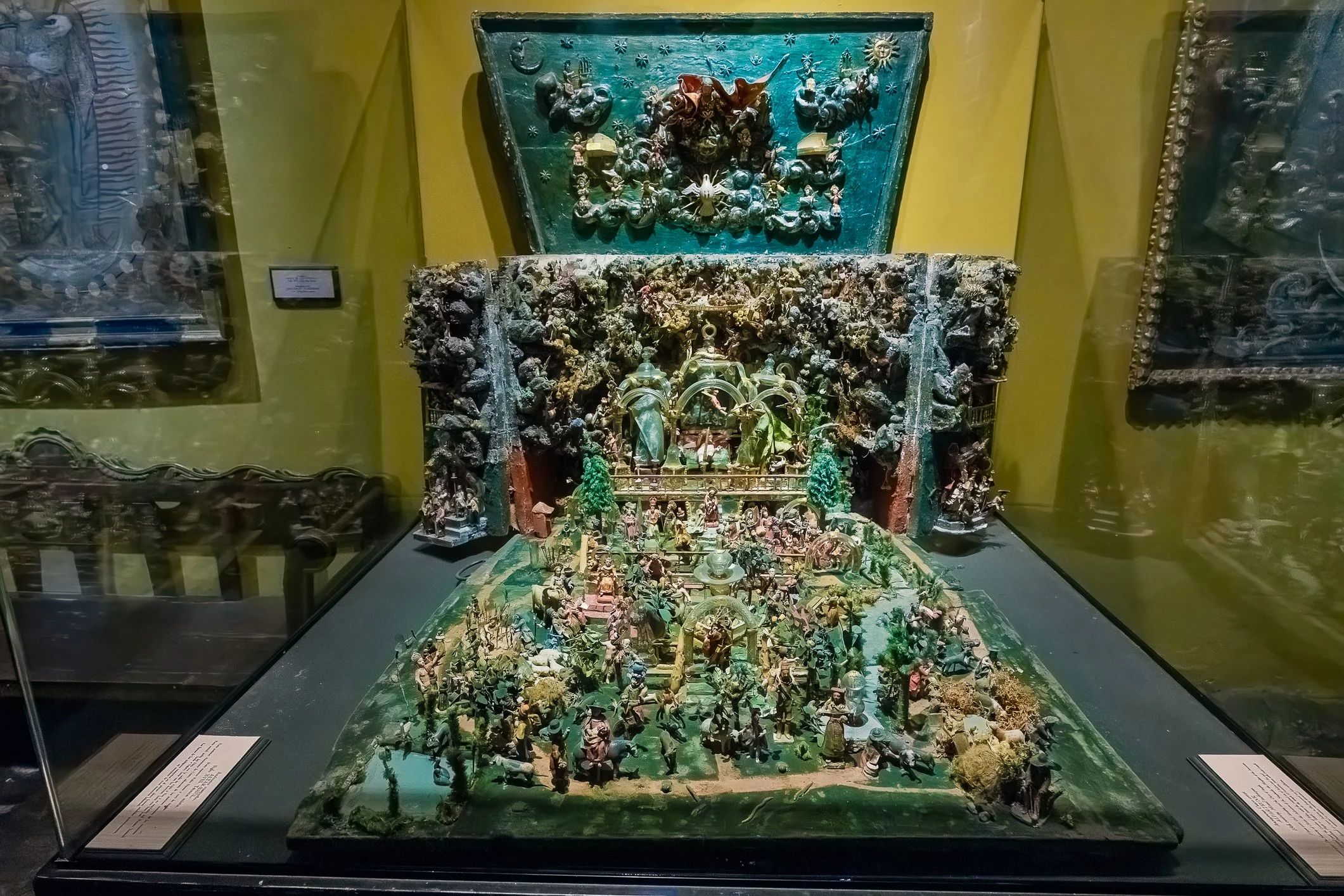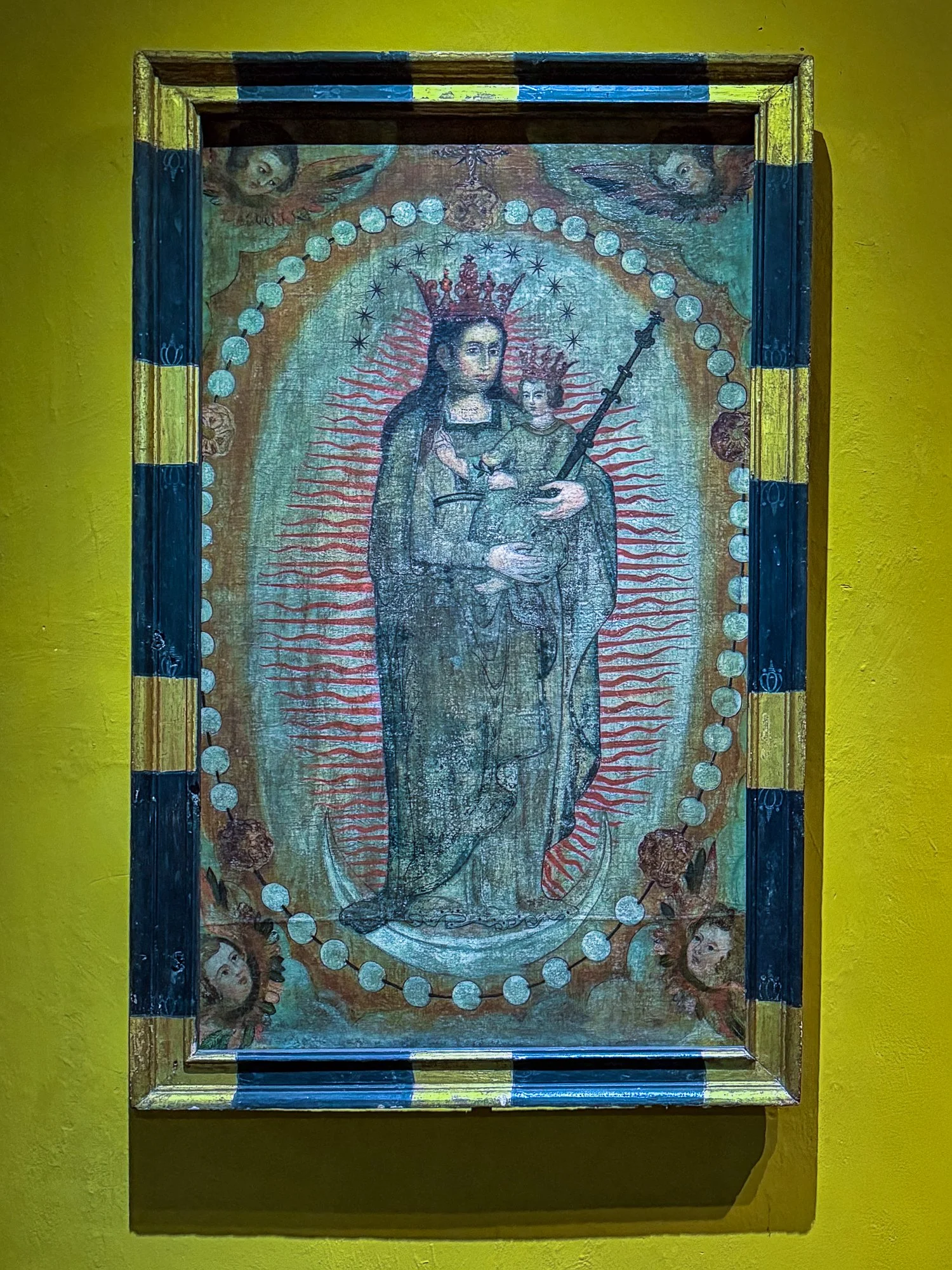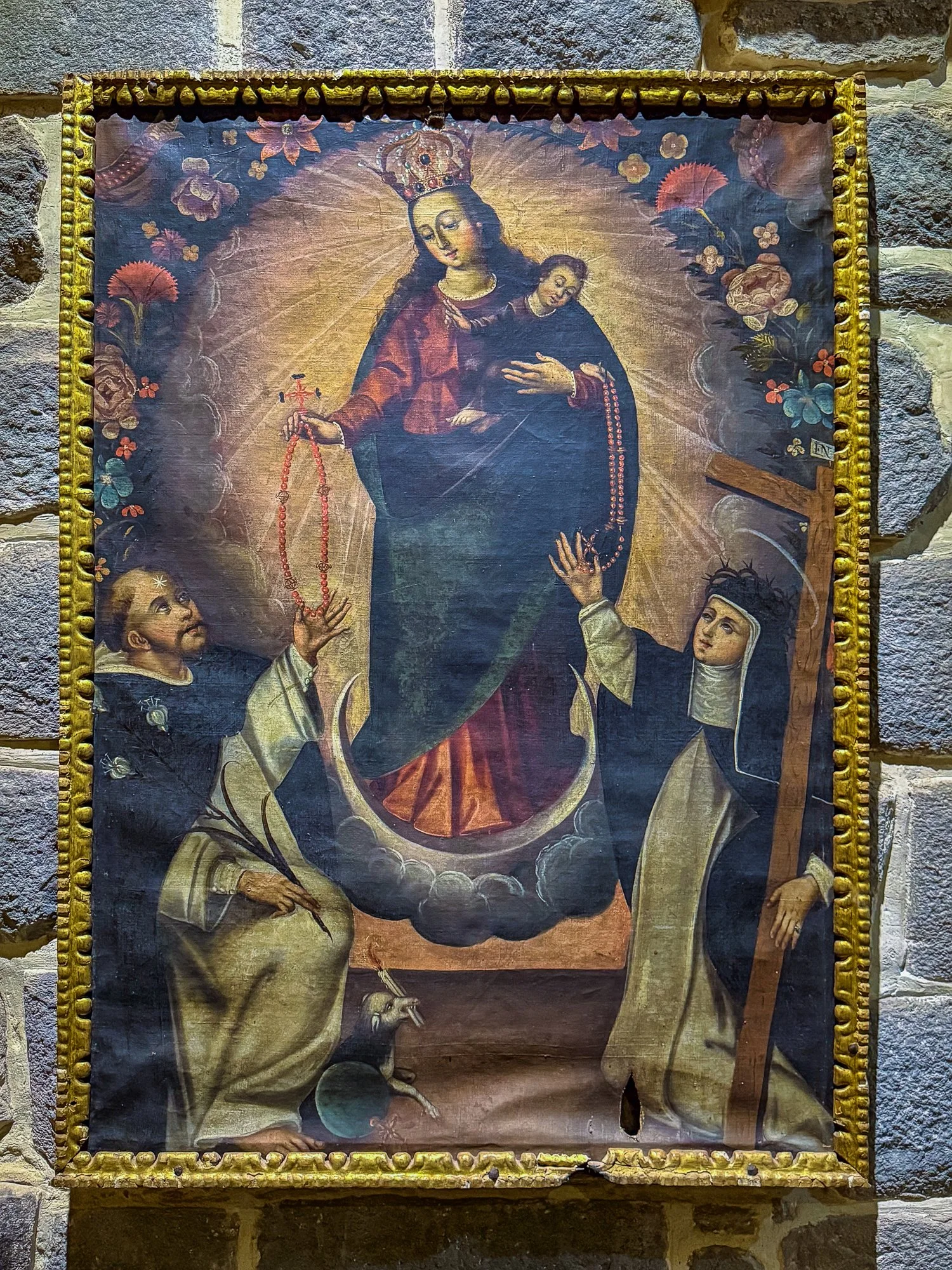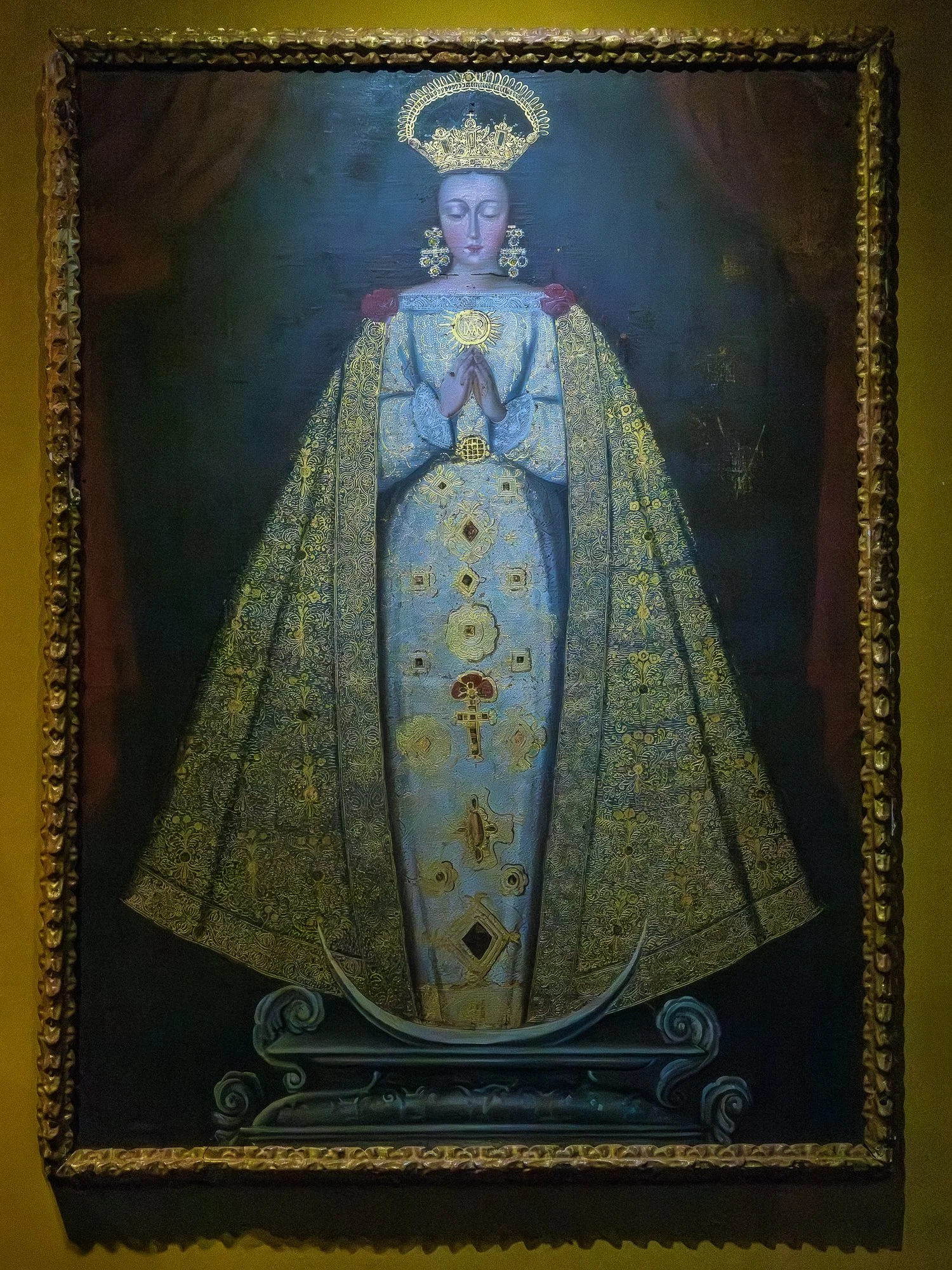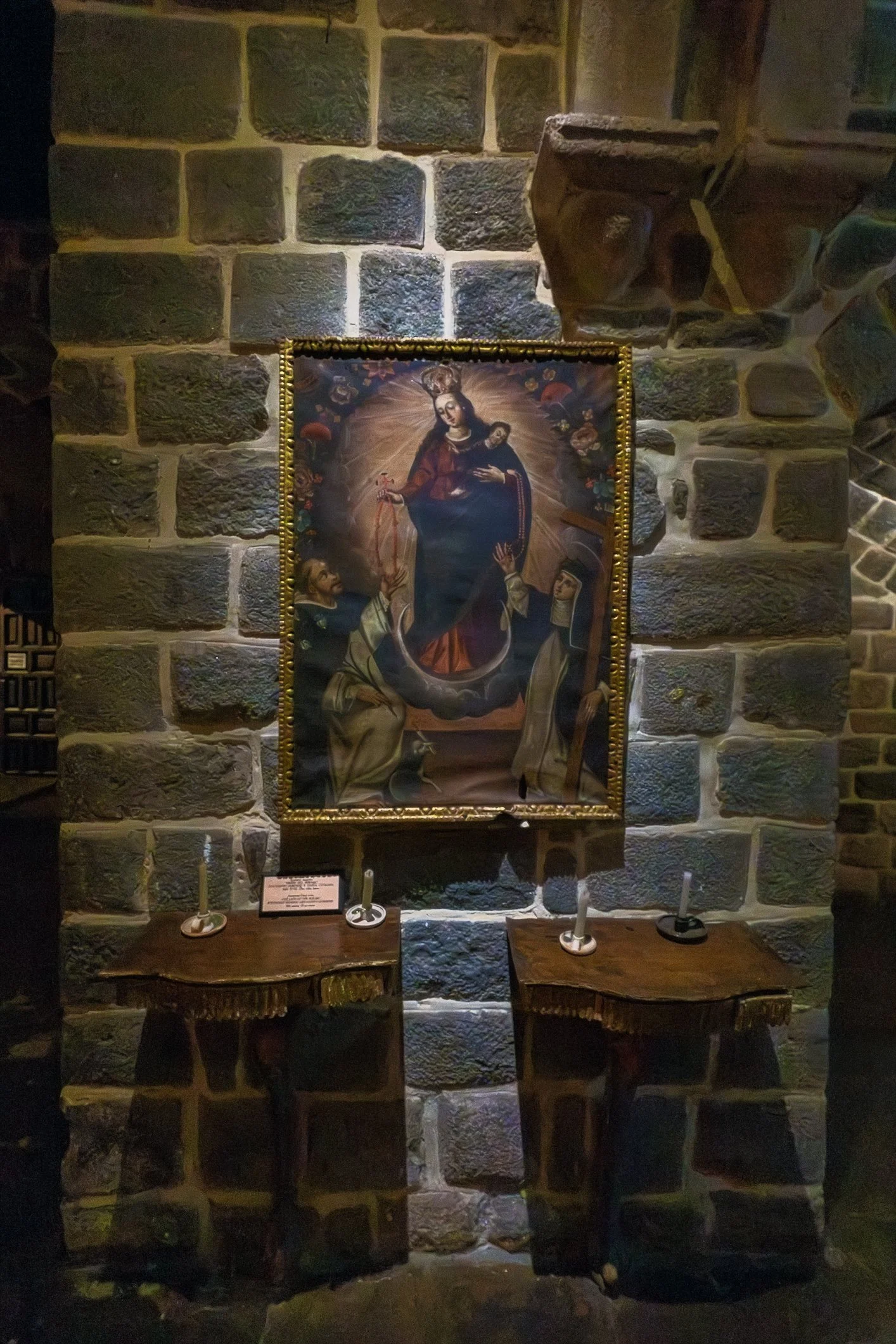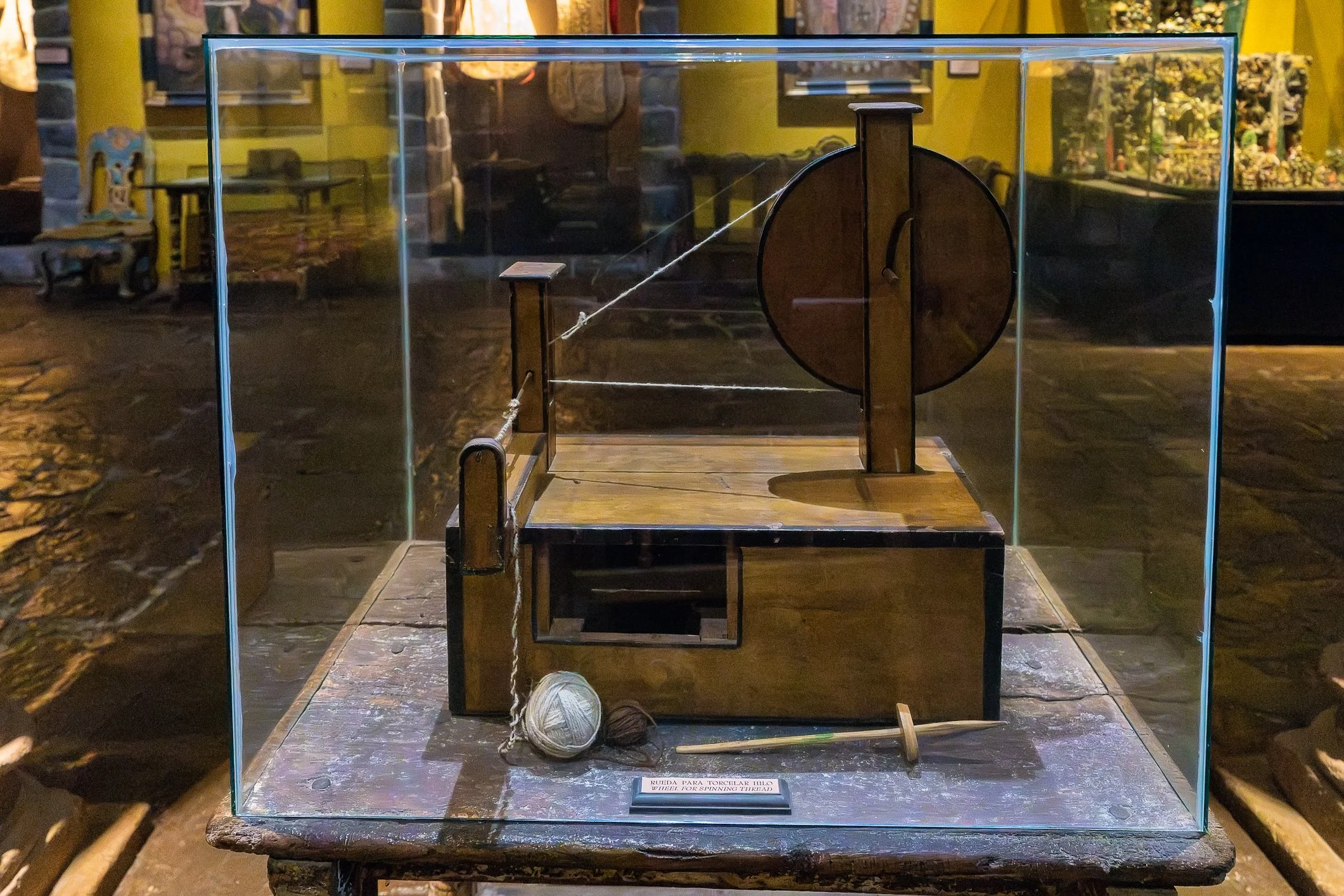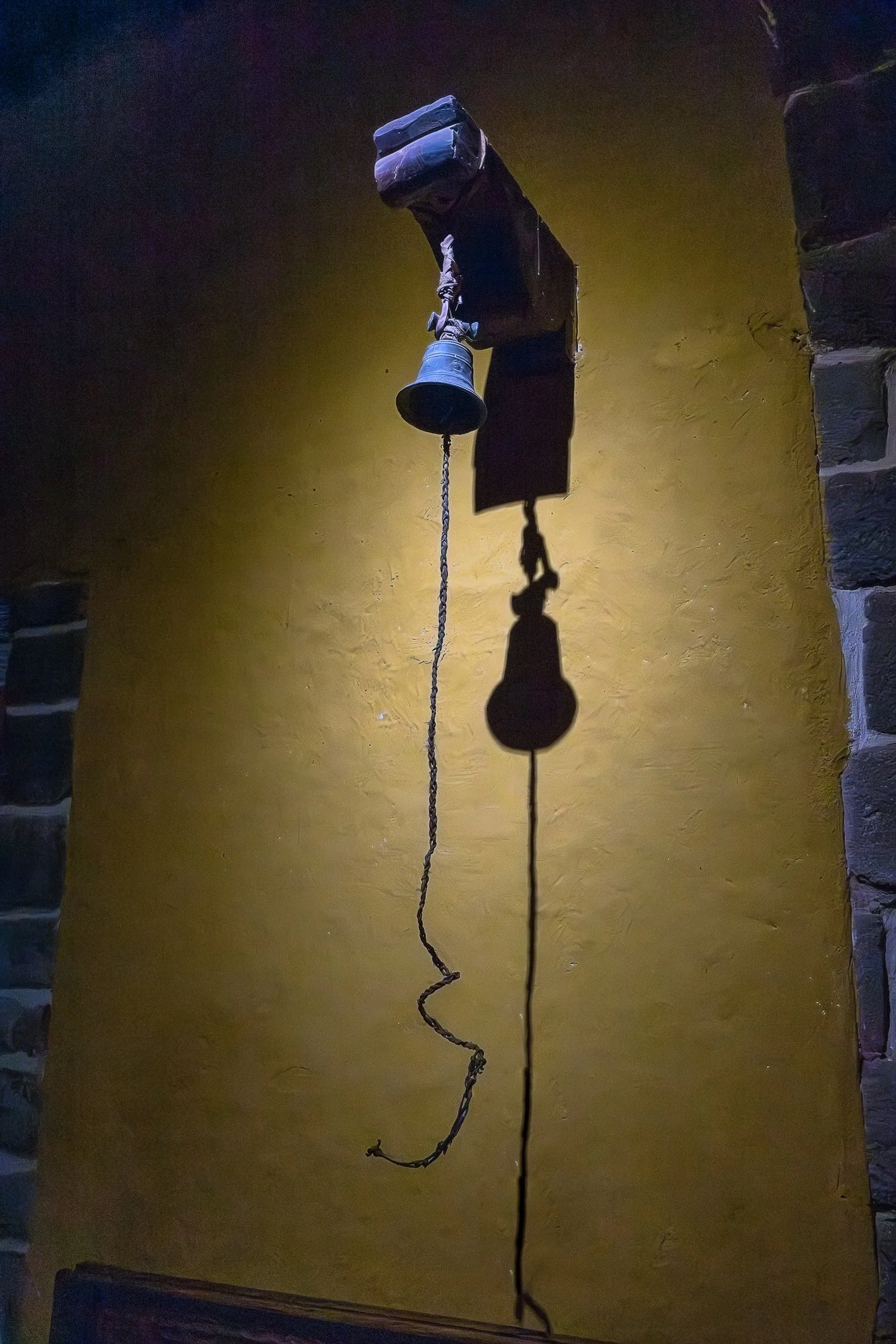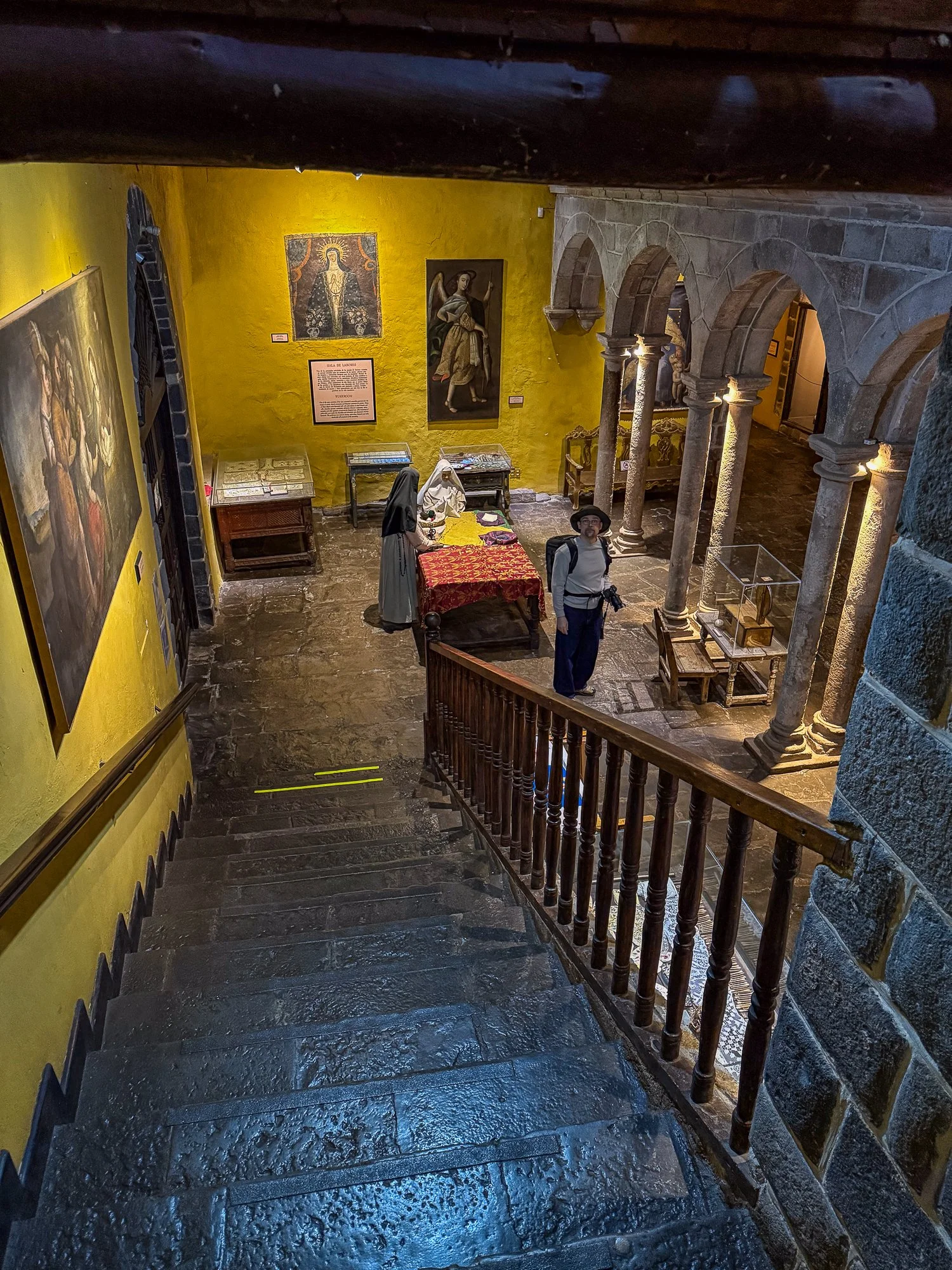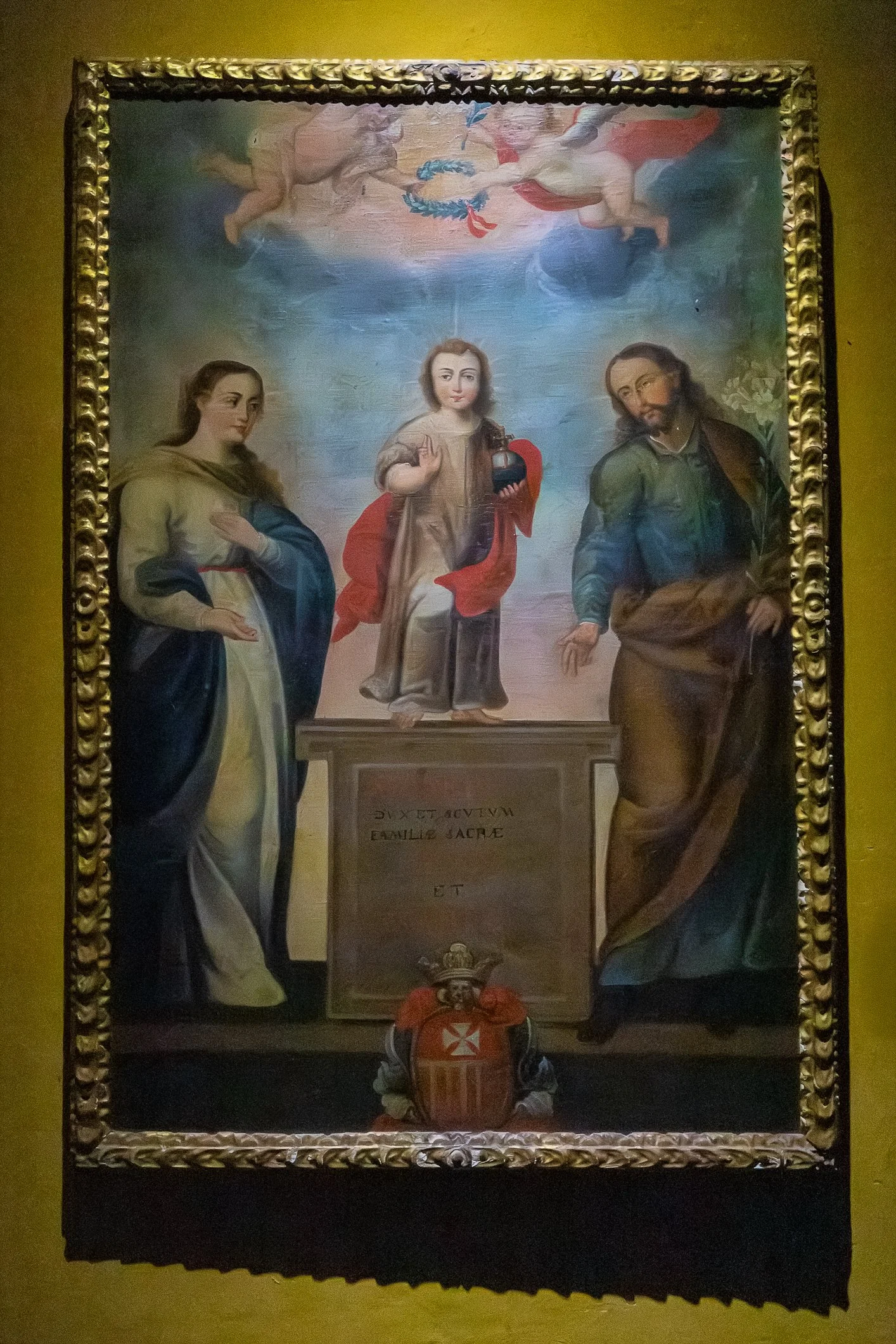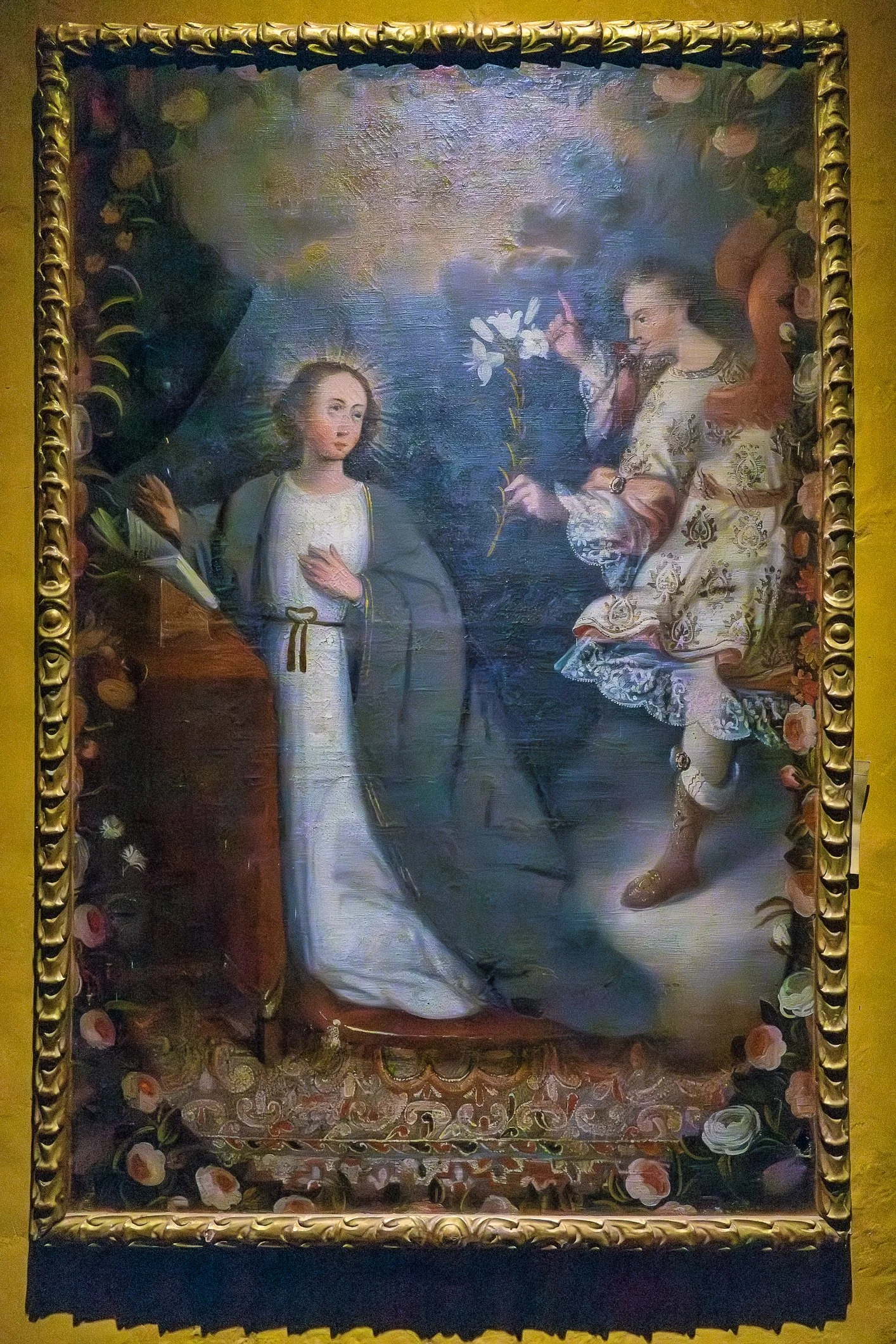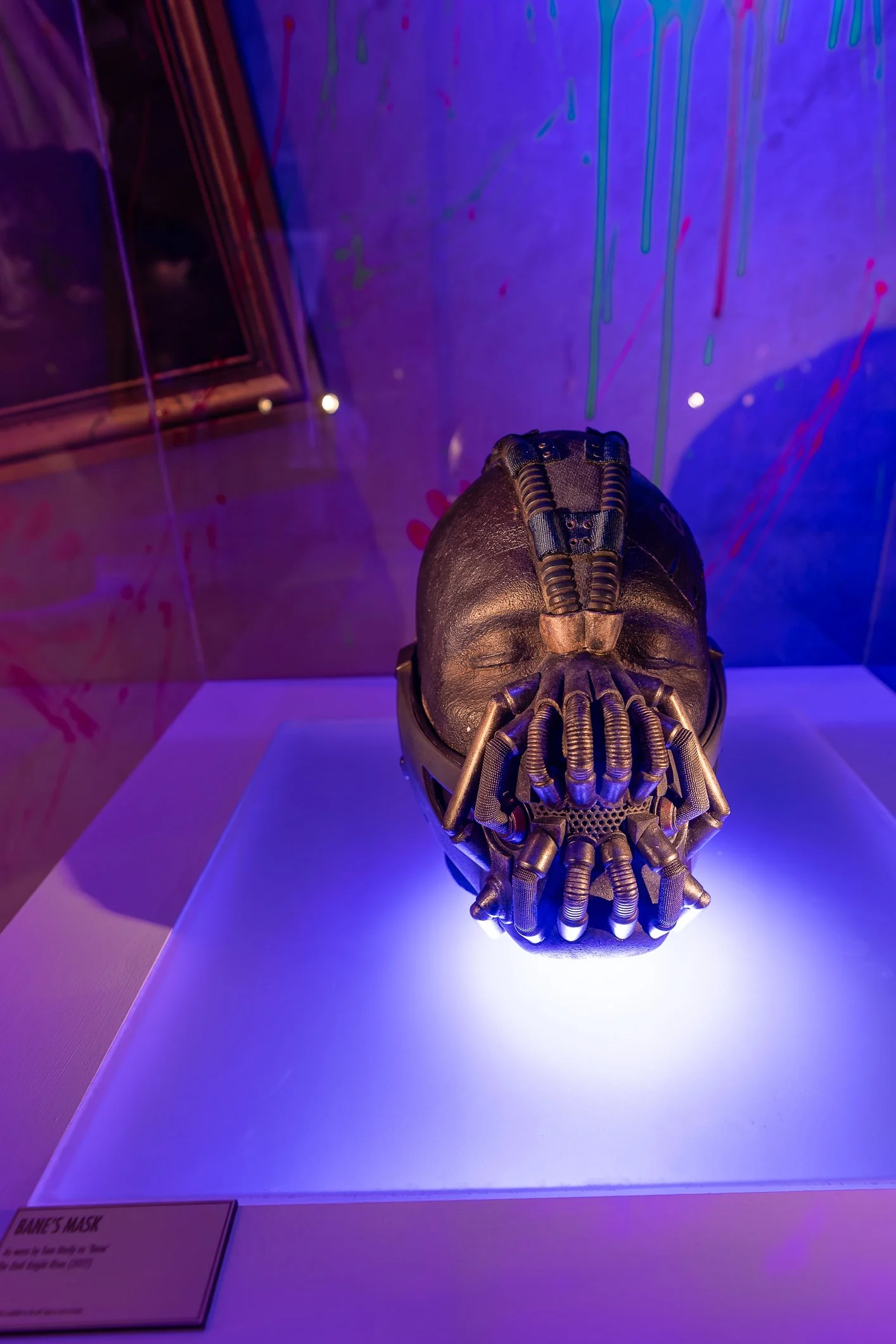The convent was built over the Inca ruins of the Acllahuasi, or House of the Chosen Women. It was a cloister for Inca princesses who worshipped the sun. The most beautiful noble women of the empire were confined here and dedicated themselves to the cult of the sun, textile work, and culinary arts. They wove garments for the Inca, prepared sanchu (ceremonial bread), and brewed aqcha (sacred chicha). These women were kept virgins and were responsible for keeping the Inti Raymi fire lit all year long. There were two categories of chosen women. Wives of the Sun who stayed there forever and Wives of the Inca who eventually were destined for marriage with noble men. All were supervised by the mamakunas, experienced women responsible for domestic and ceremonial duties. No man was allowed to see them, not even the Inca himself (apart from the Wives of the Inca at some point). Only the Coya, the Inca’s principal wife, and her daughters had that right. According to Inca law, if a man had relations with one of the chosen women (or even would just touch her), he was executed in a brutal way and often time his family was also penalised. The Accla herself was also killed, even if it was against her will, to remove the stain that offence could cause.
The Convento de Santa Catalina de Sena opened in 1601 as one of the first convents in the city. It was originally founded in Arequipa but soon moved to Cusco. The convent symbolized religious power and evangelization during the colonial era. After the conquest, the Spanish took possession of the site and donated the land to Dominican nuns to establish the Santa Catalina monastery. An earthquake in 1650 destroyed the original church and monastery. The construction of the current building began the following year and was completed in four years.
The museum housed here opened in 1975 and is dedicated to colonial and religious art. It features a splendid collection of paintings from the Escuela Cusqueña, as well as an impressive Renaissance altarpiece and several massive 17th-century tapestries. The collection includes some of the greatest works of Amerindian art, a blend of indigenous and Spanish styles. Among these are four paintings of the Señor de los Temblores, or Lord of the Earthquakes. In Cusqueña art, Christ is often depicted with downward-facing eyes, symbolizing the low social status of Andean people, who were once forbidden from looking Spaniards in the eye.
Klasztor został zbudowany na ruinach inkaskiego Acllahuasi, czyli Domu Wybranych Kobiet. Był to klasztor dla inkaskich księżniczek oddających cześć słońcu. Najpiękniejsze szlachetnie urodzone kobiety imperium były tu izolowane i poświęcały się kultowi słońca, tkactwu oraz sztuce kulinarnej. Tkały szaty dla Inki, przygotowywały sanchu (chleb rytualny) i warzyły aqcha (świętą chichę). Kobiety te zachowywały dziewictwo i były odpowiedzialne za podtrzymywanie ognia Inti Raymi przez cały rok. Istniały dwie kategorie wybranych kobiet: Żony Słońca, które pozostawały tam na zawsze, oraz Żony Inki, które ostatecznie były przeznaczone do małżeństwa z ważnymi mężczyznami. Wszystkie były nadzorowane przez mamakunas – doświadczone kobiety odpowiedzialne za obowiązki domowe i ceremonie religijne. Żaden mężczyzna nie miał prawa ich oglądać – nawet sam Inka (z wyjątkiem Żon Inki na odpowiednim etapie). Tylko Coya – główna żona Inki – oraz jej córki miały do tego prawo. Zgodnie z prawem Inków, jeśli mężczyzna miał stosunki z jedną z wybranych kobiet (lub nawet tylko jej dotknął), był on skazywany na brutalną śmierć, a często karano również jego rodzinę. Sama Accla również traciła życie, nawet jeśli doszło do tego kontaktu wbrew jej woli – by usunąć hańbę dla Słońca, jaką mogło przynieść to wykroczenie.
Klasztor św. Katarzyny Sieneńskiej został otwarty w 1601 roku jako jeden z pierwszych klasztorów w mieście. Początkowo założony w Arequipie, szybko został przeniesiony do Cuzco. Klasztor symbolizował władzę religijną i ewangelizację w epoce kolonialnej. Po podboju obszaru Hiszpanie przejęli to miejsce i przekazali ziemię siostrom dominikankom. Trzęsienie ziemi w 1650 roku zniszczyło pierwotne zabudowania. Budowę obecnego obiektu rozpoczęto w następnym roku i ukończono ją w ciągu czterech lat.
Muzeum, które znajduje się na terenie klasztoru, zostało otwarte w 1975 roku i poświęcone jest sztuce kolonialnej i religijnej. Zawiera wspaniałą kolekcję obrazów ze Szkoły Cuzqueña, imponujący renesansowy ołtarz oraz kilka dużych gobelinów z XVII wieku. Kolekcja obejmuje niektóre z największych dzieł sztuki będącej połączeniem stylu rdzennego i hiszpańskiego. Wśród nich znajdują się cztery obrazy przedstawiające Señor de los Temblores – Pana Trzęsień Ziemi. W sztuce Cuzqueña Chrystus często ukazywany jest z oczami skierowanymi ku dołowi, co symbolizuje niski status społeczny ludności andyjskiej, która niegdyś miała zakaz patrzenia Hiszpanom w oczy.























































